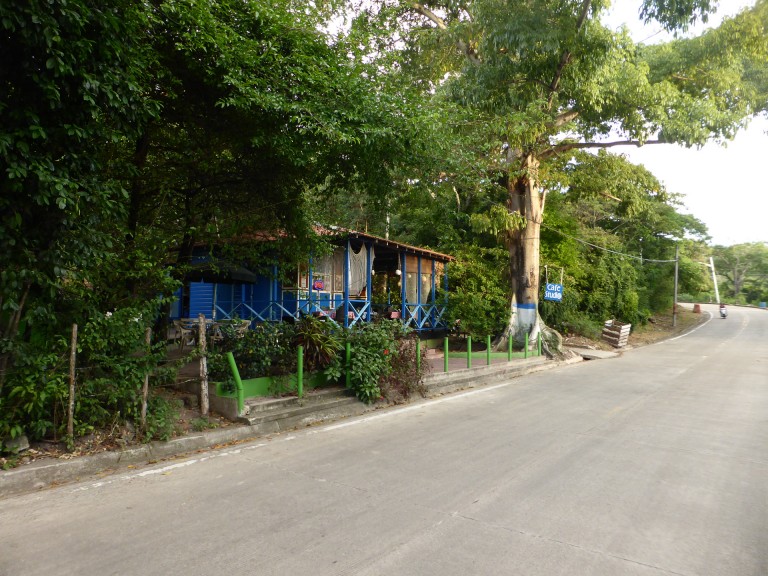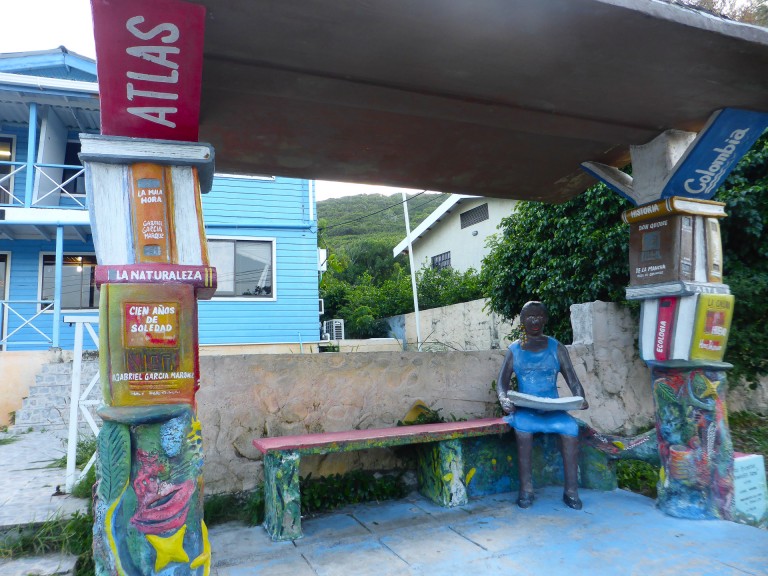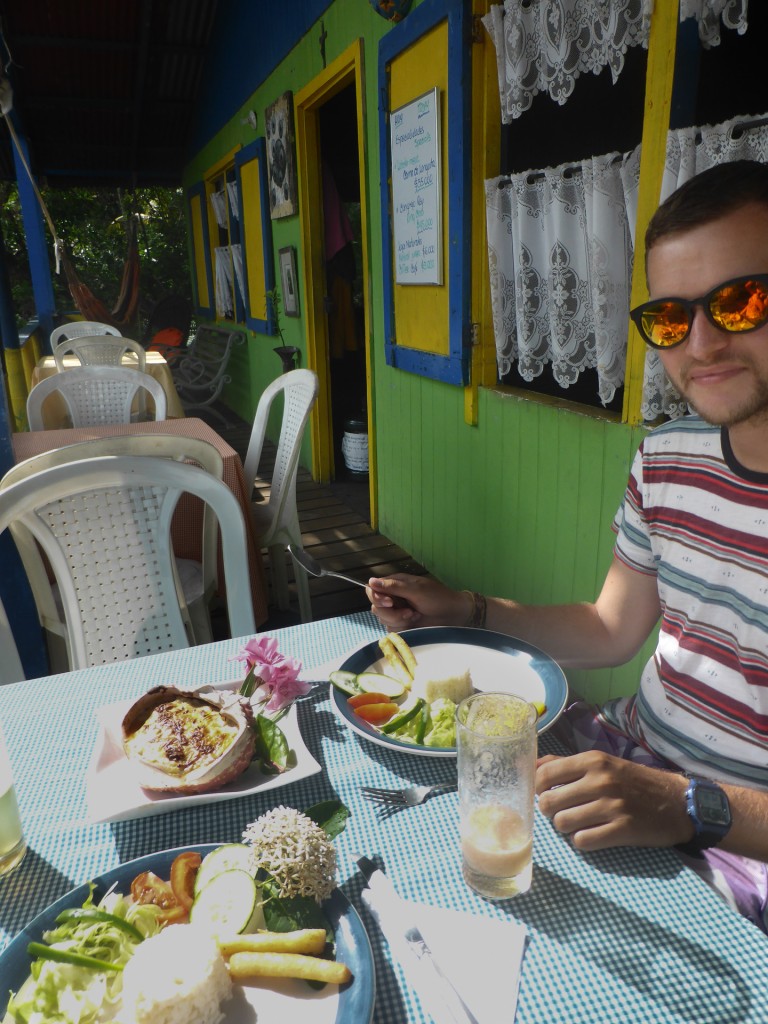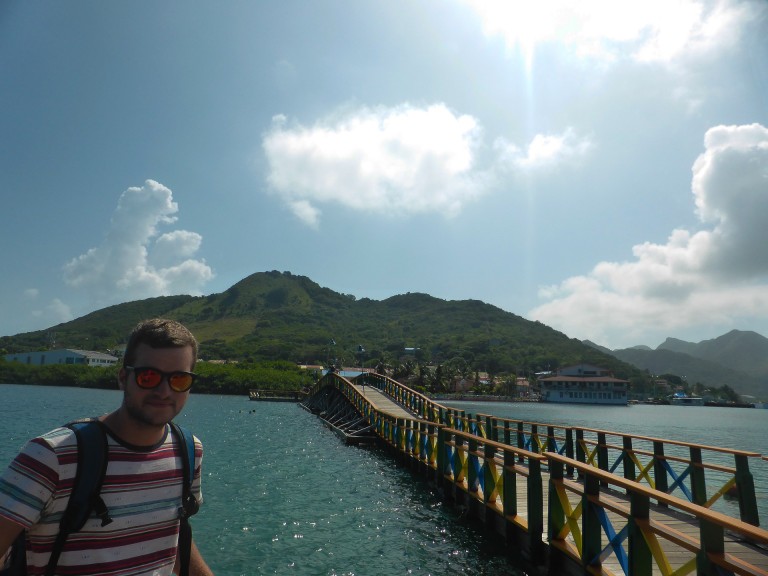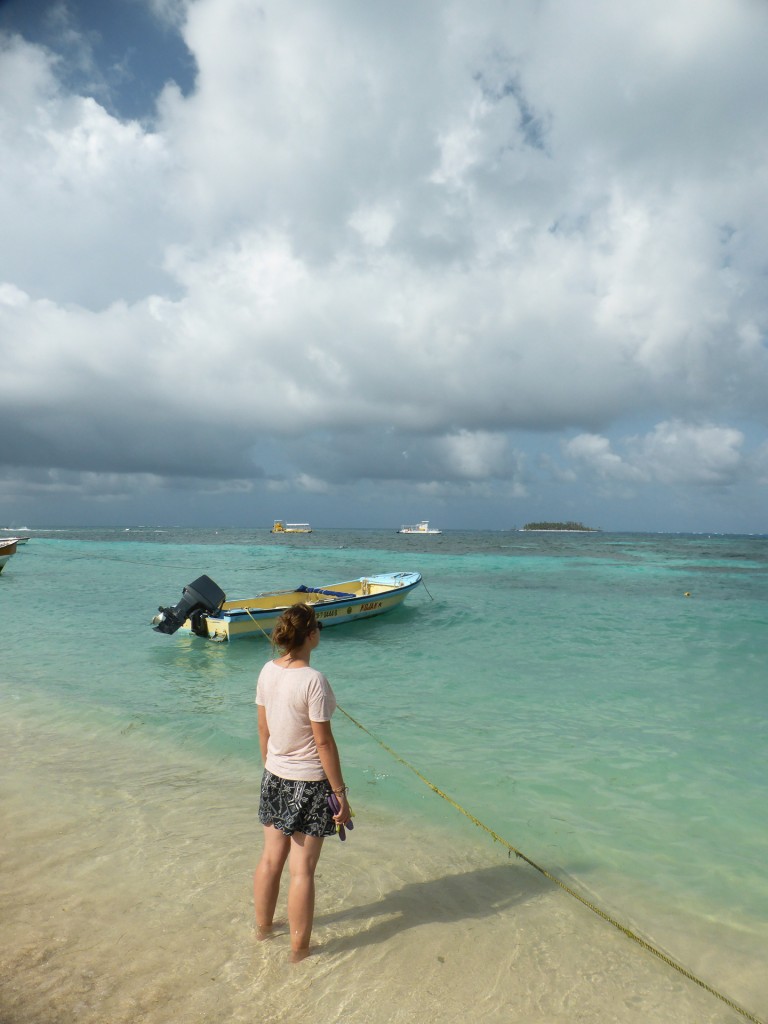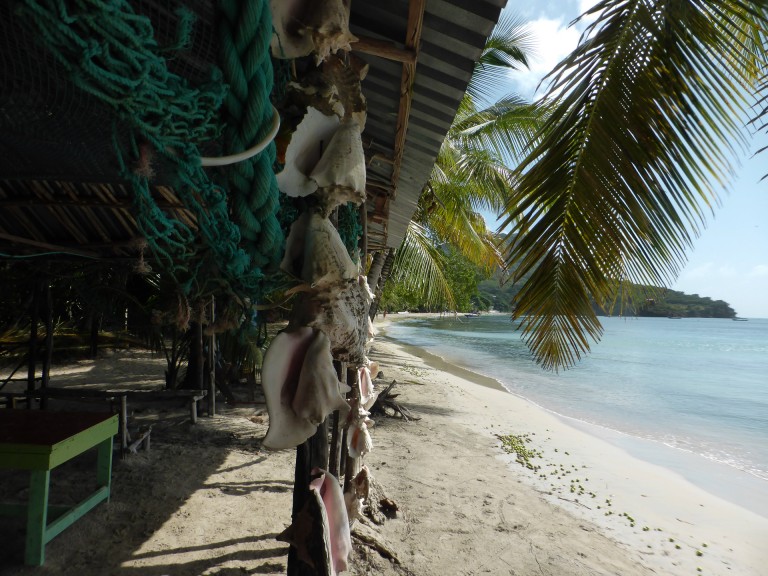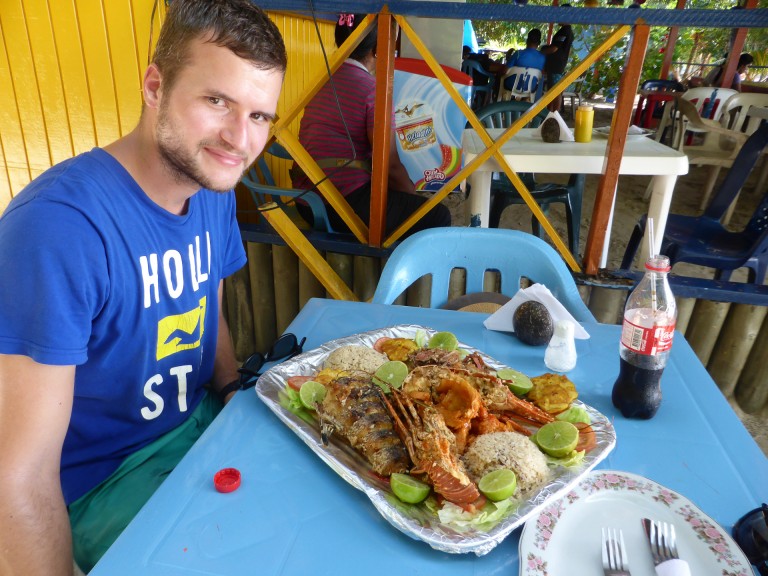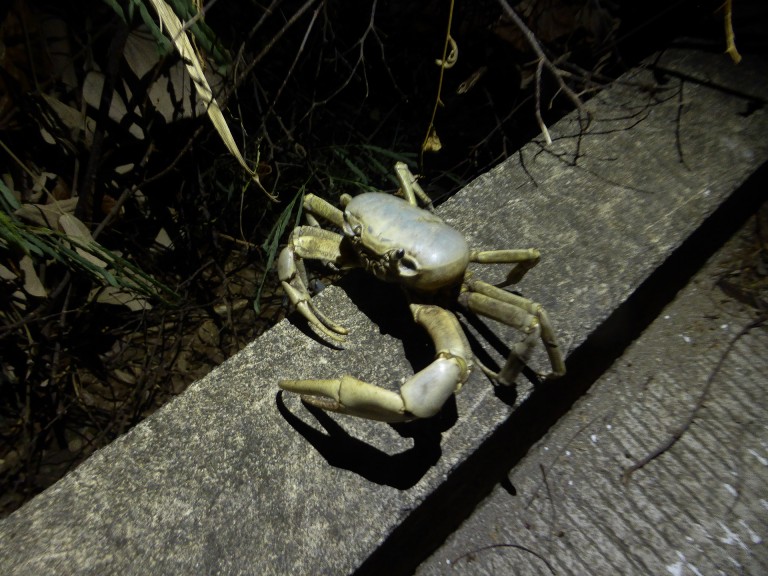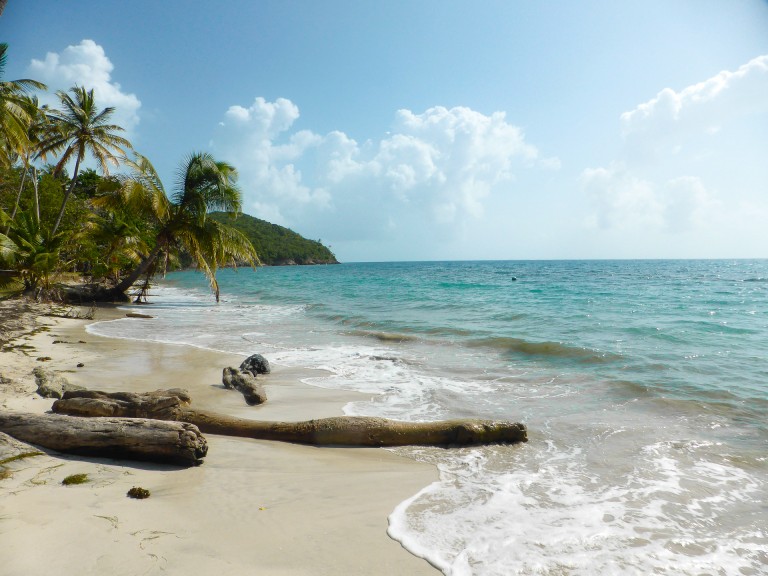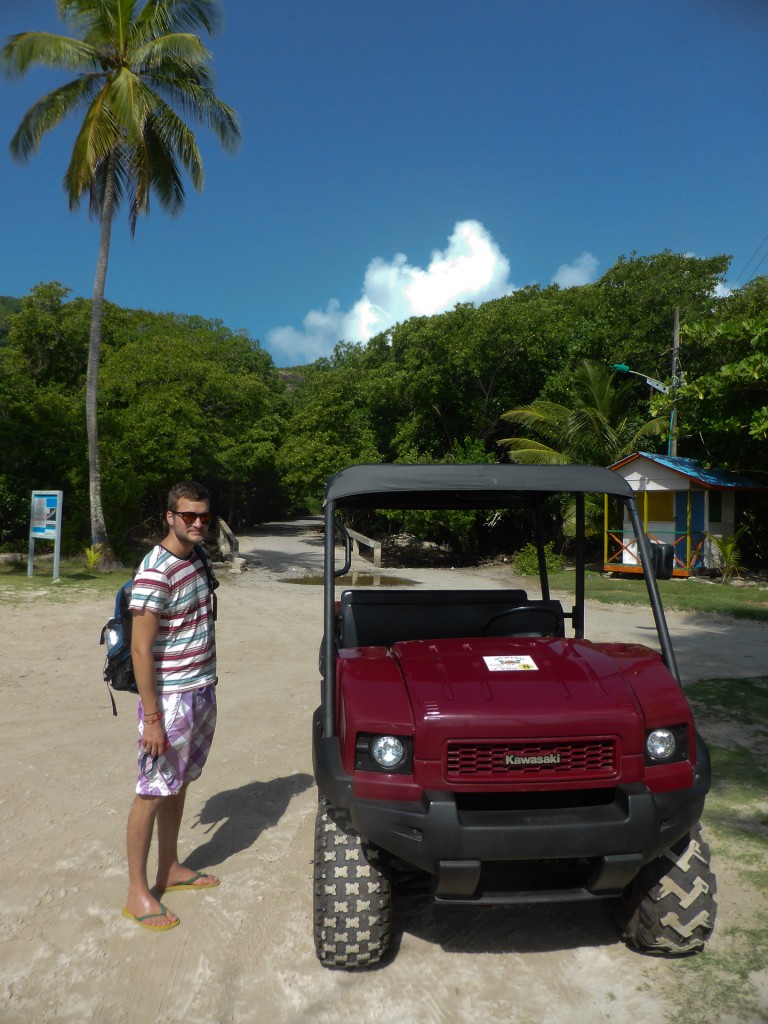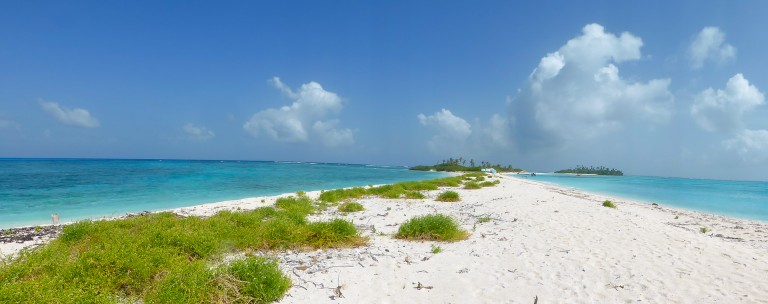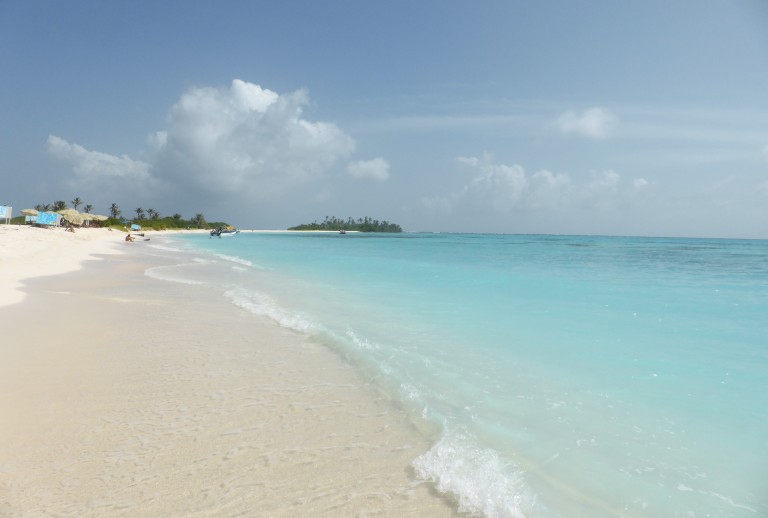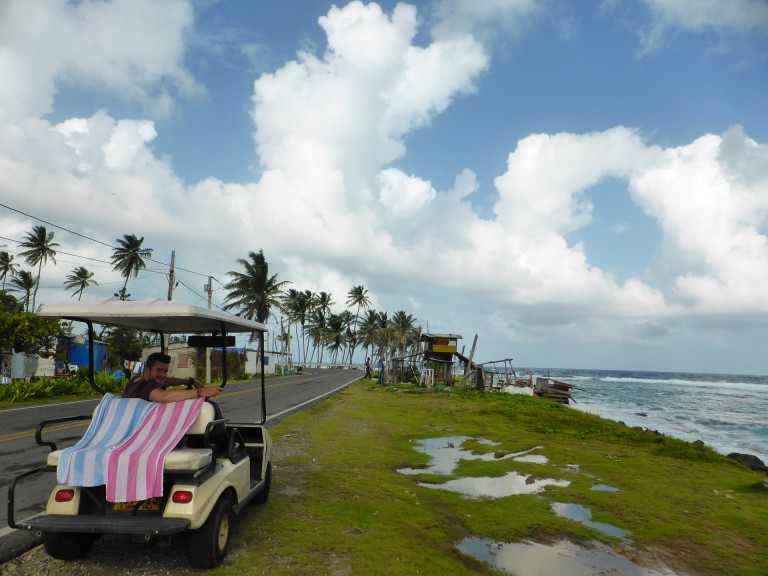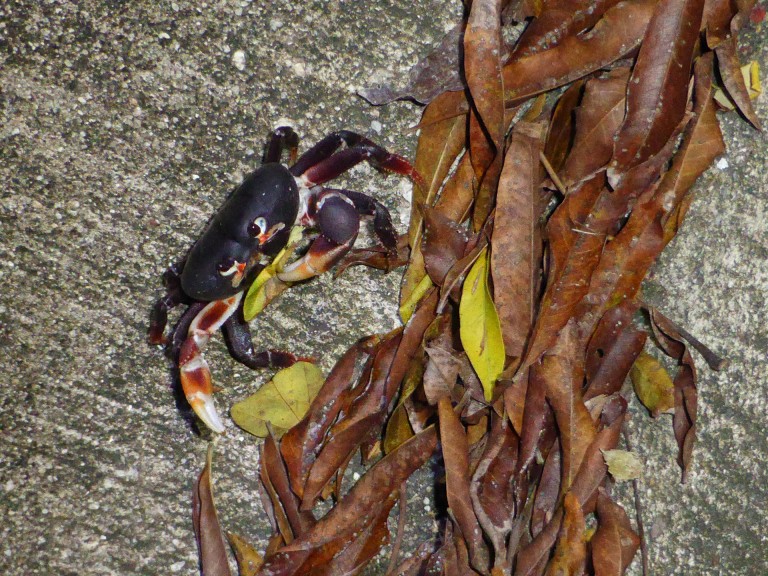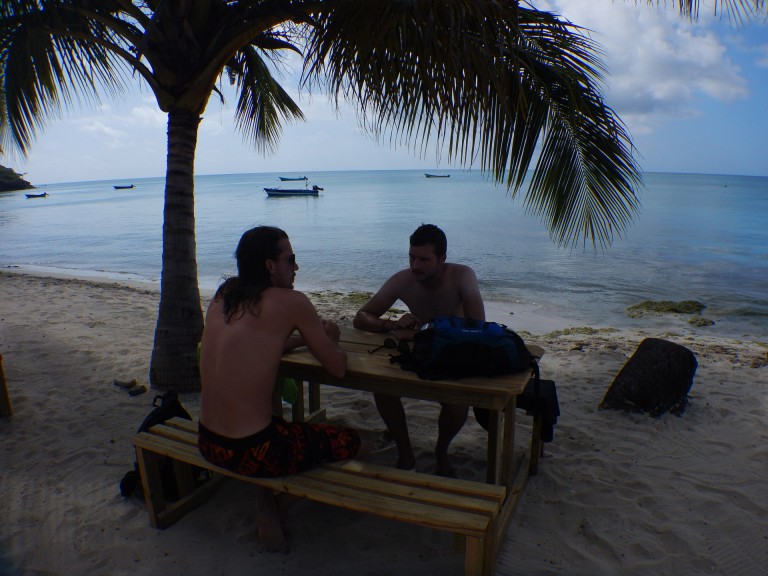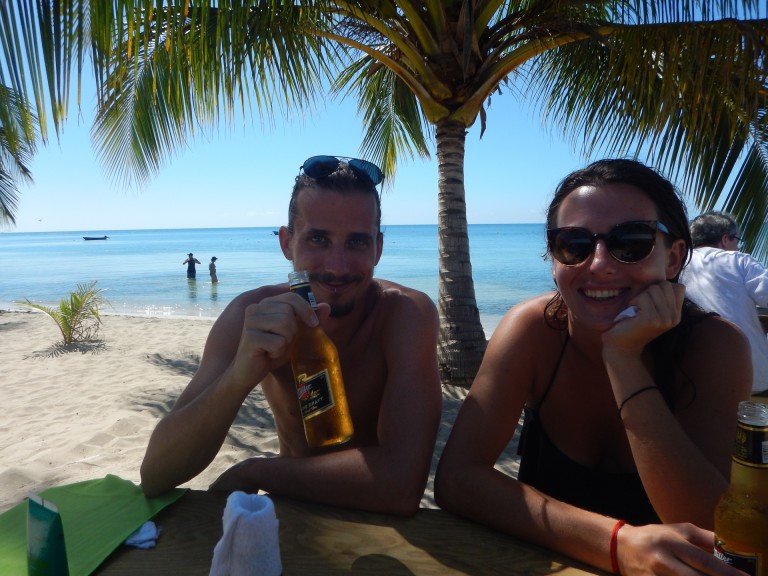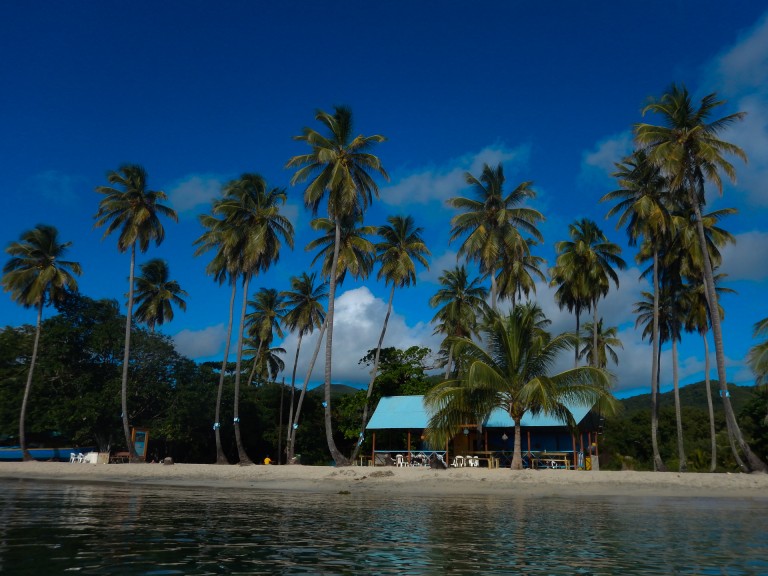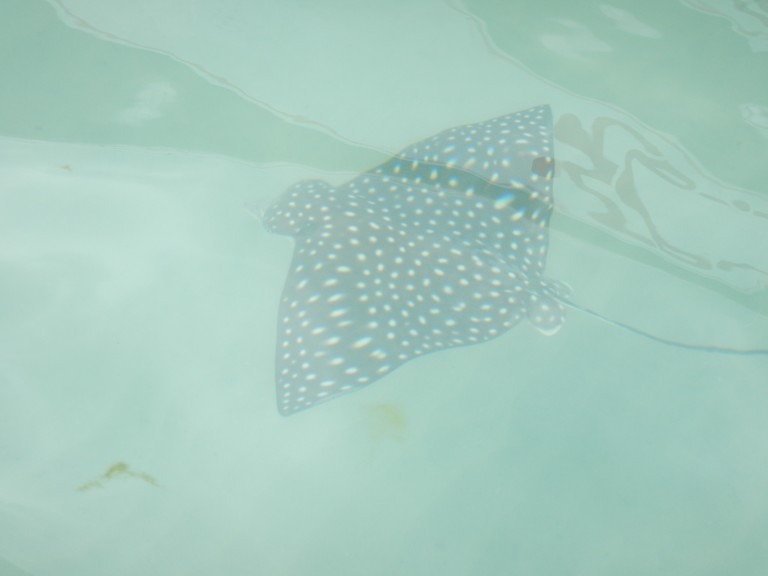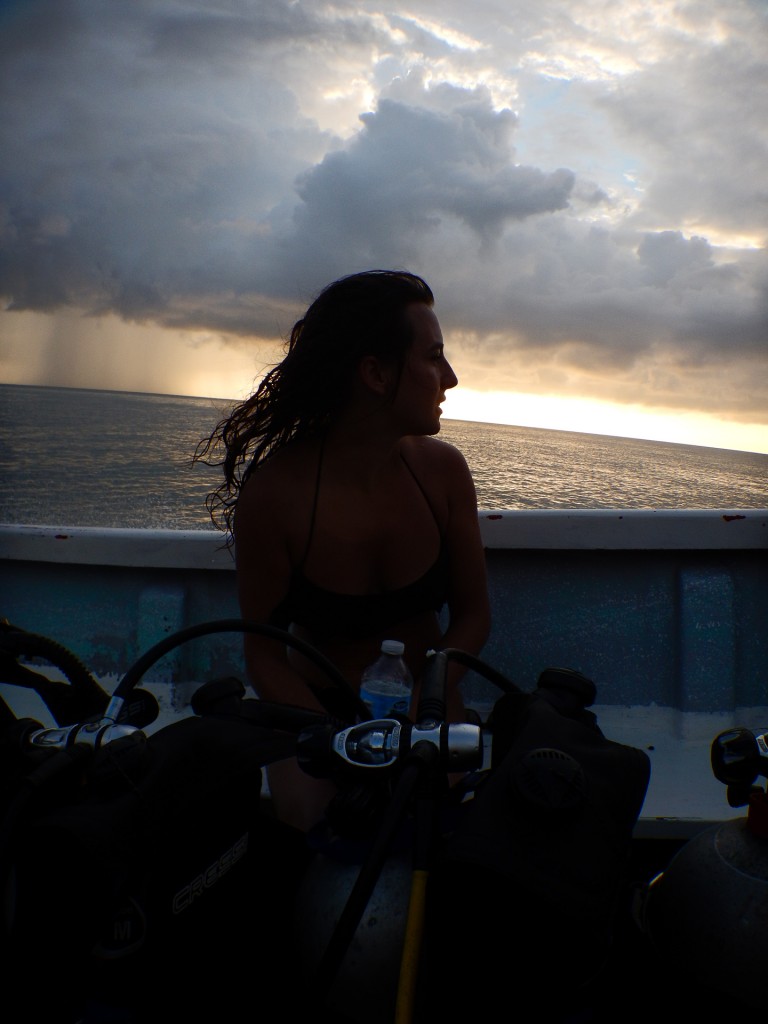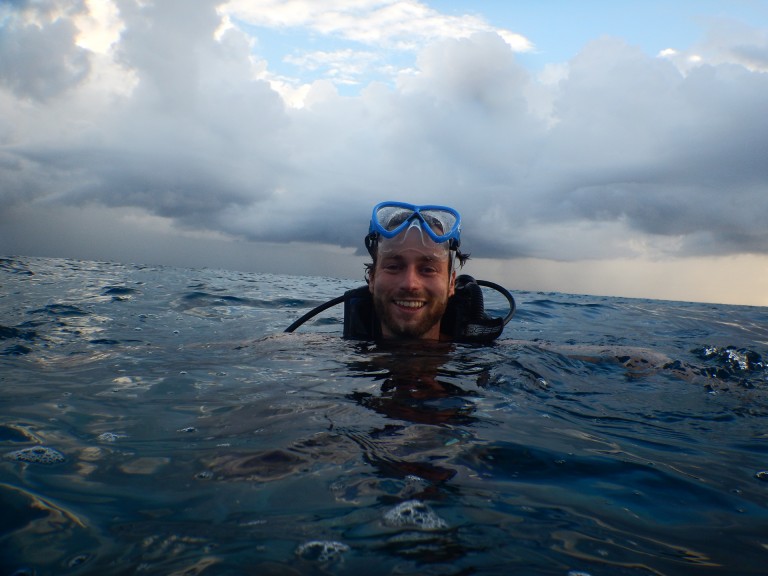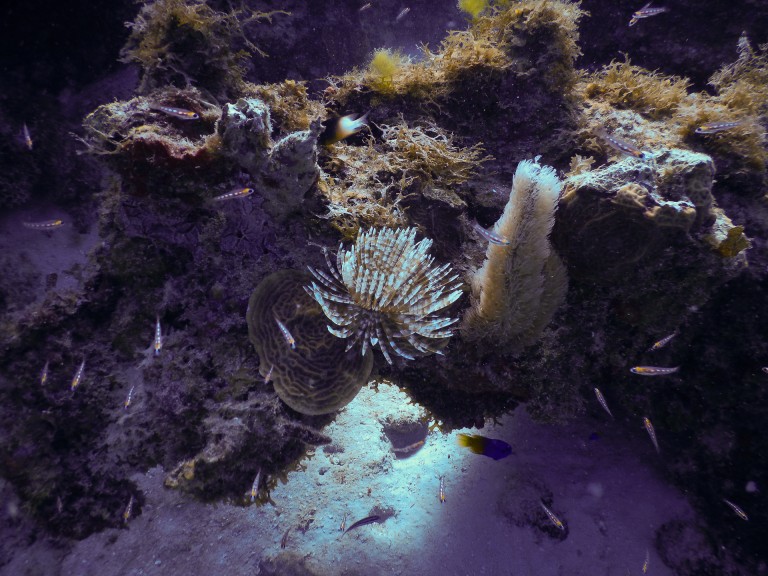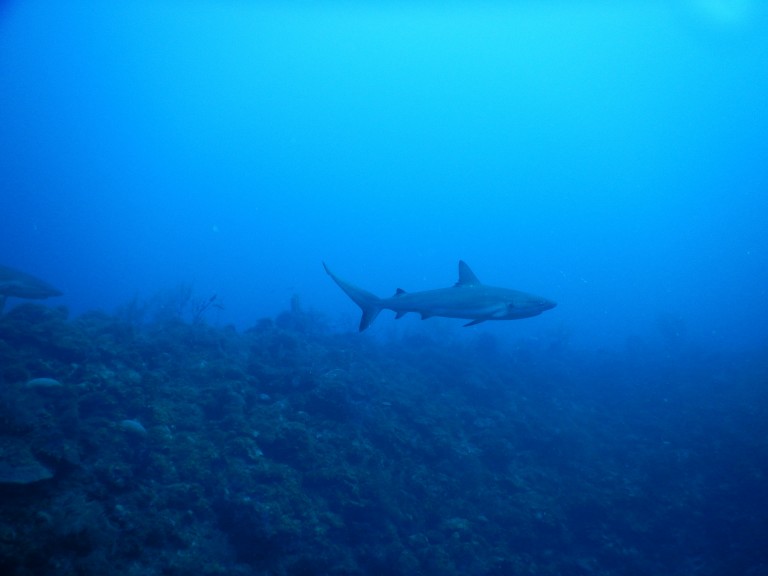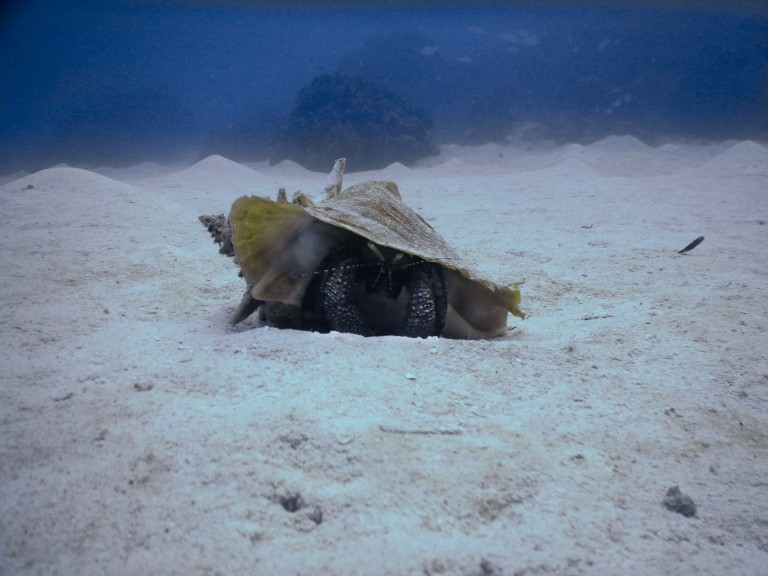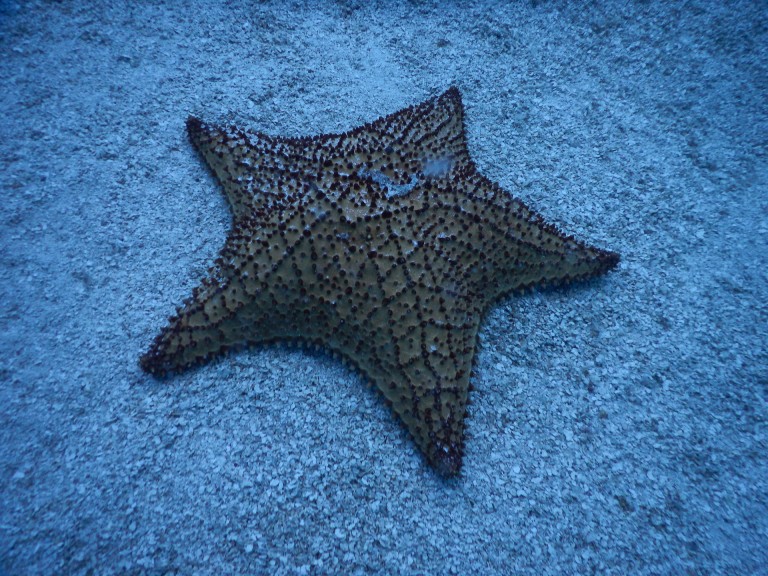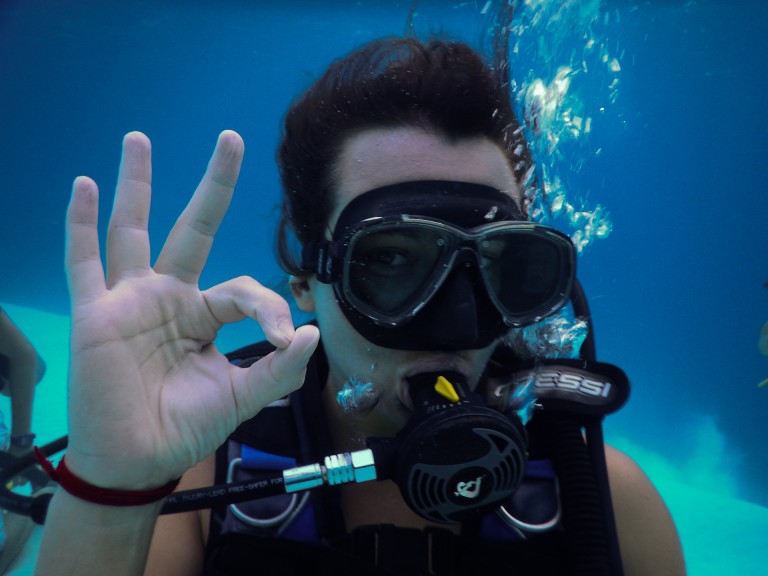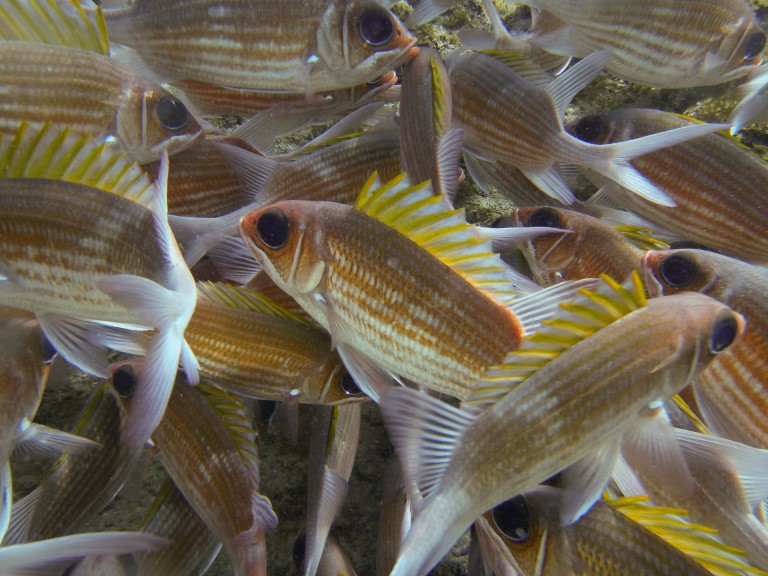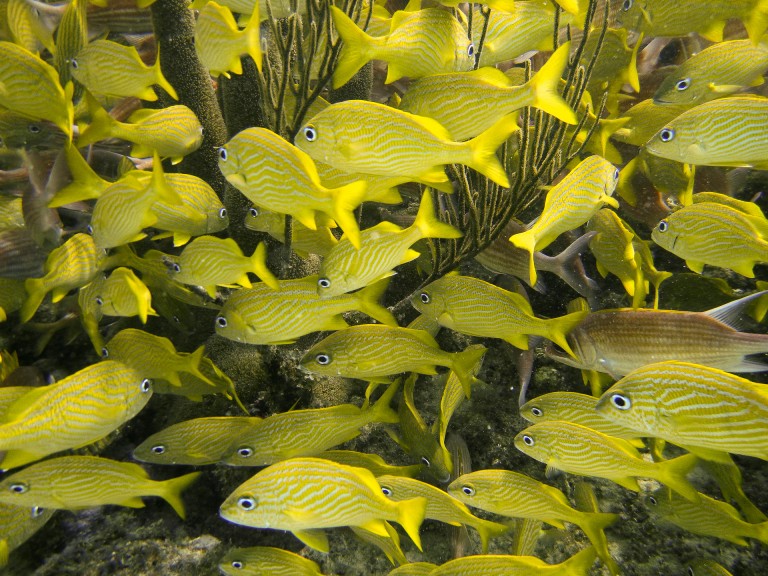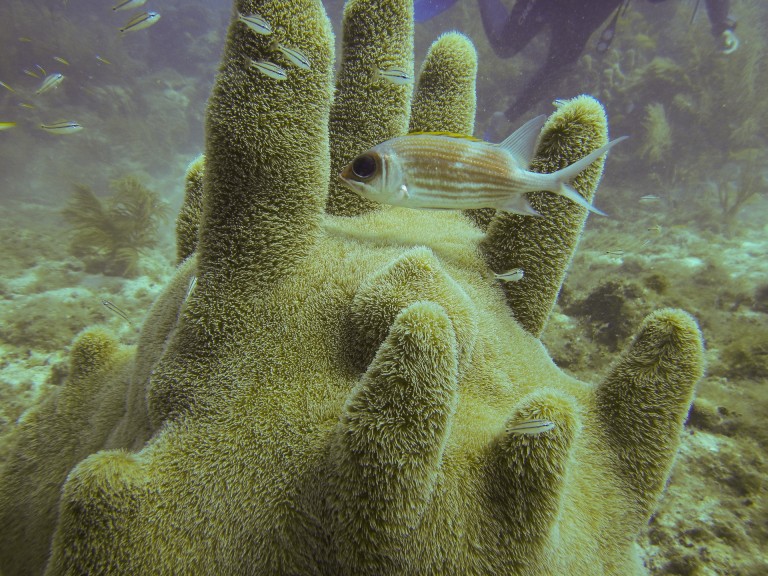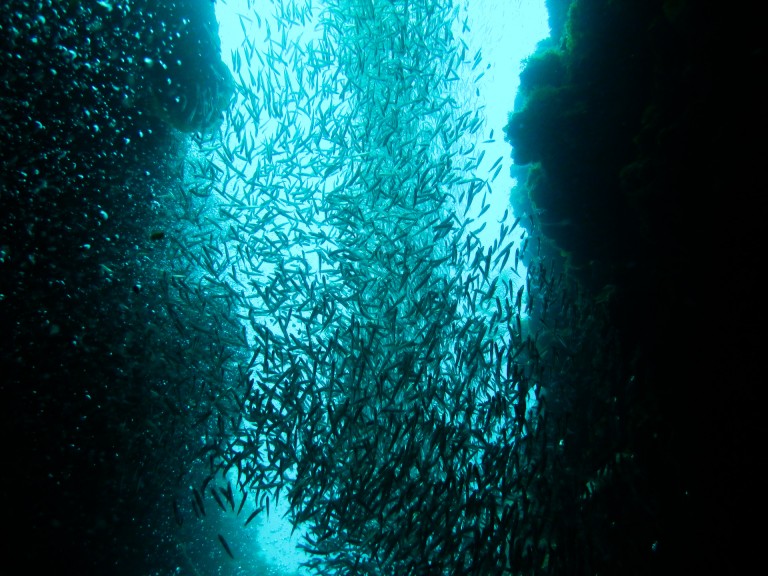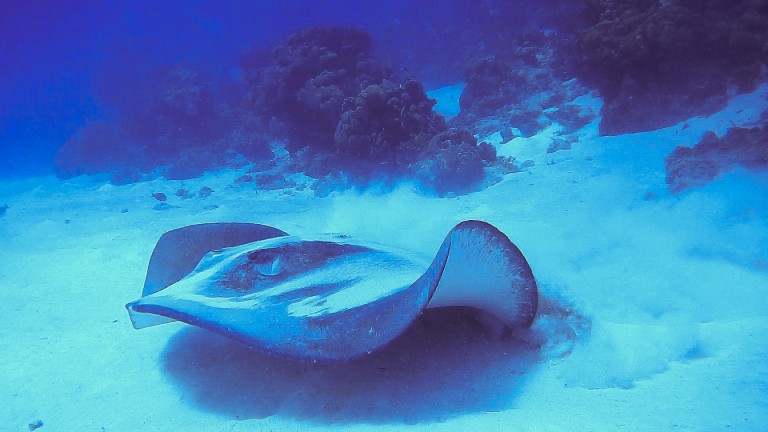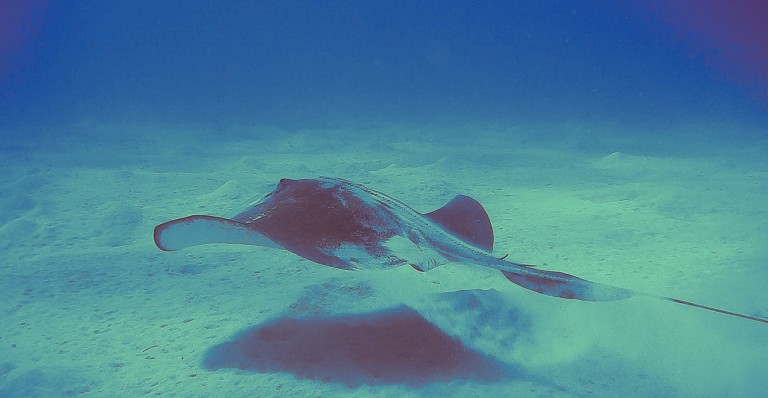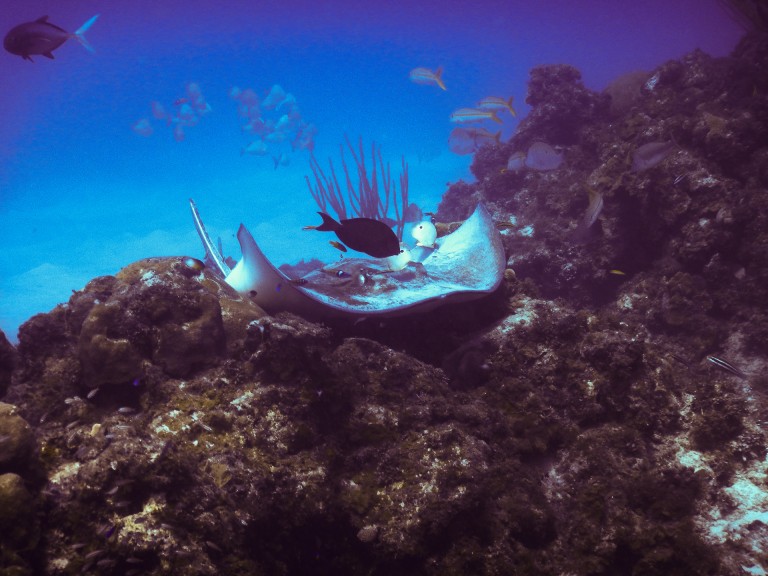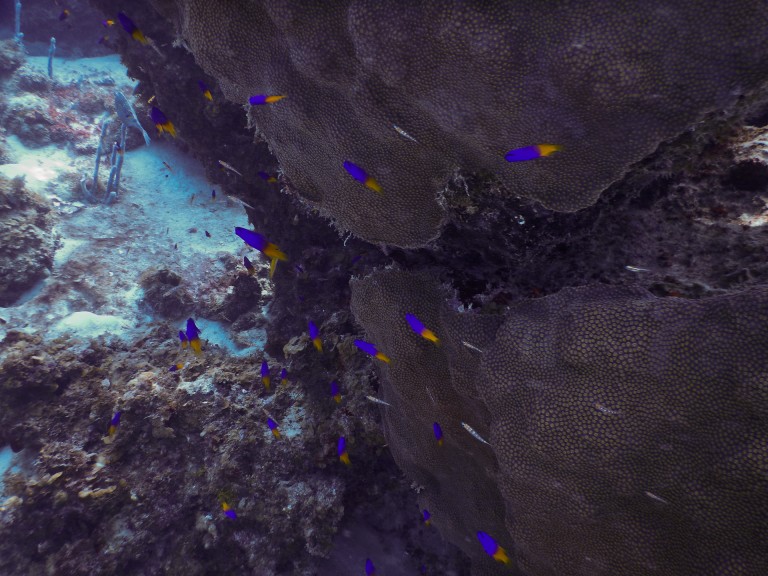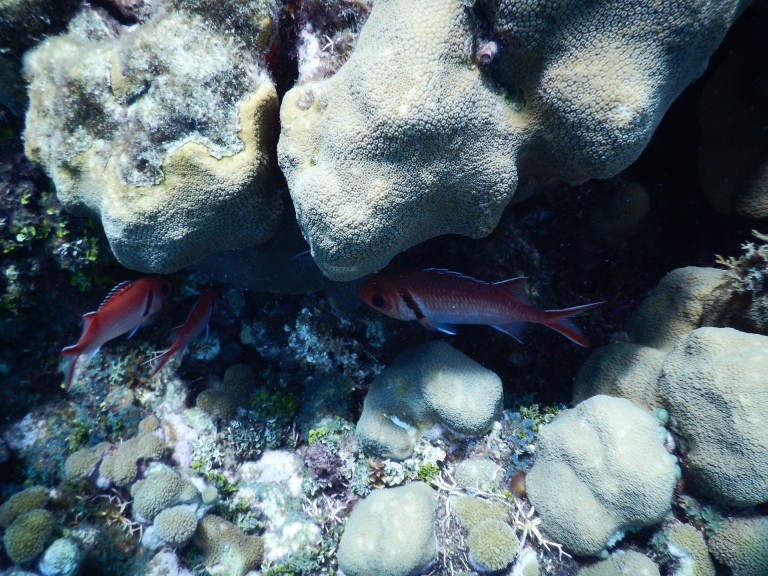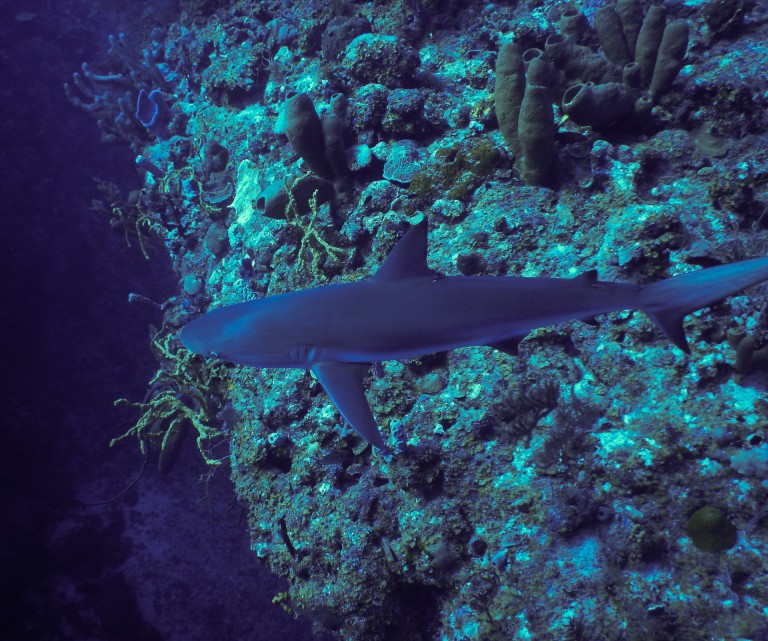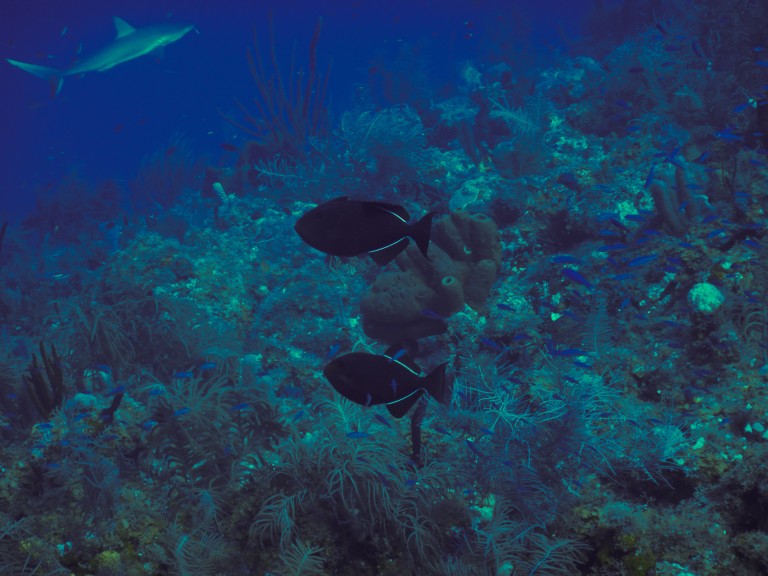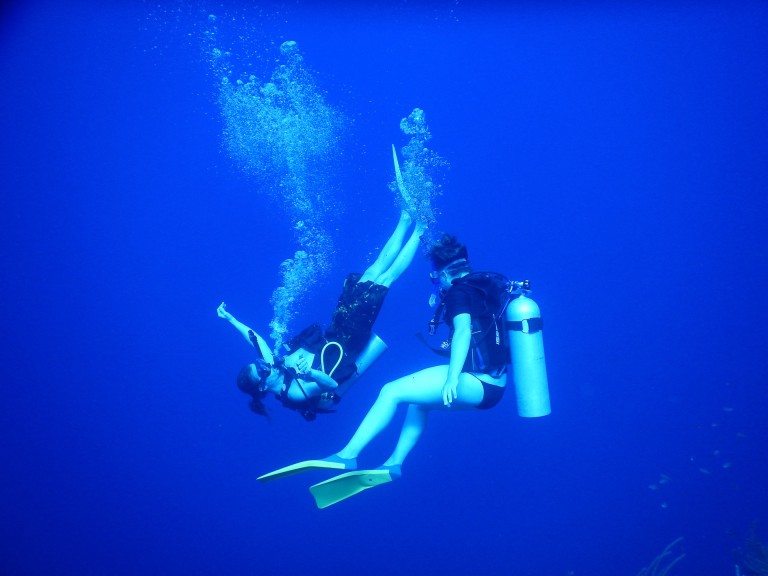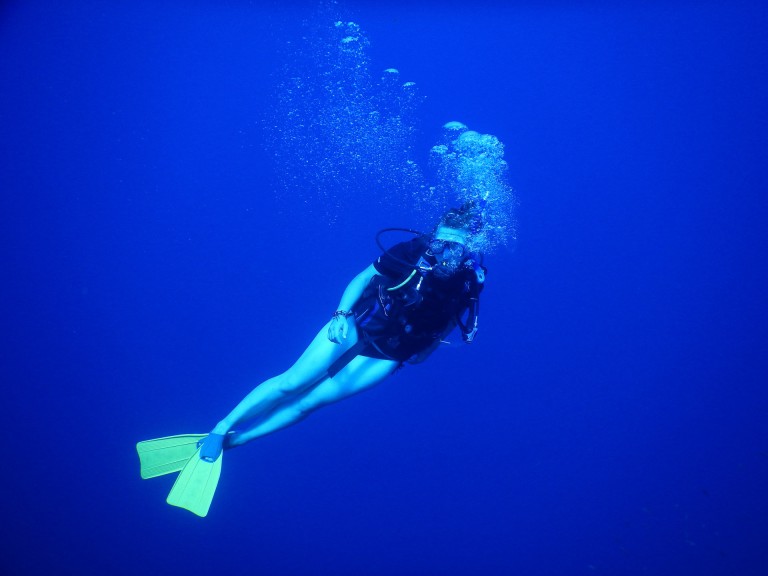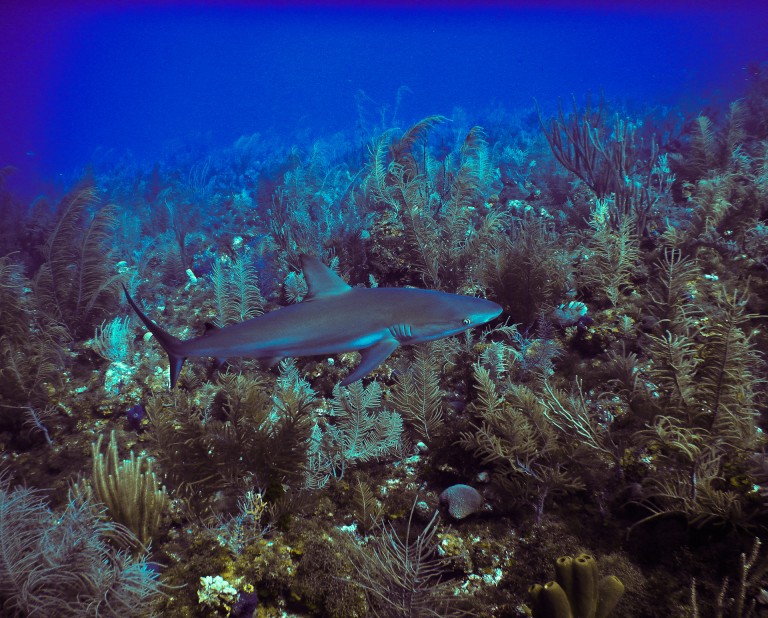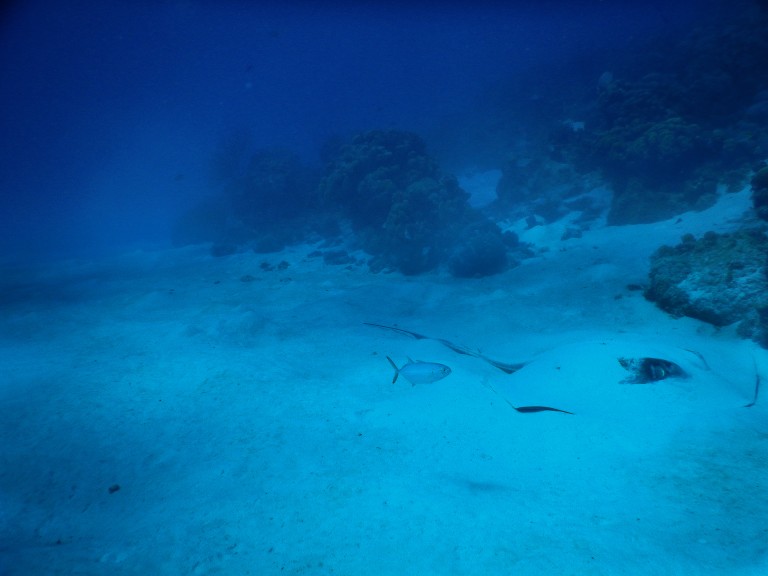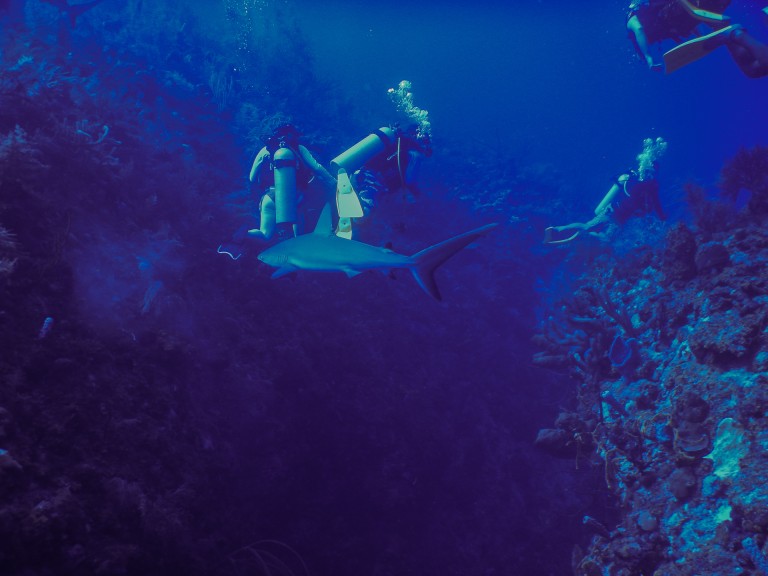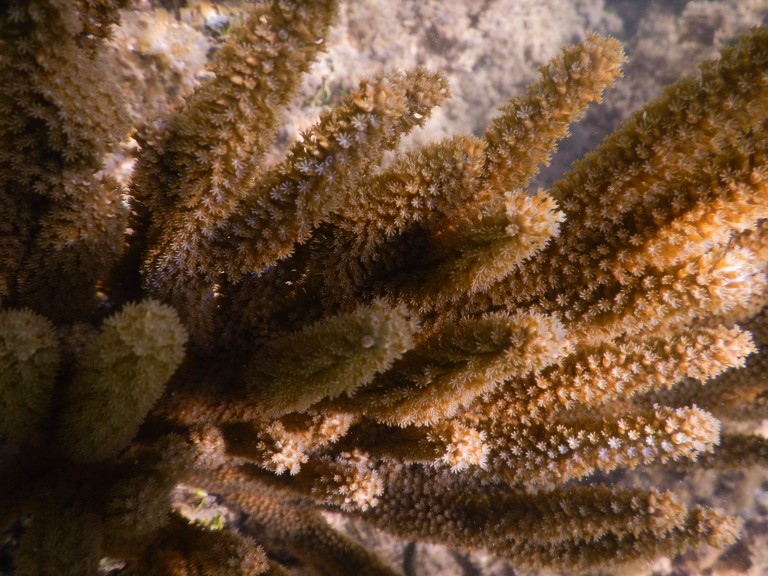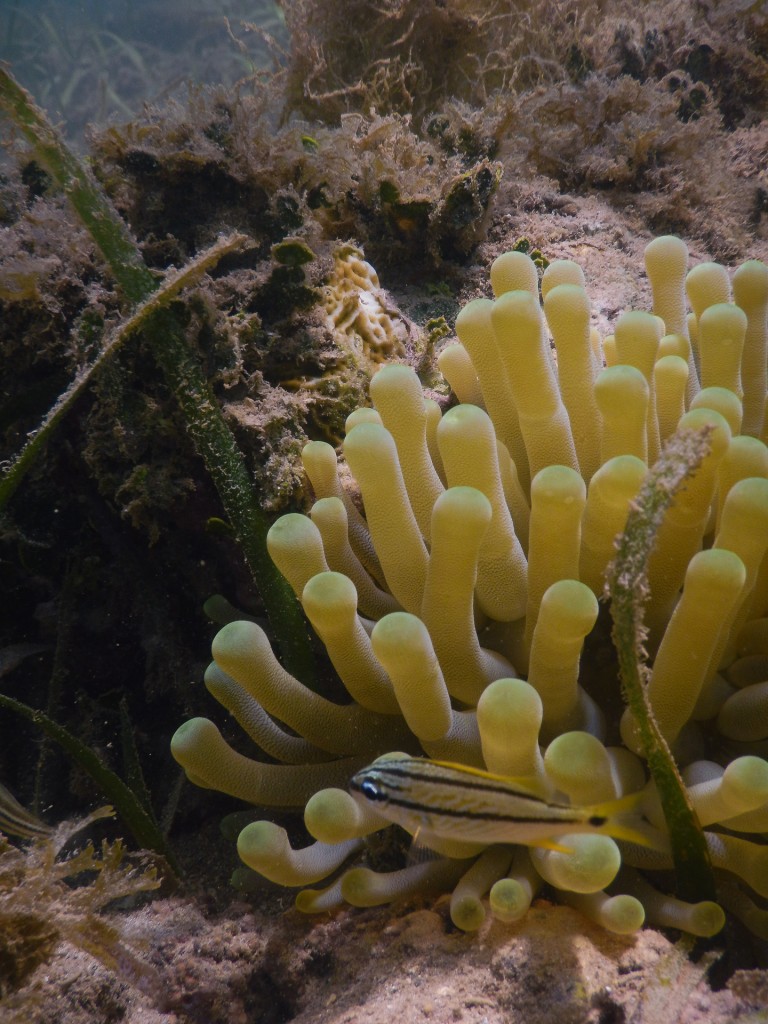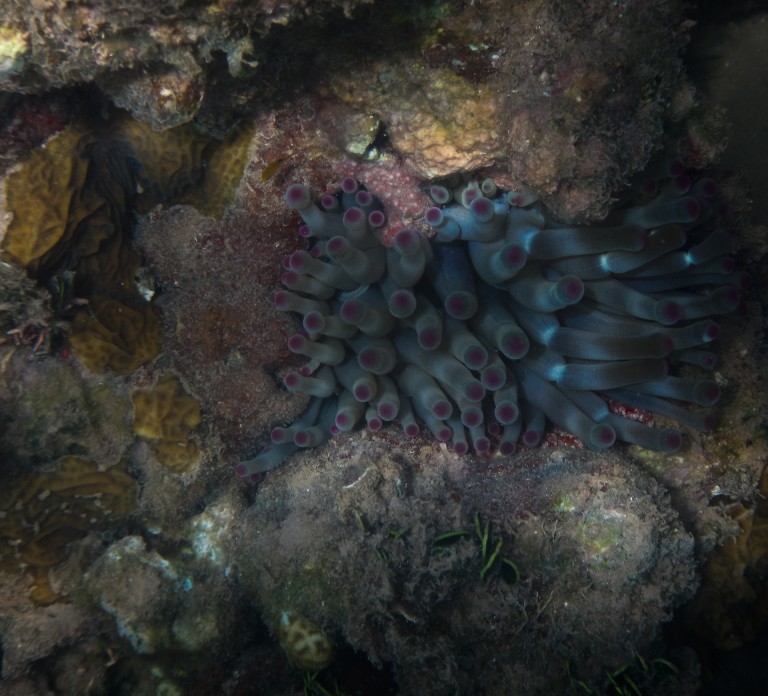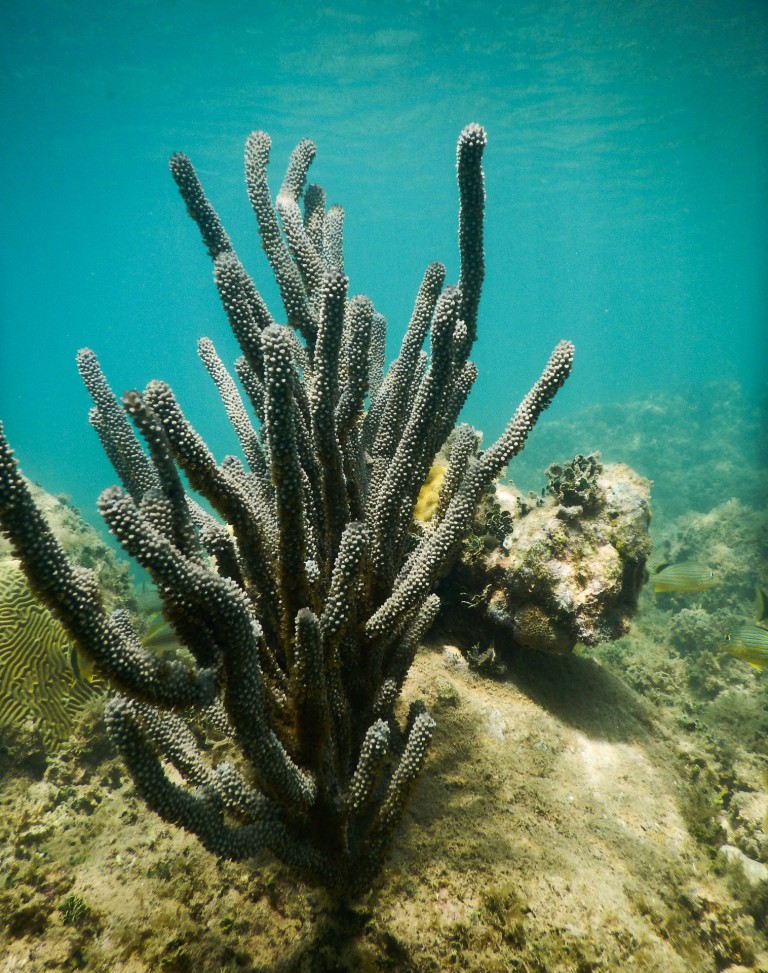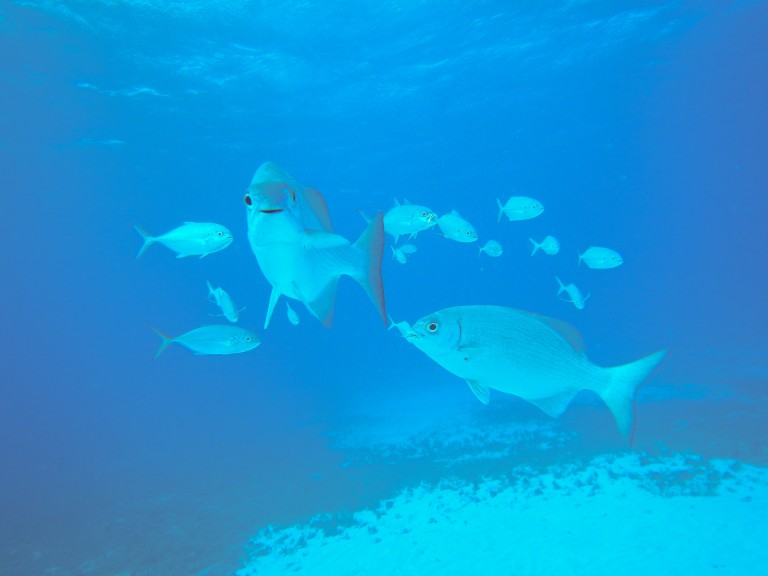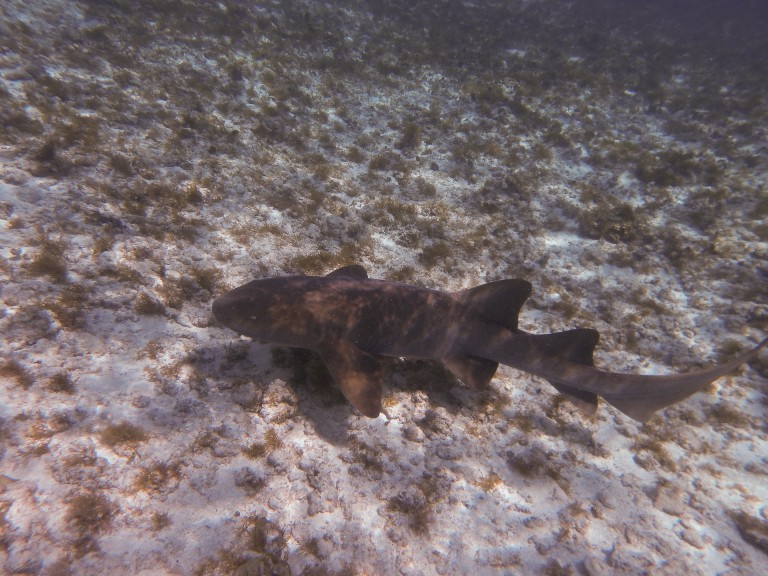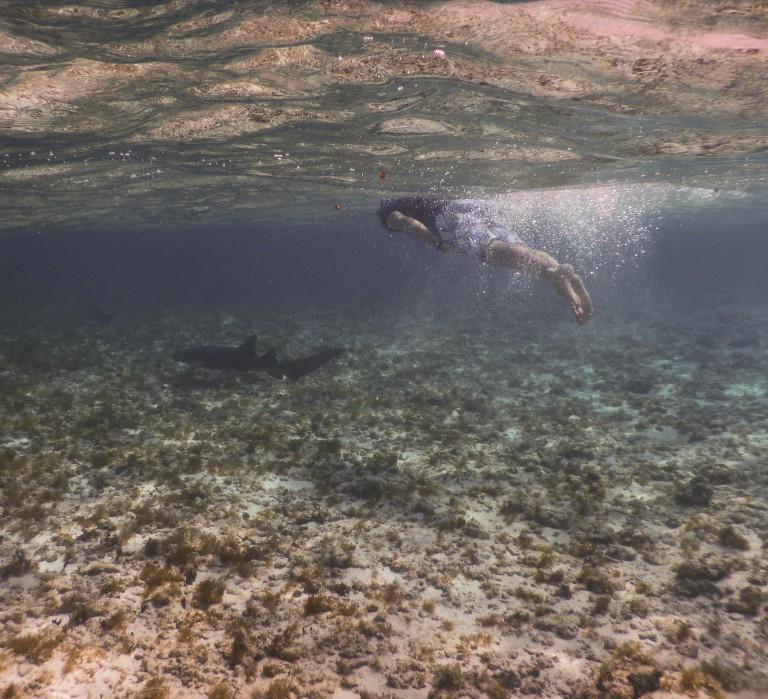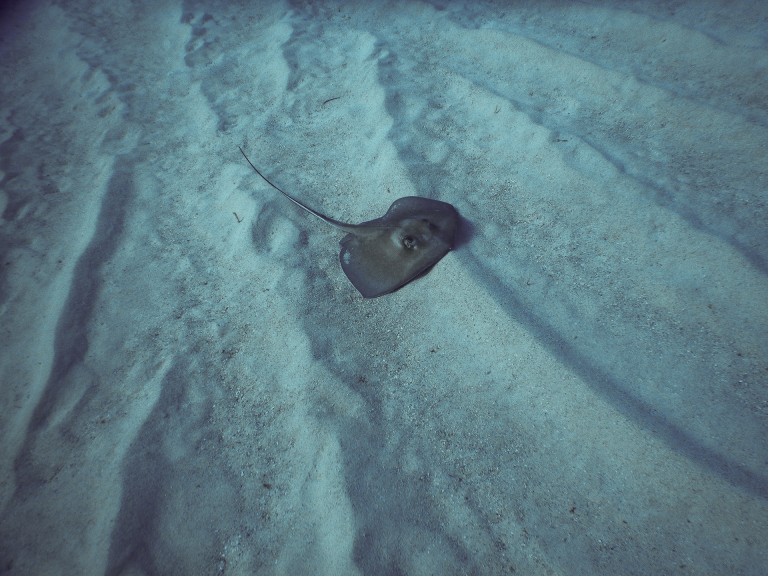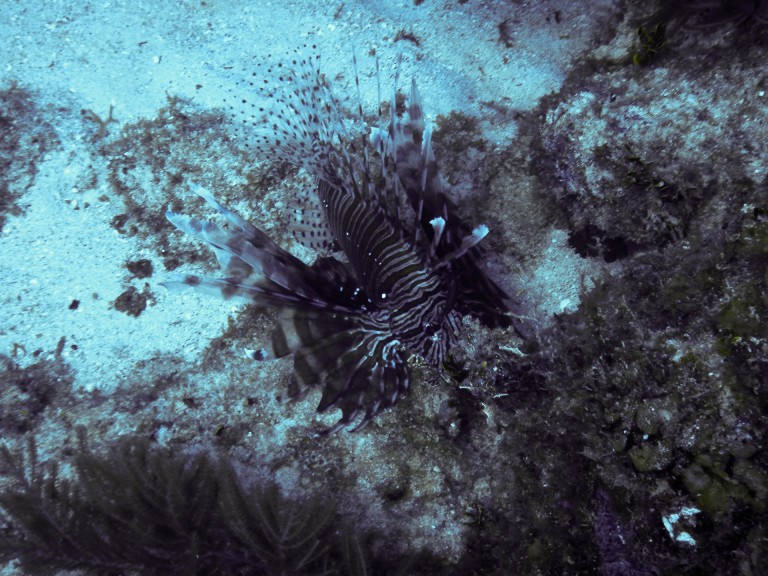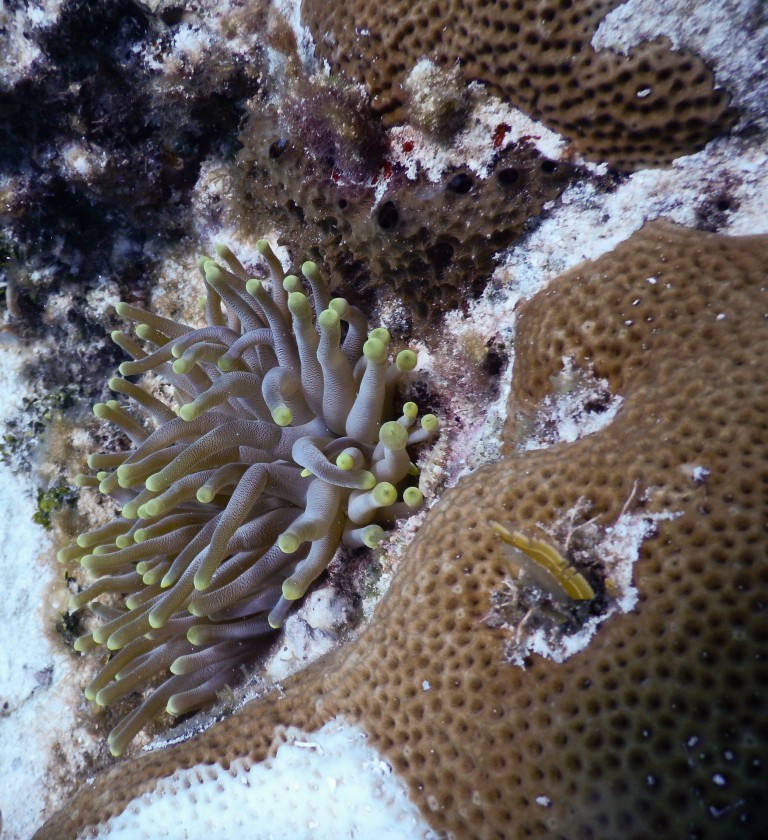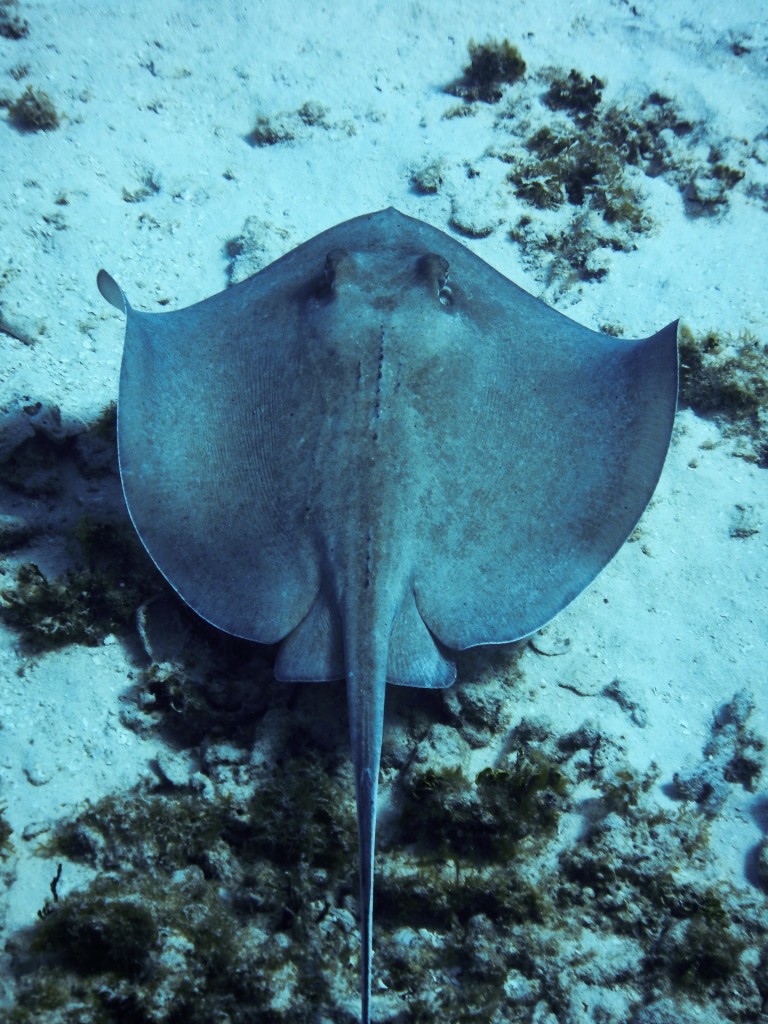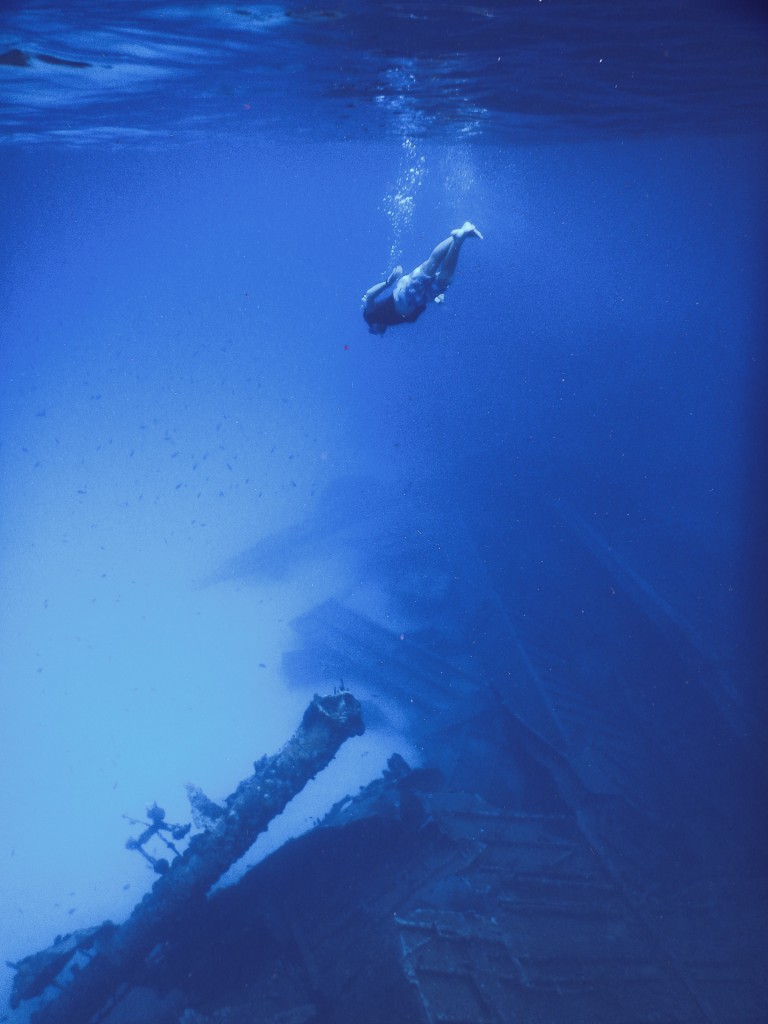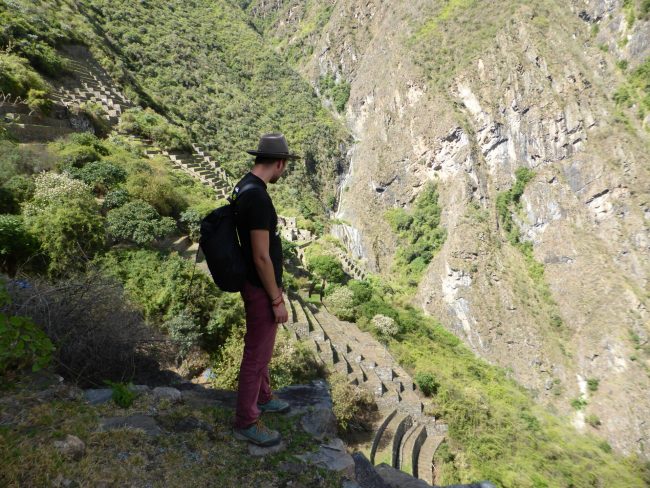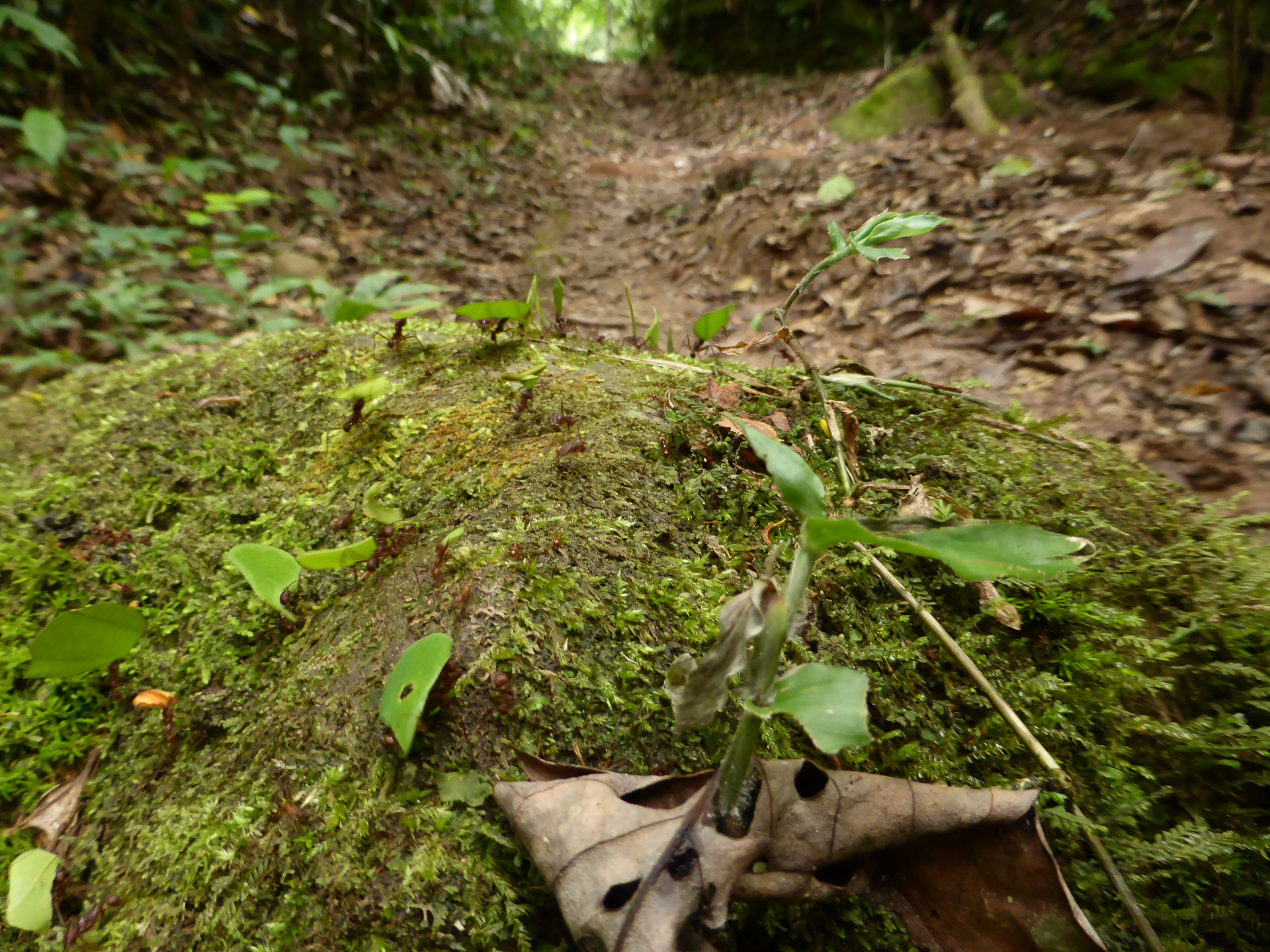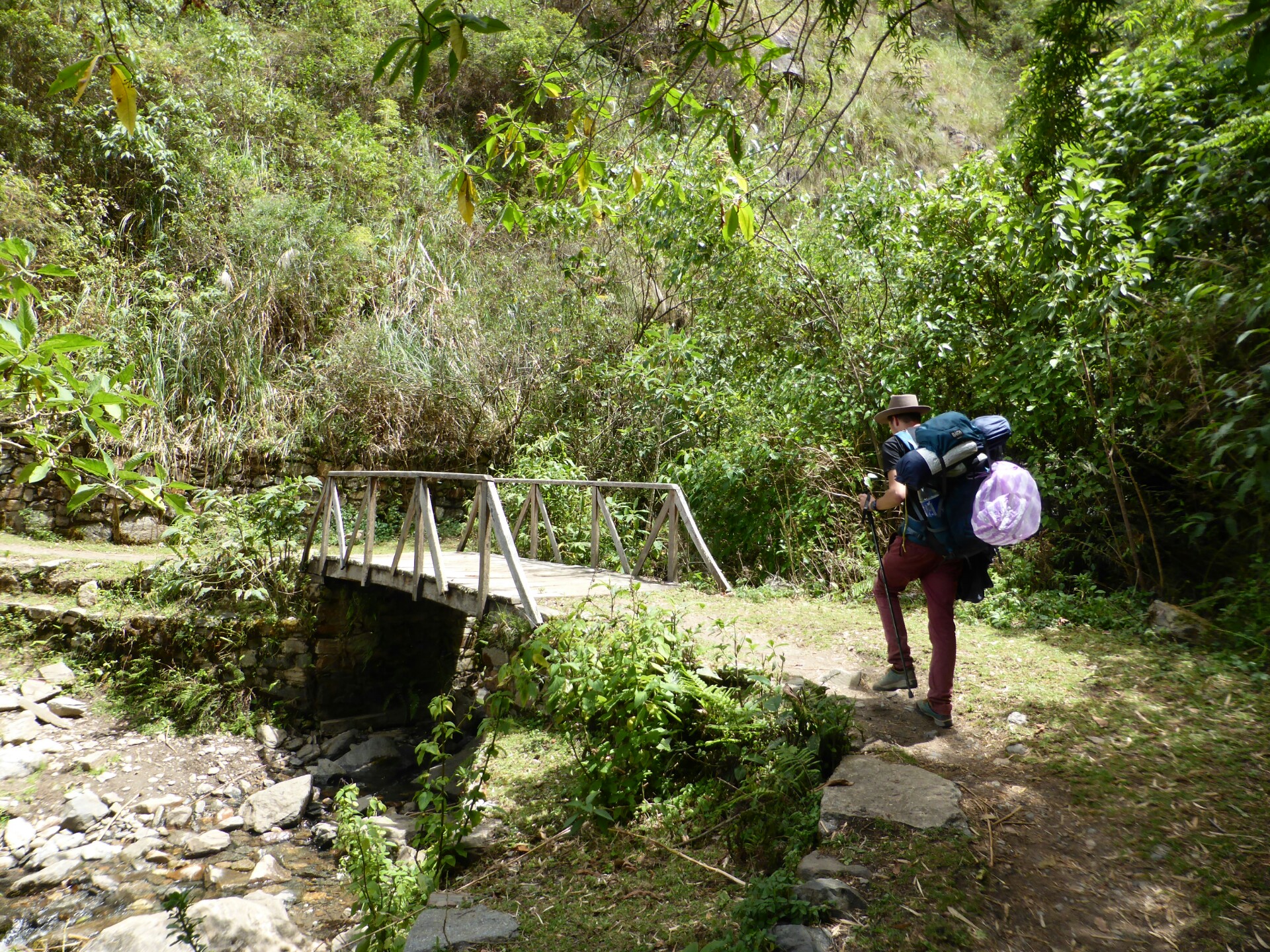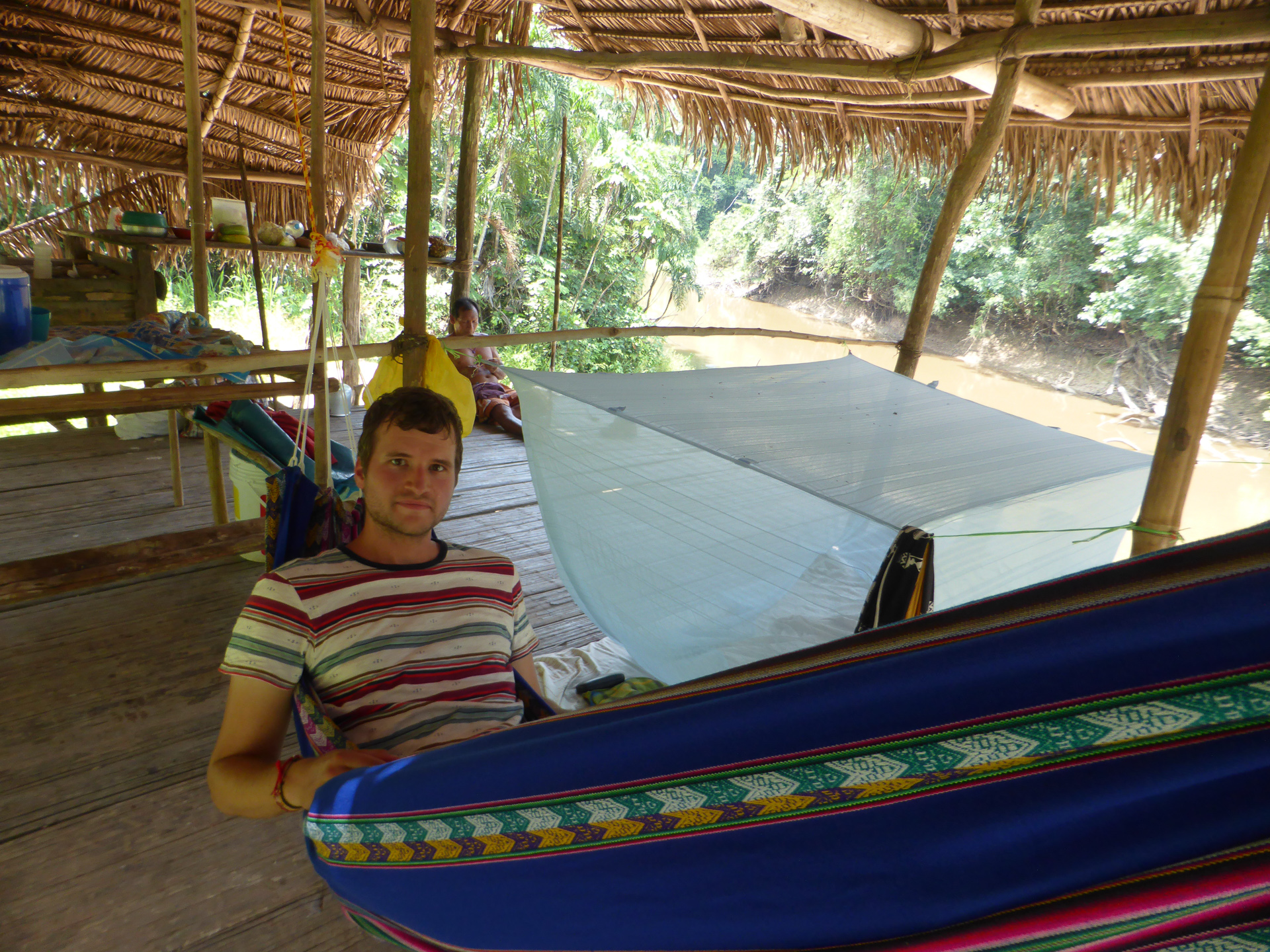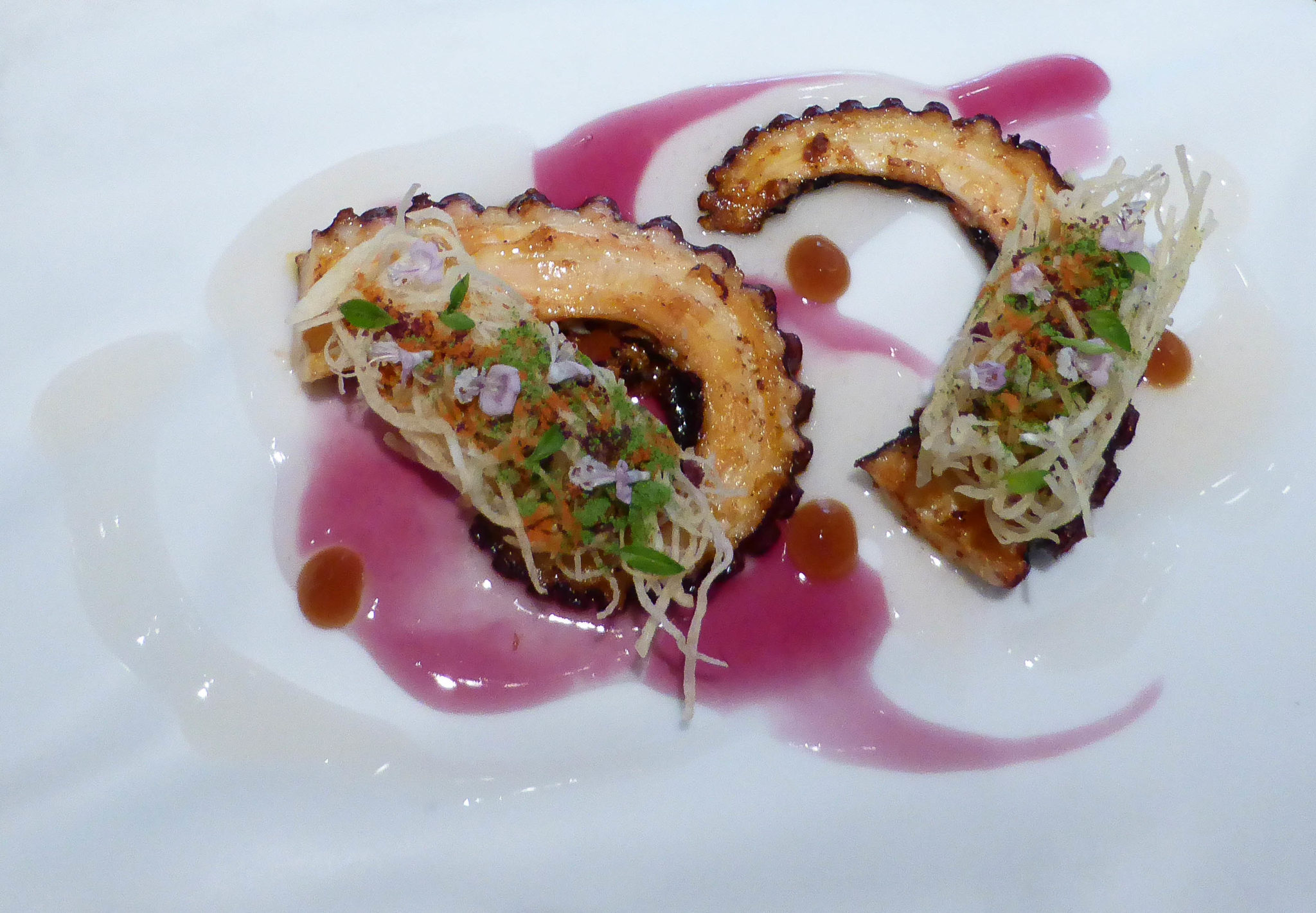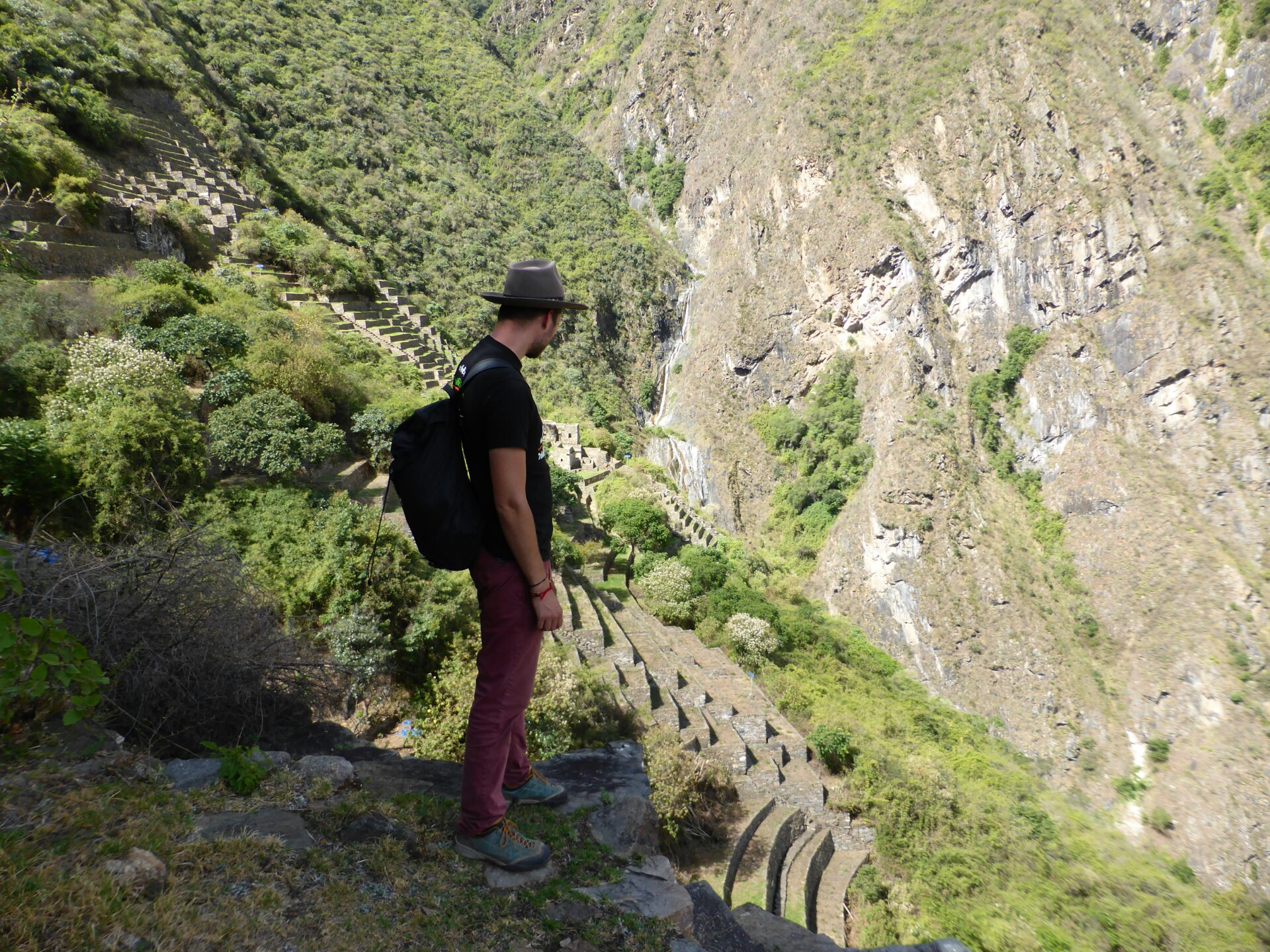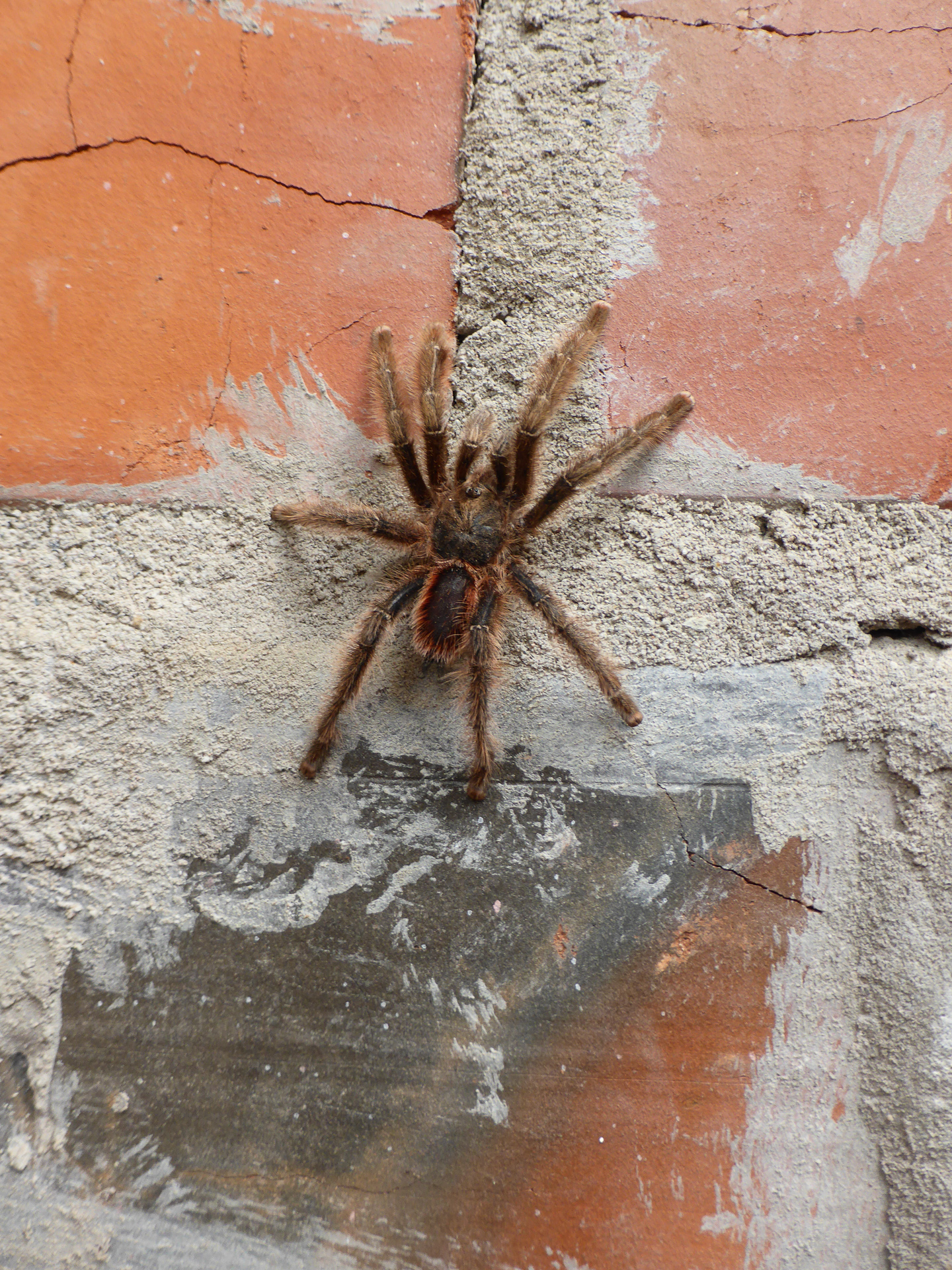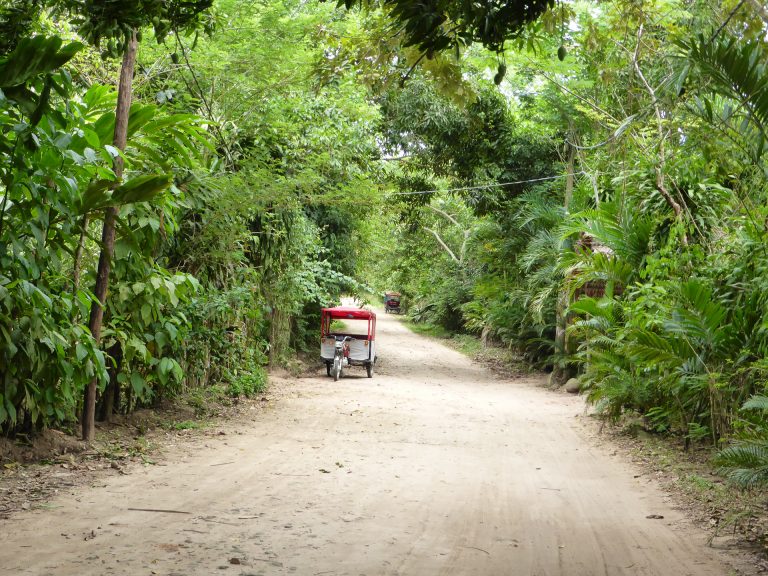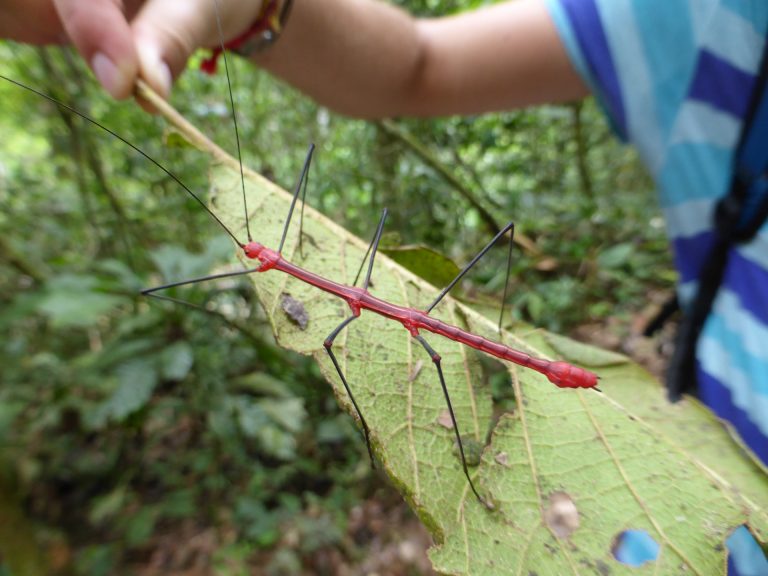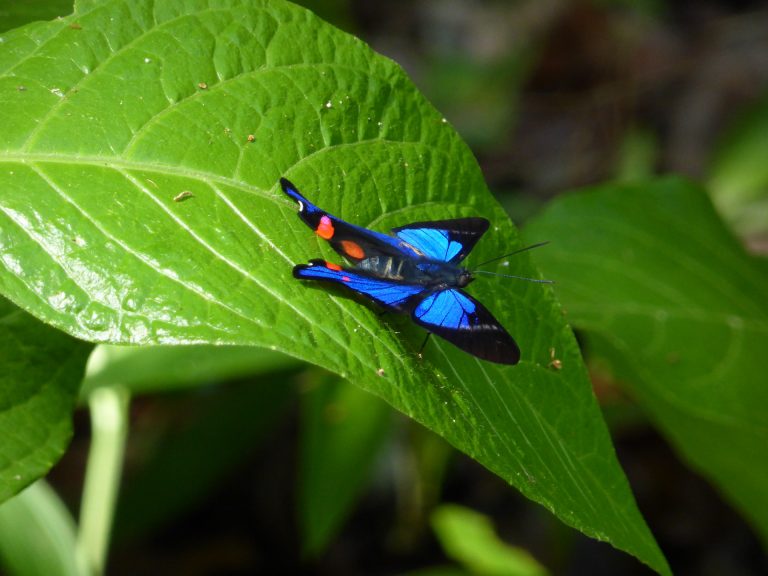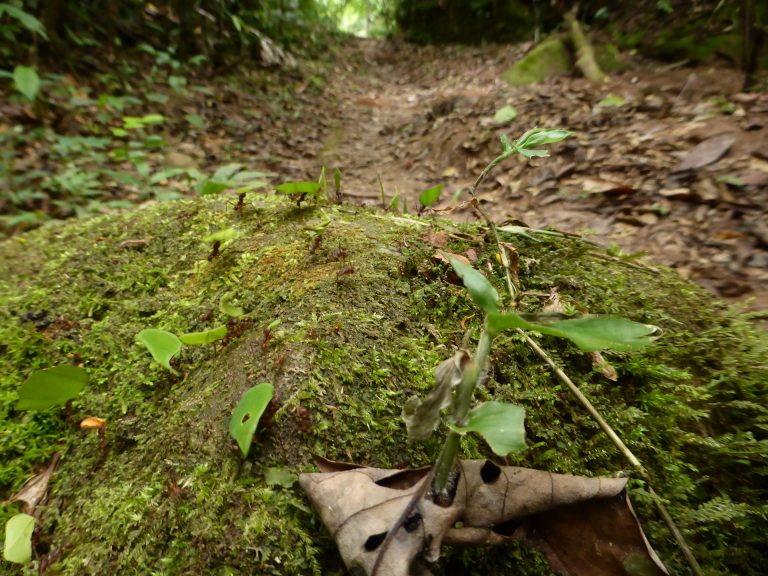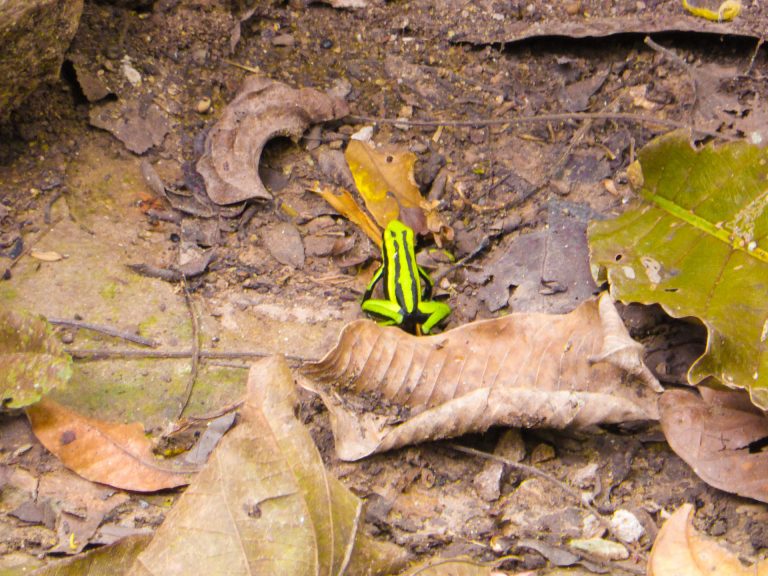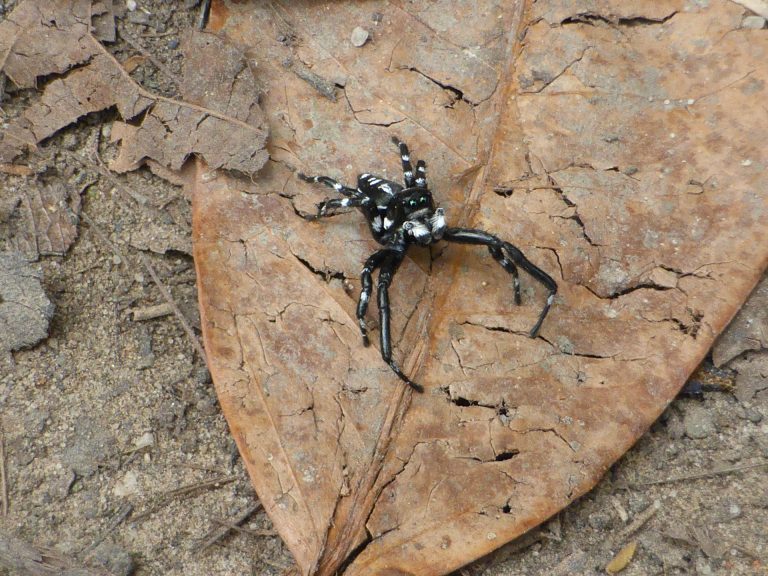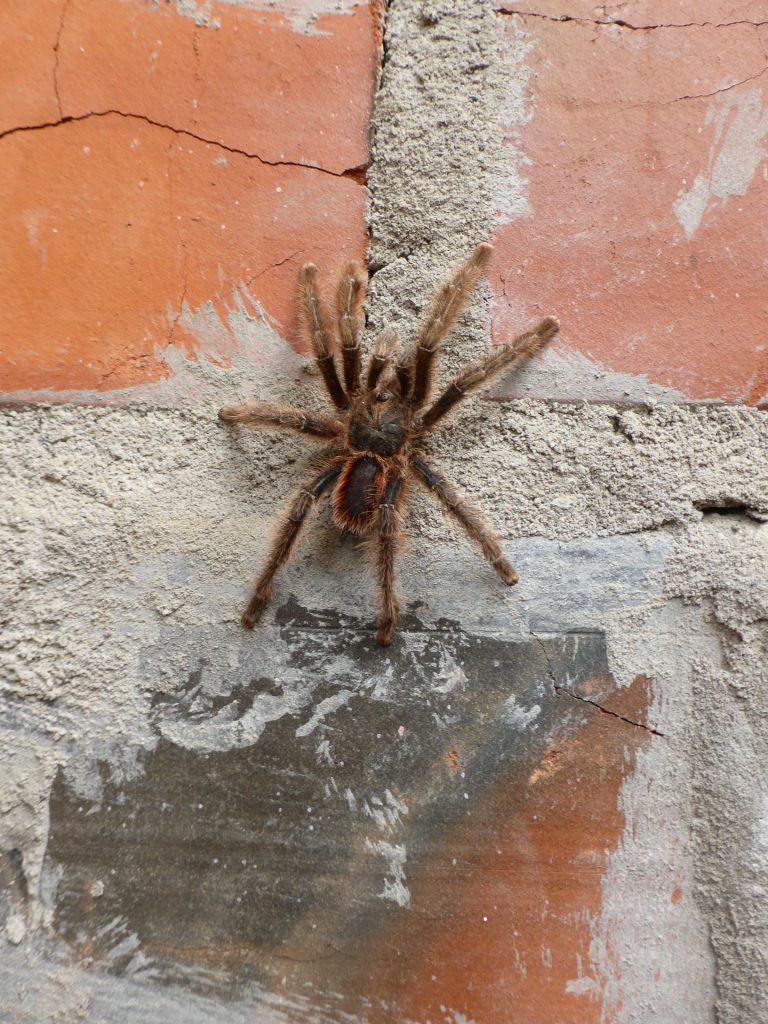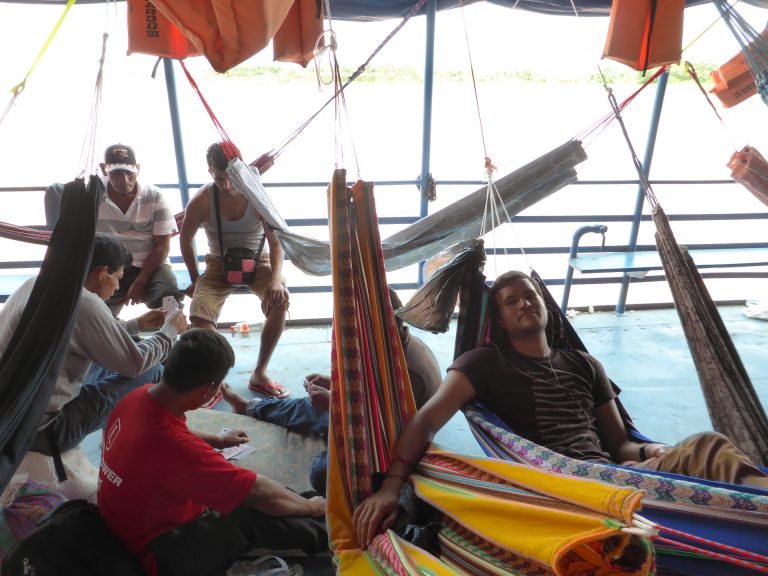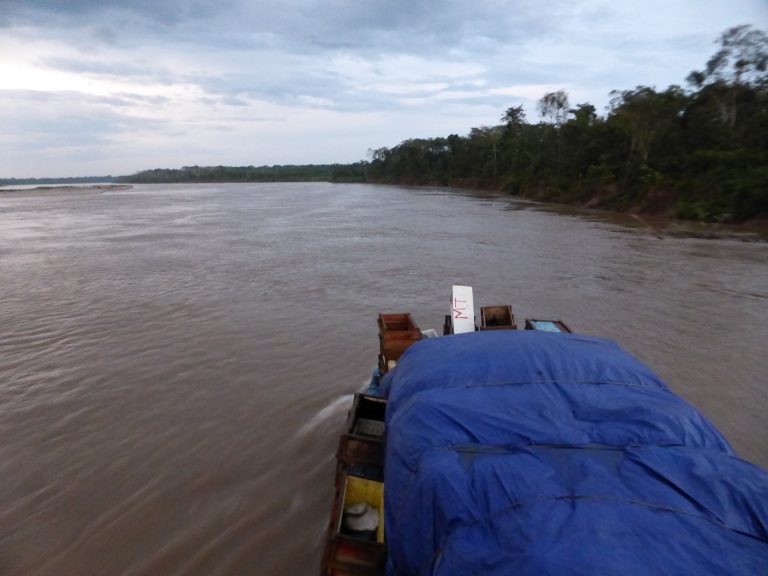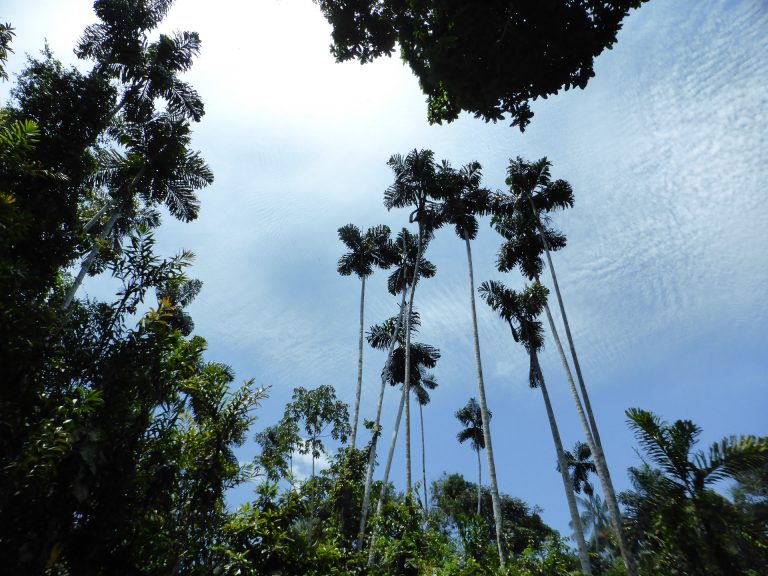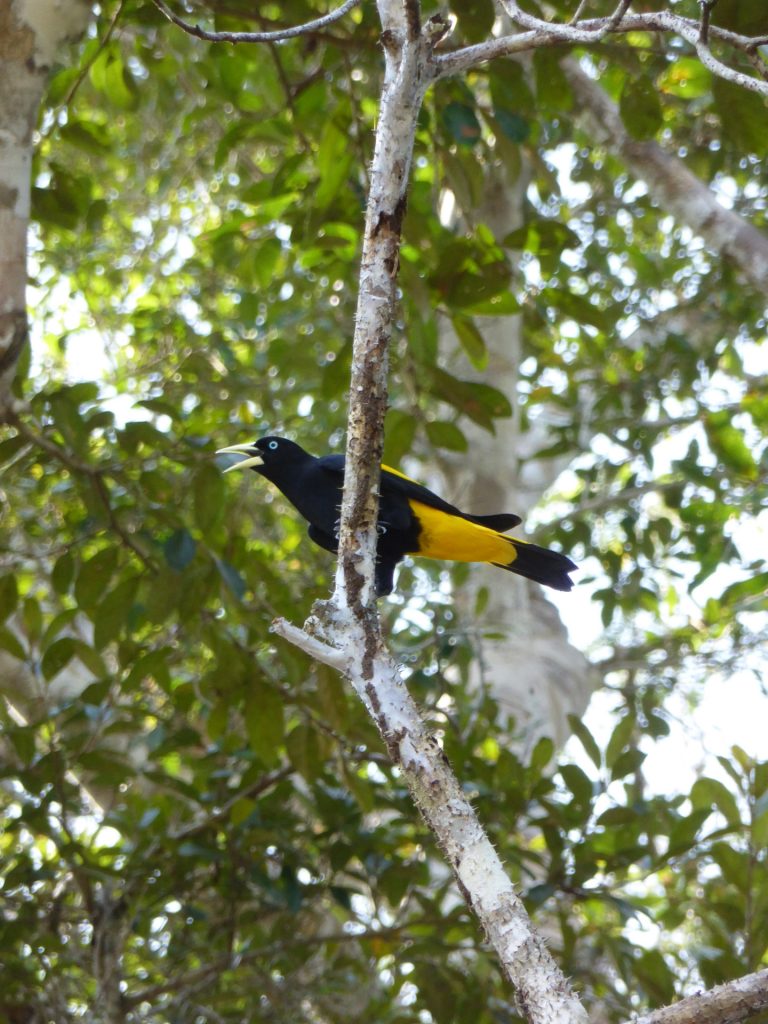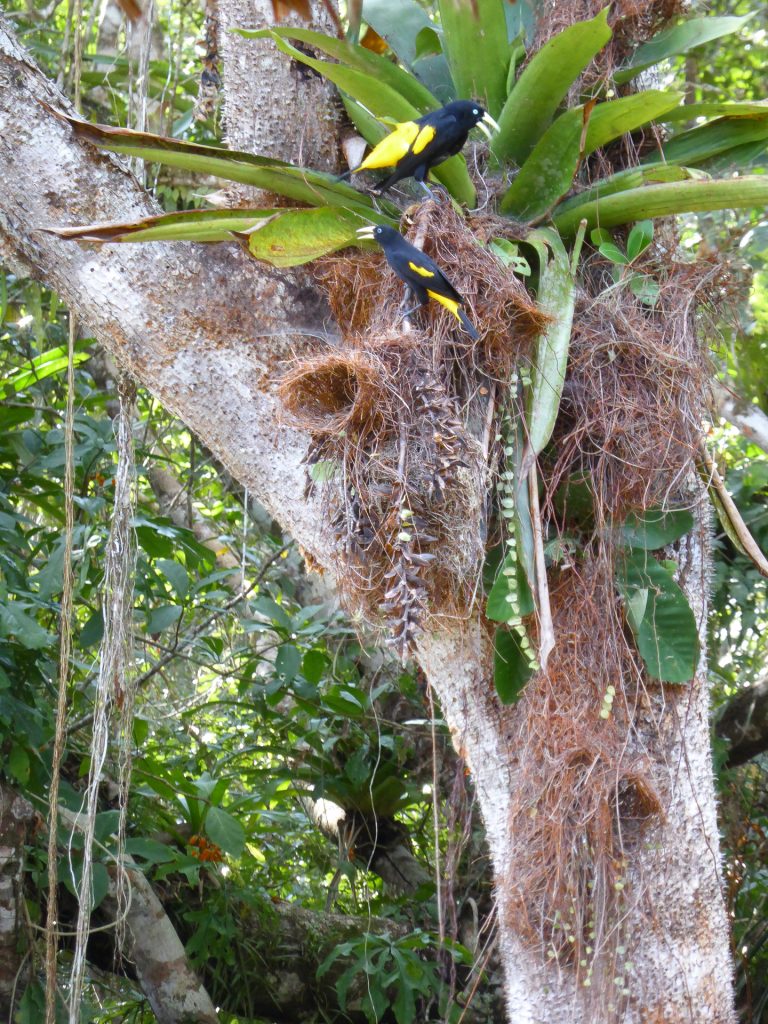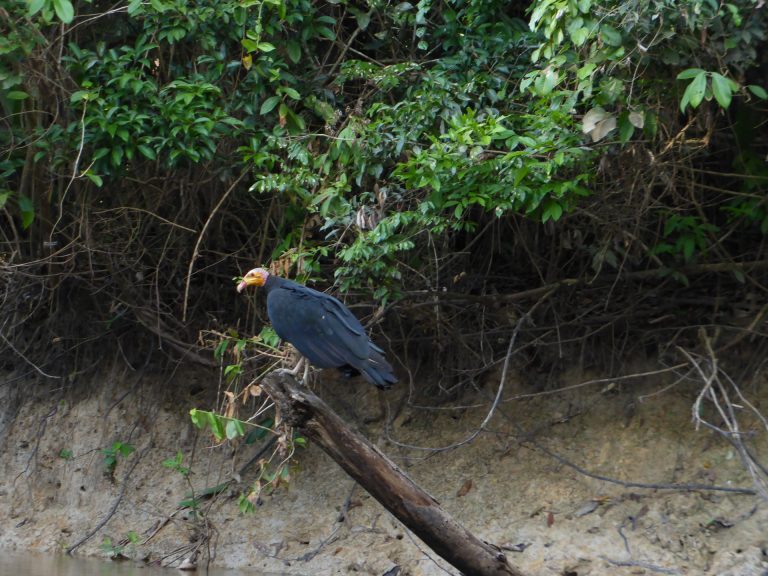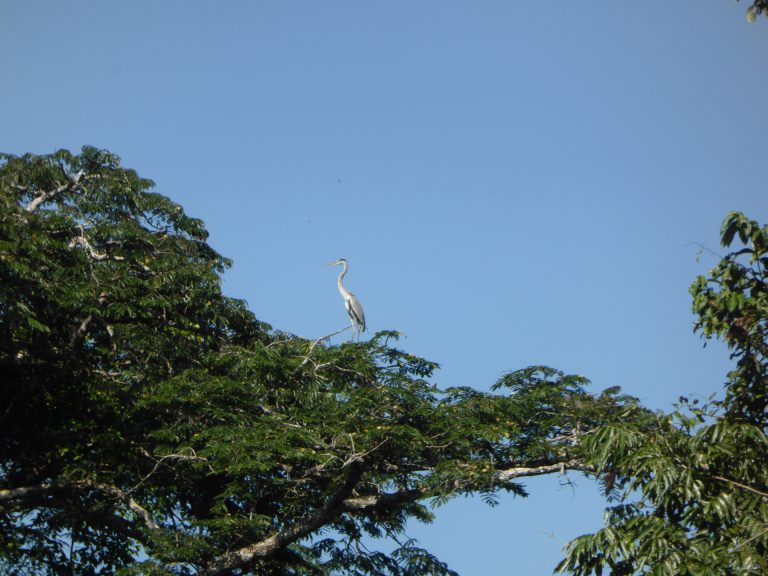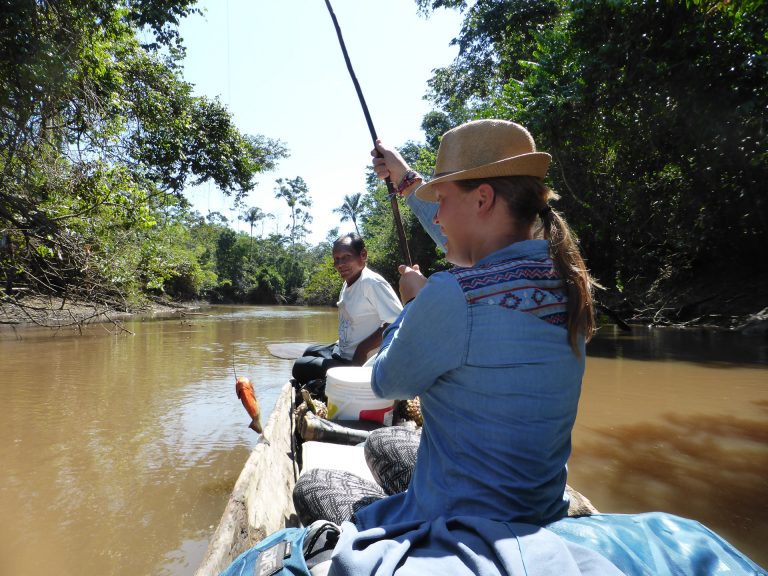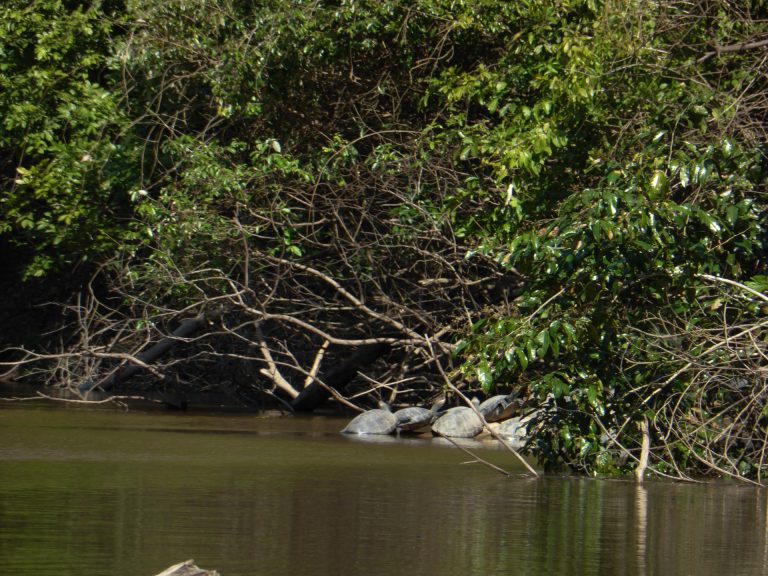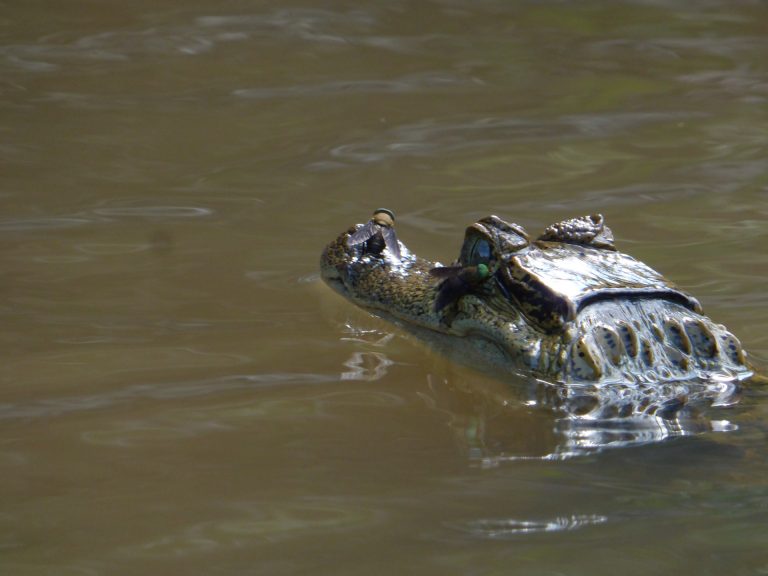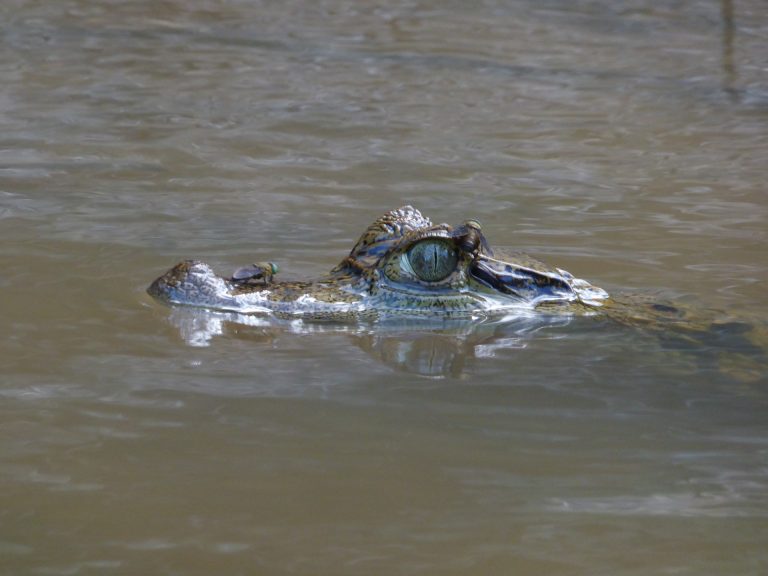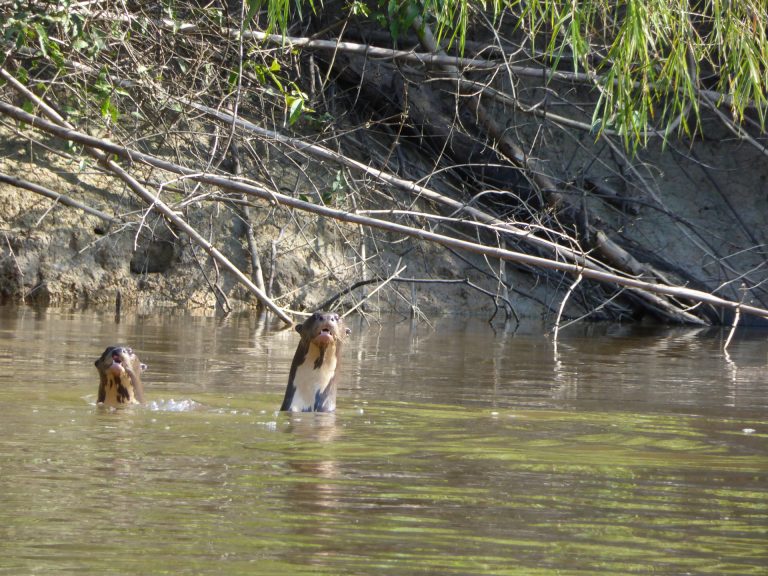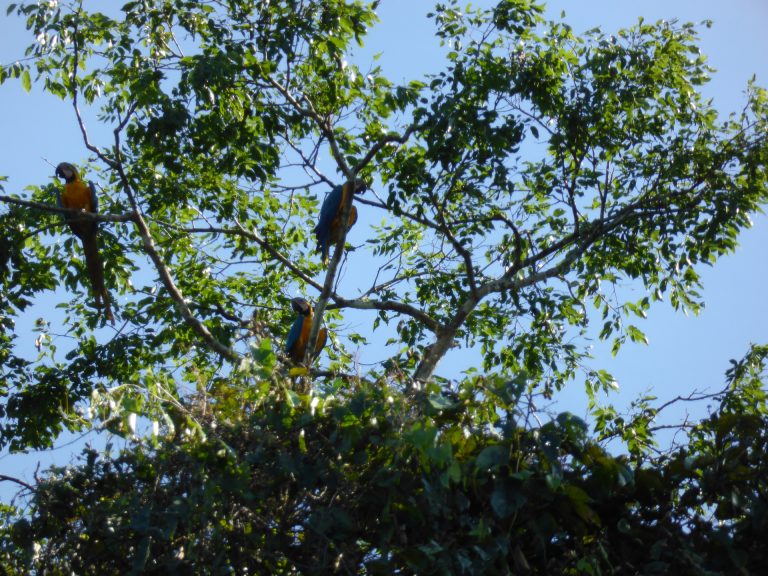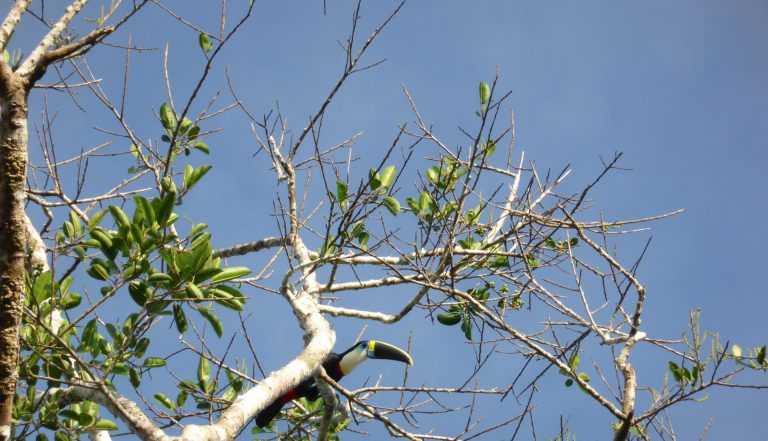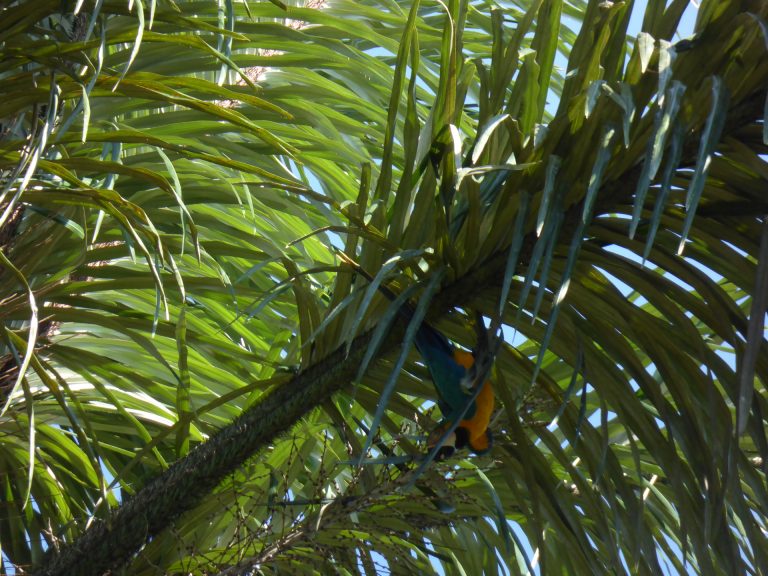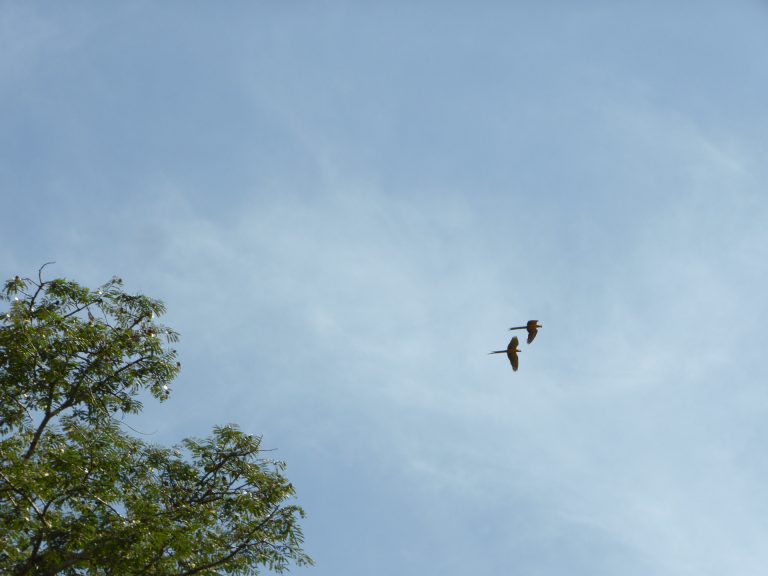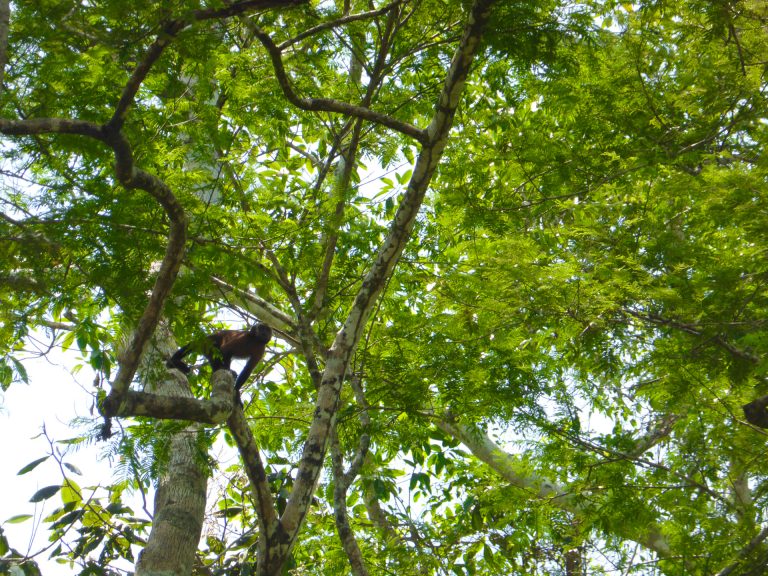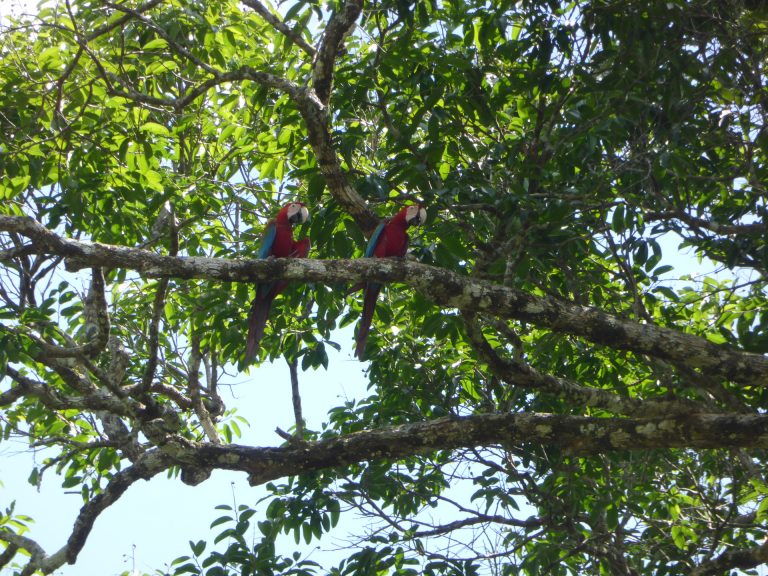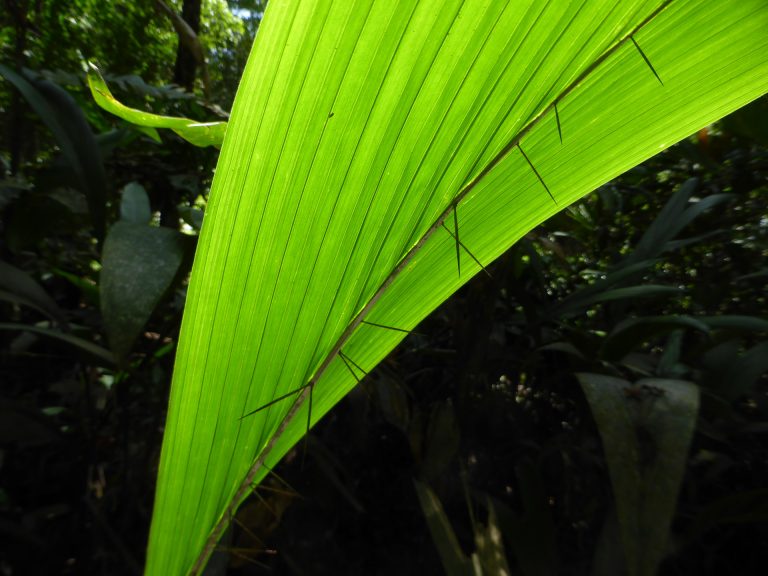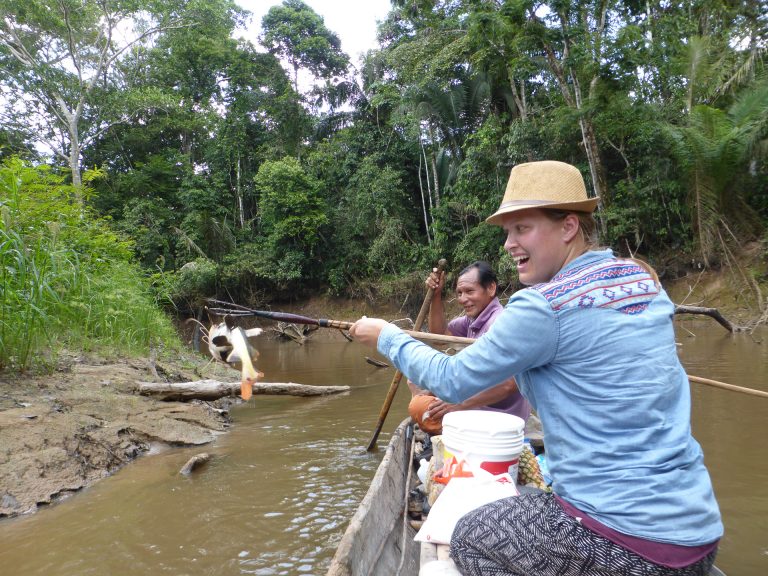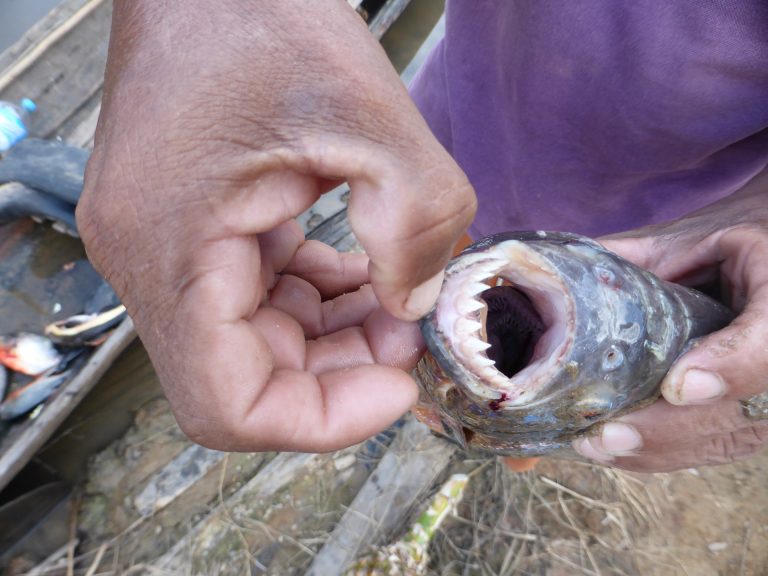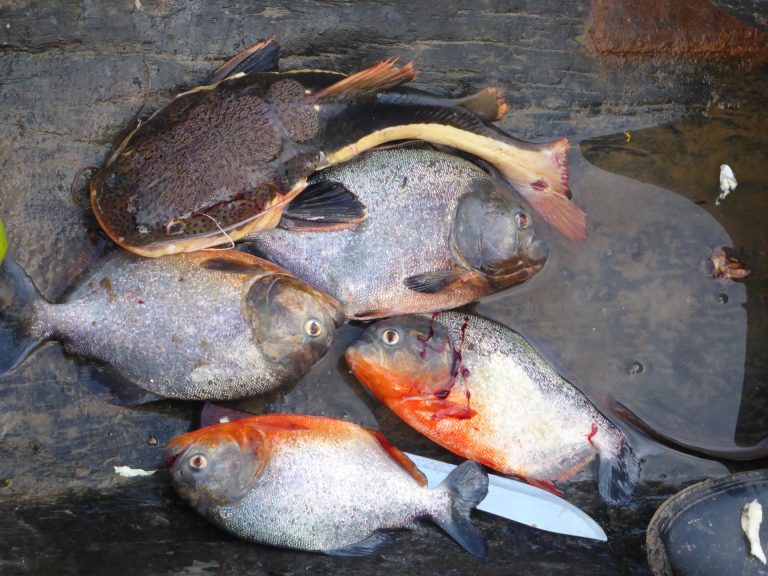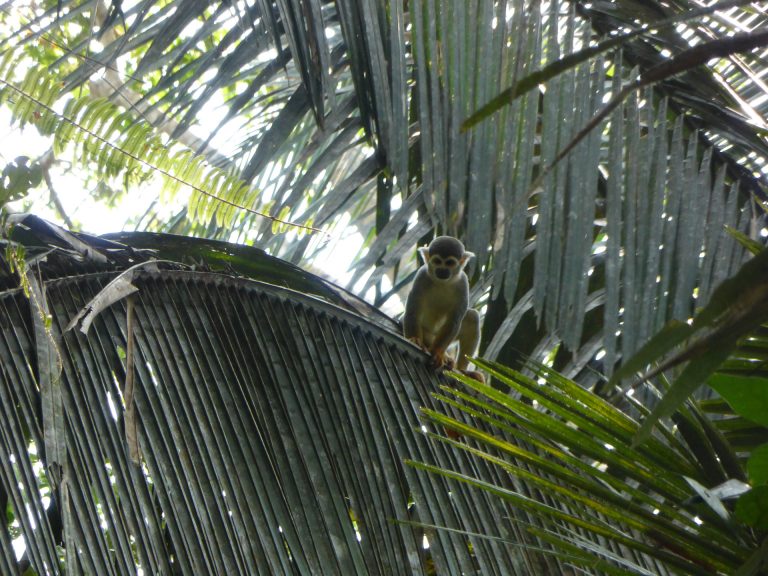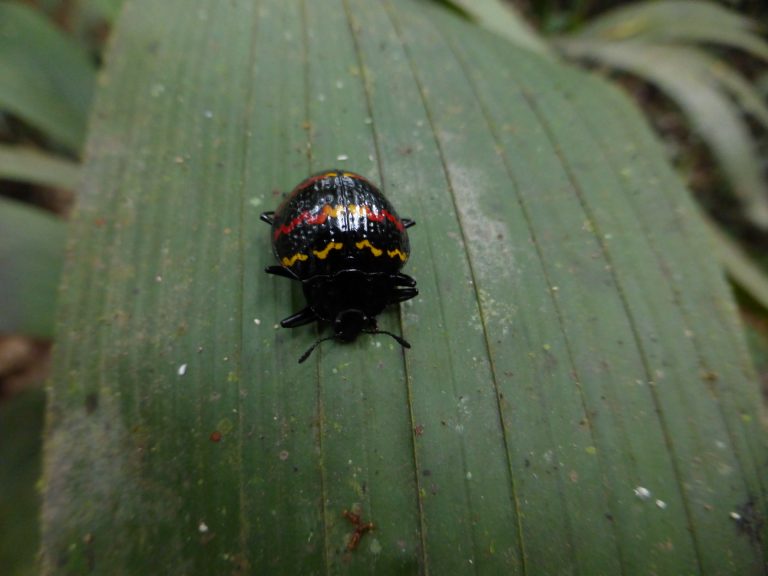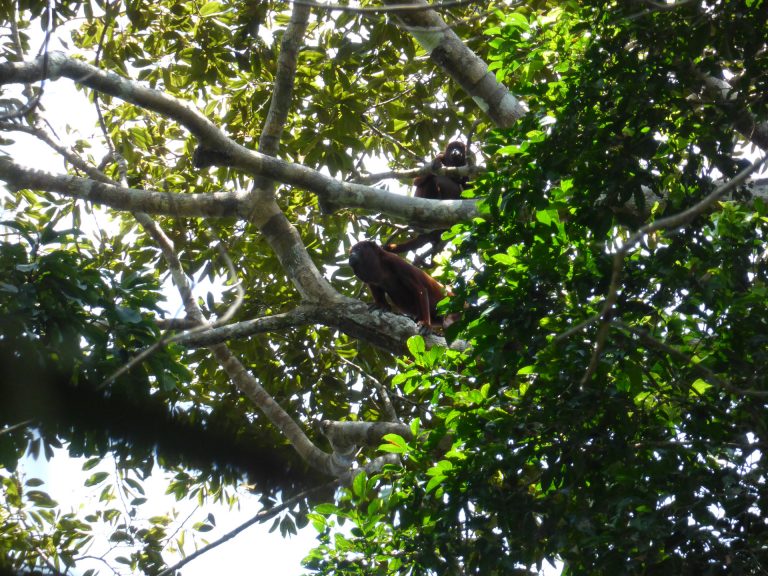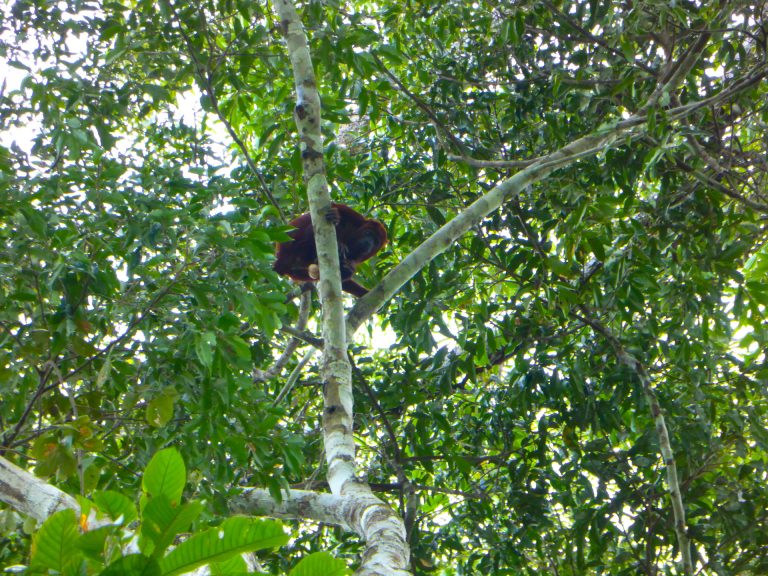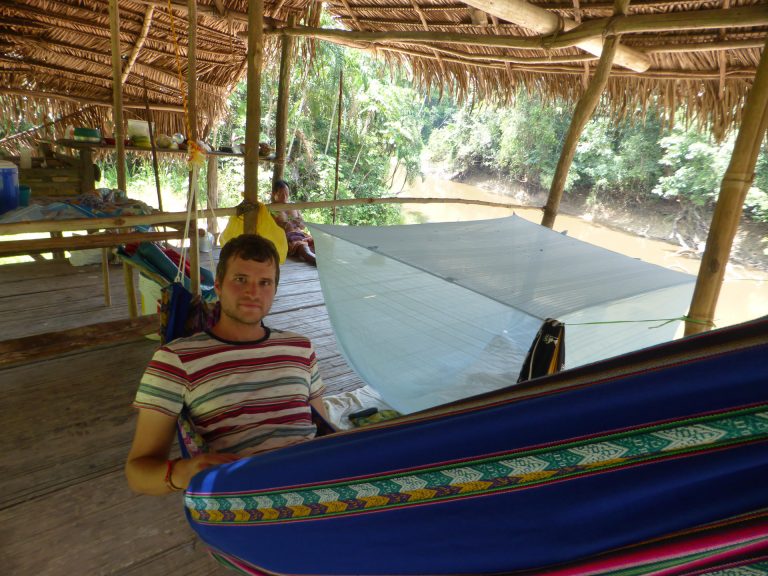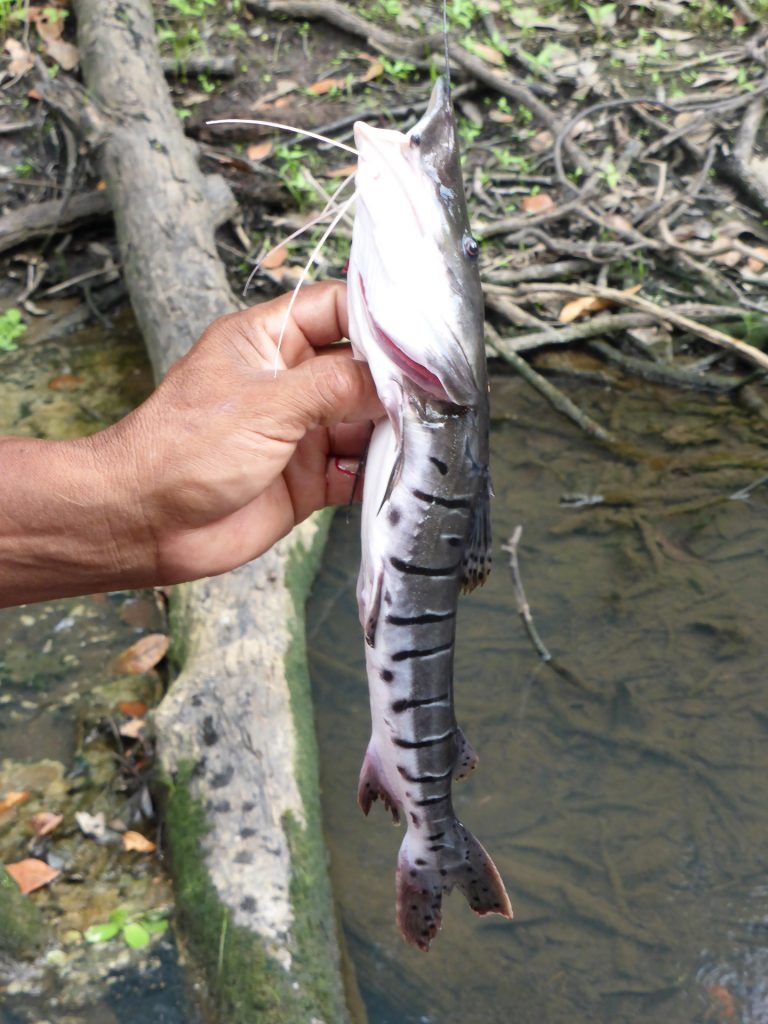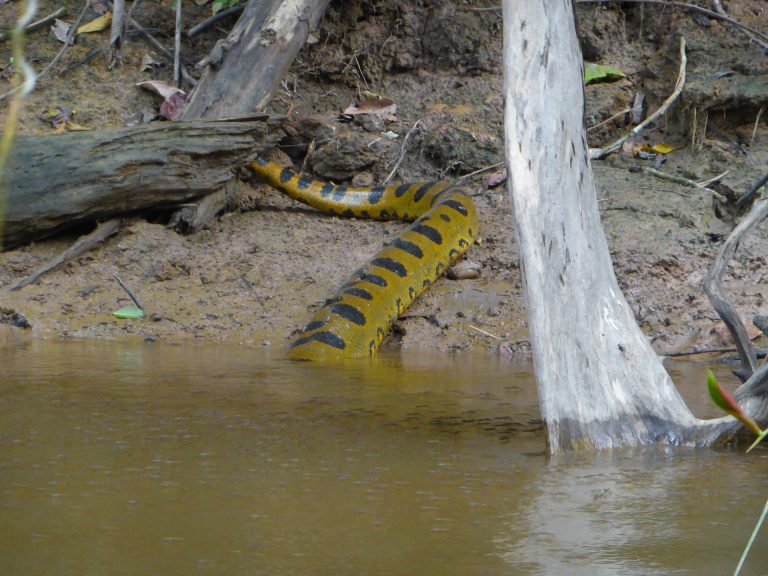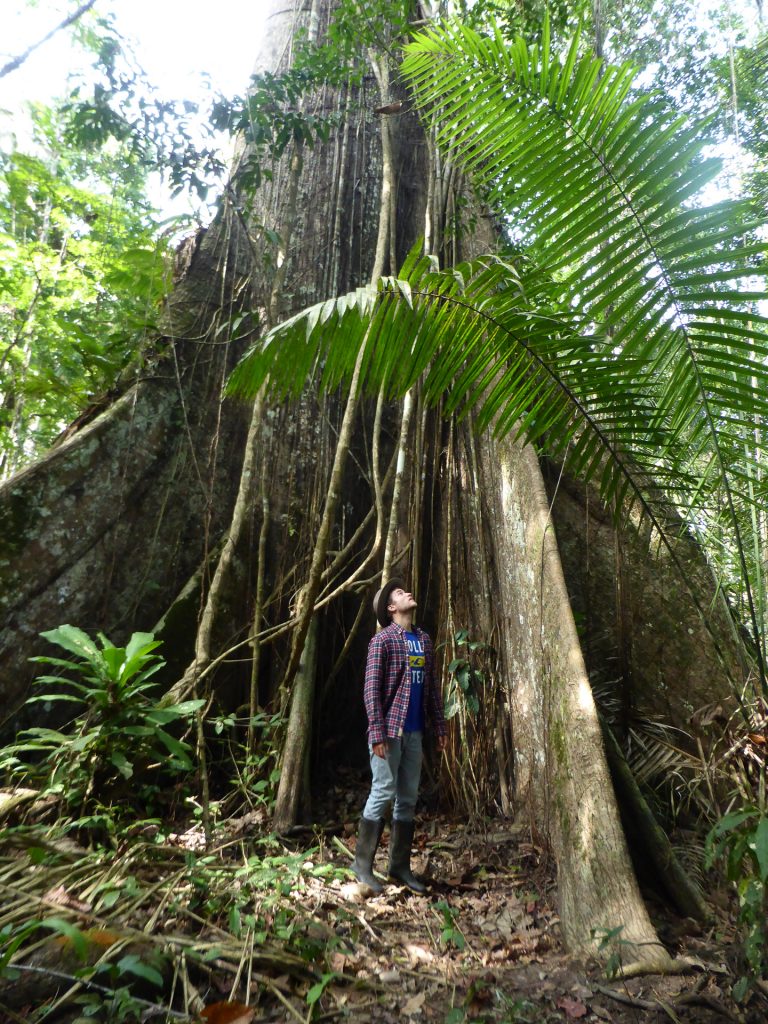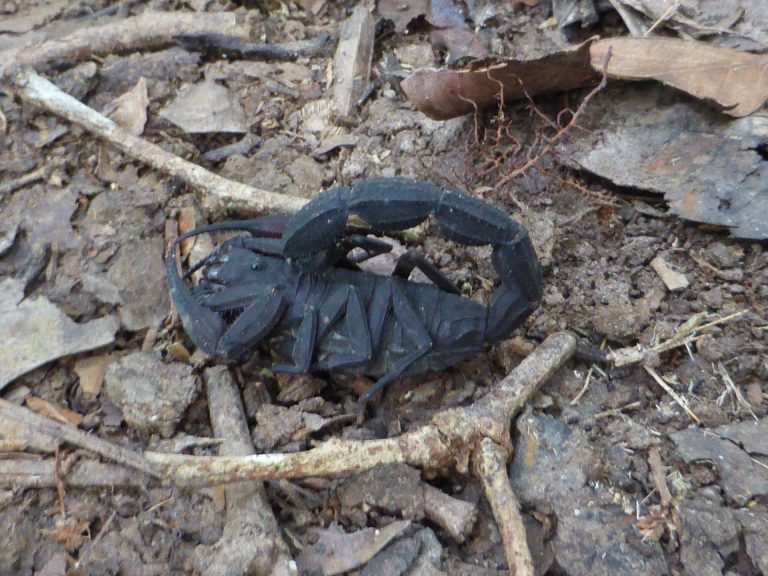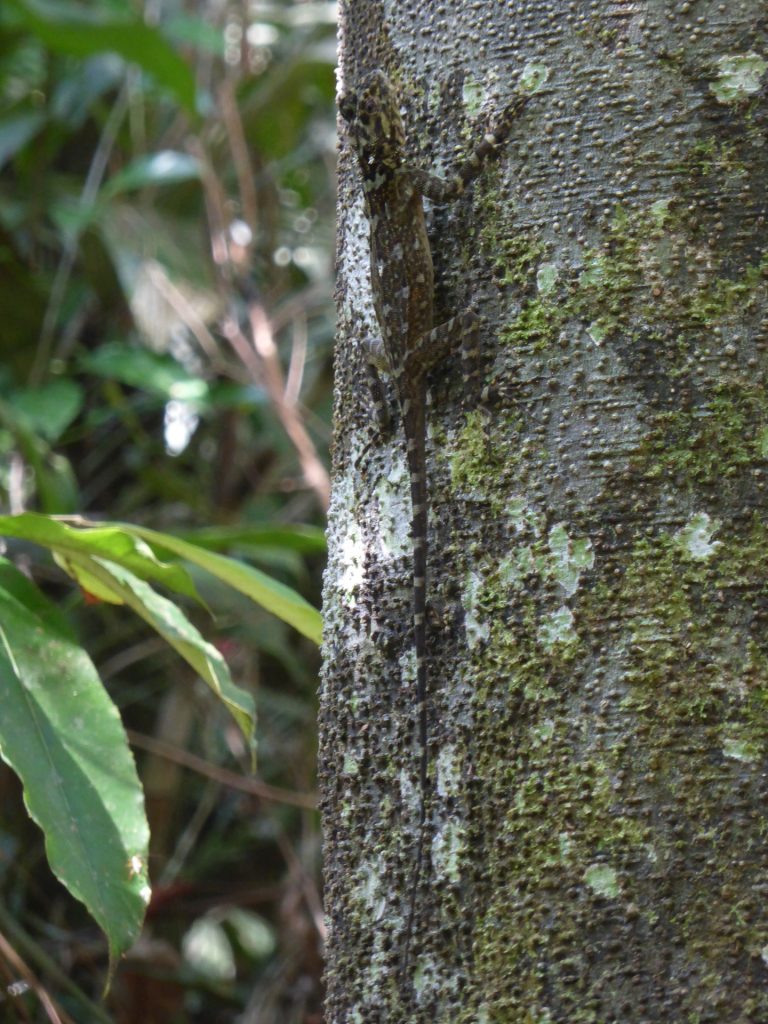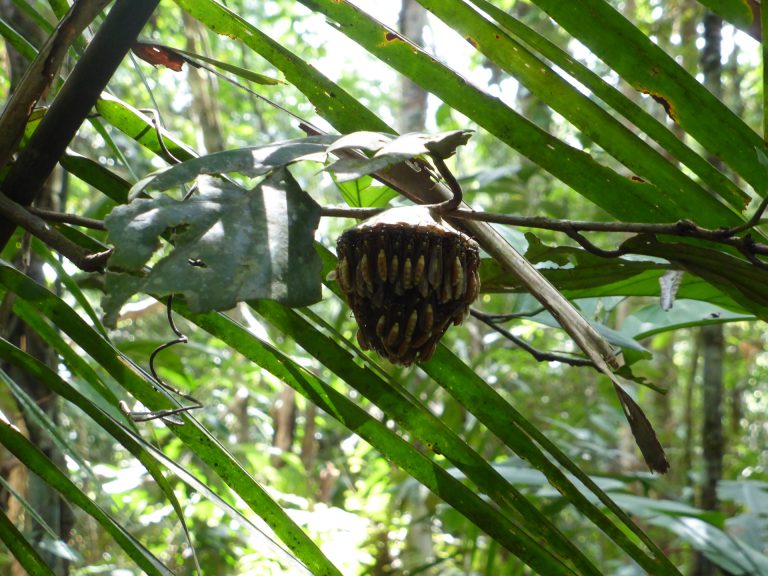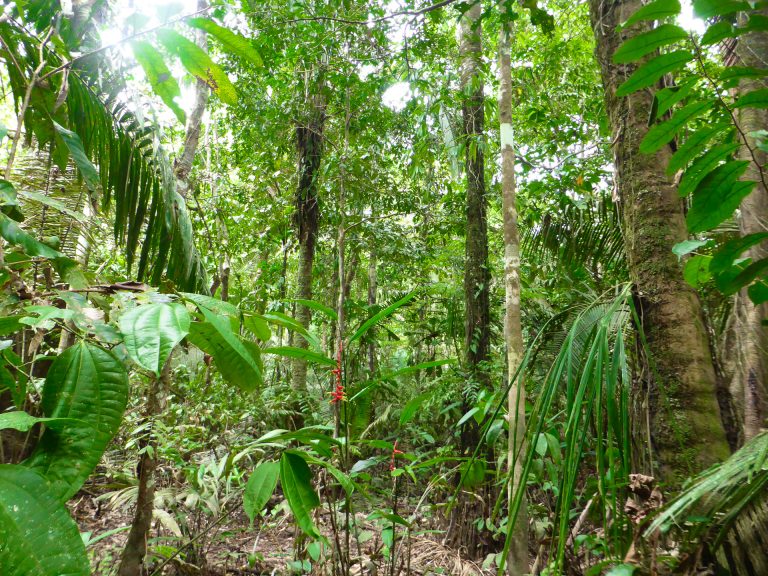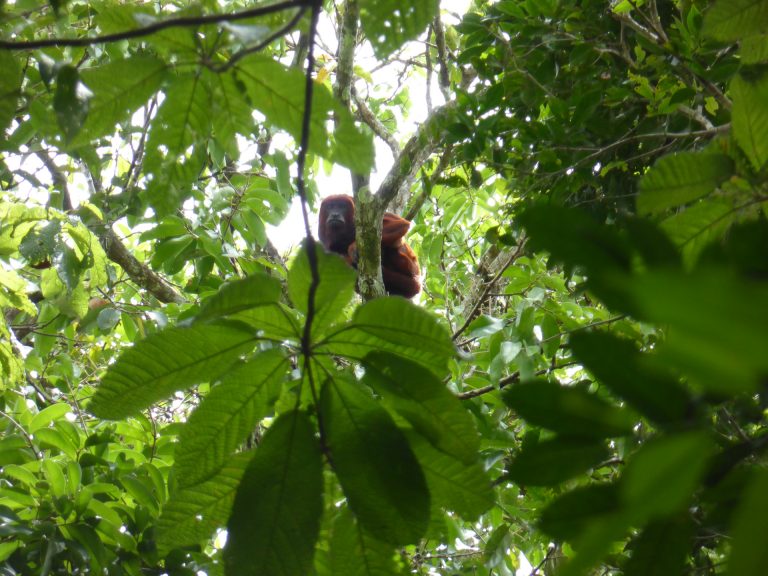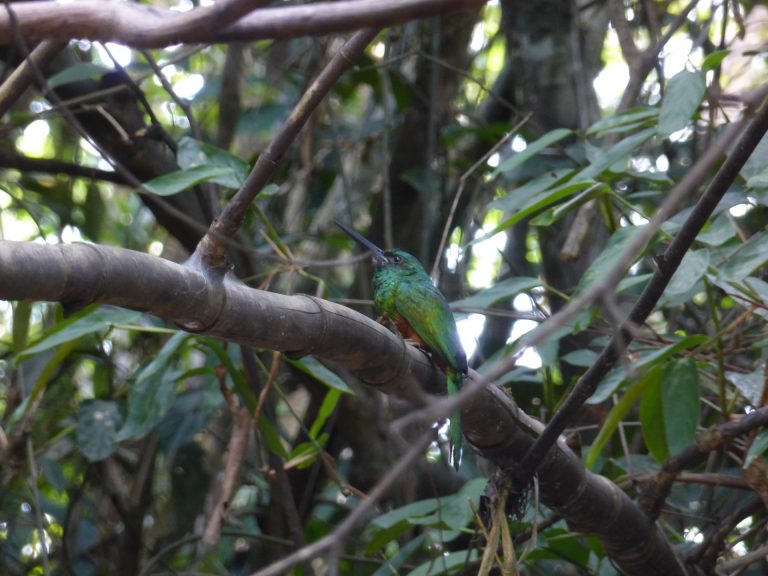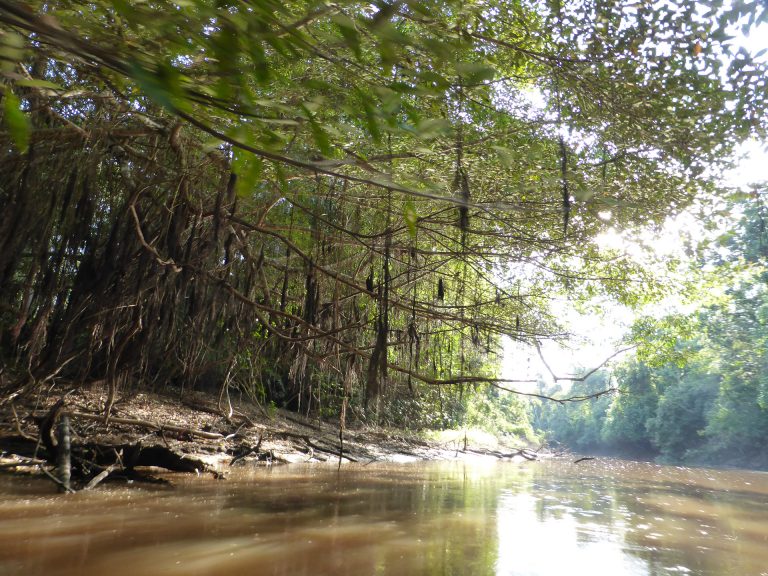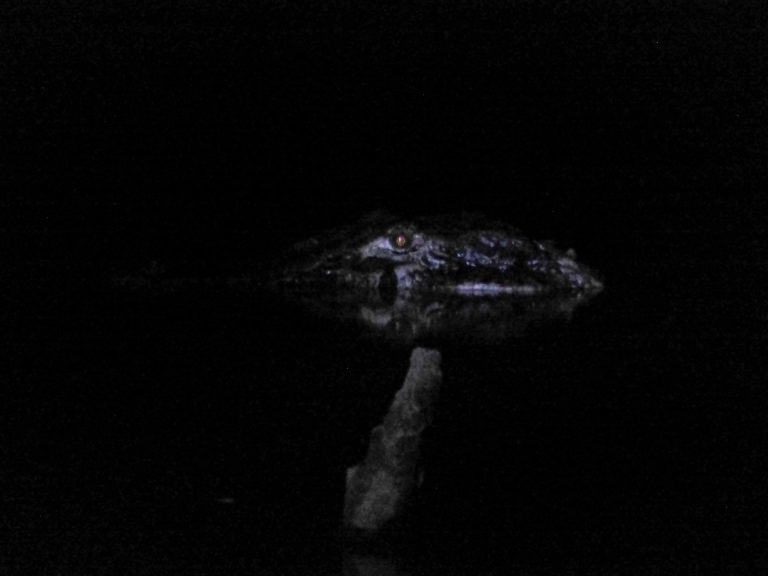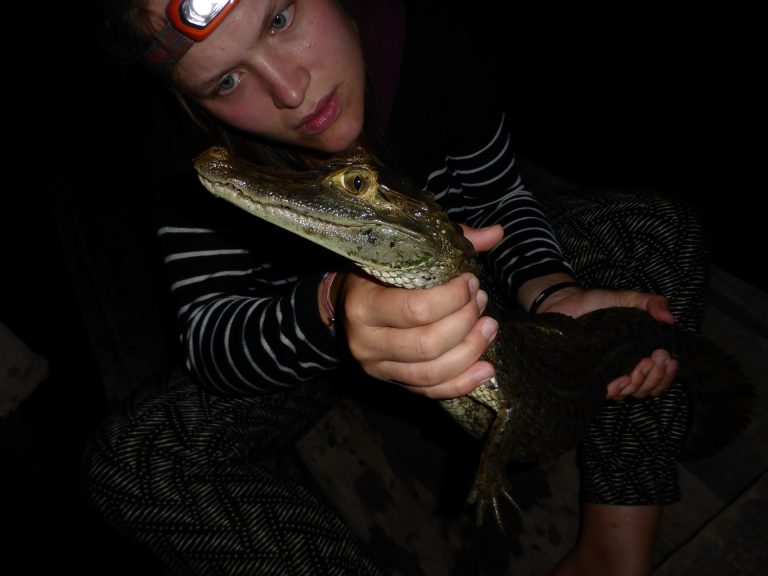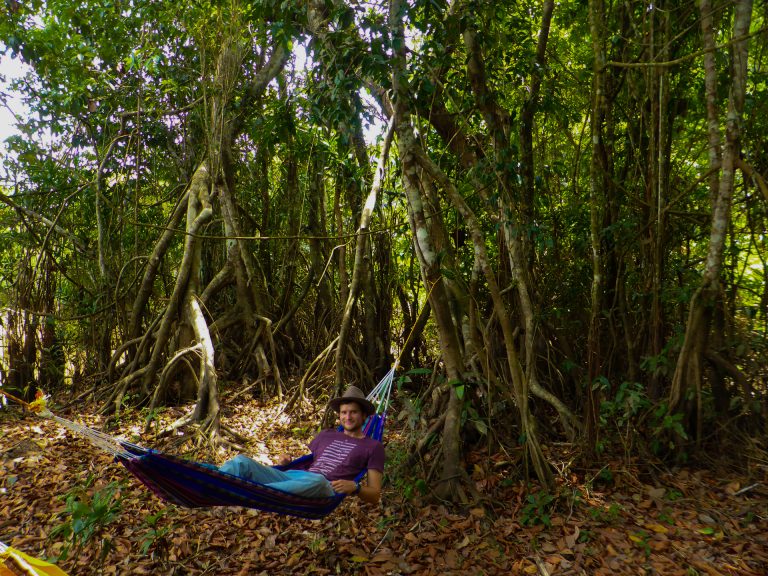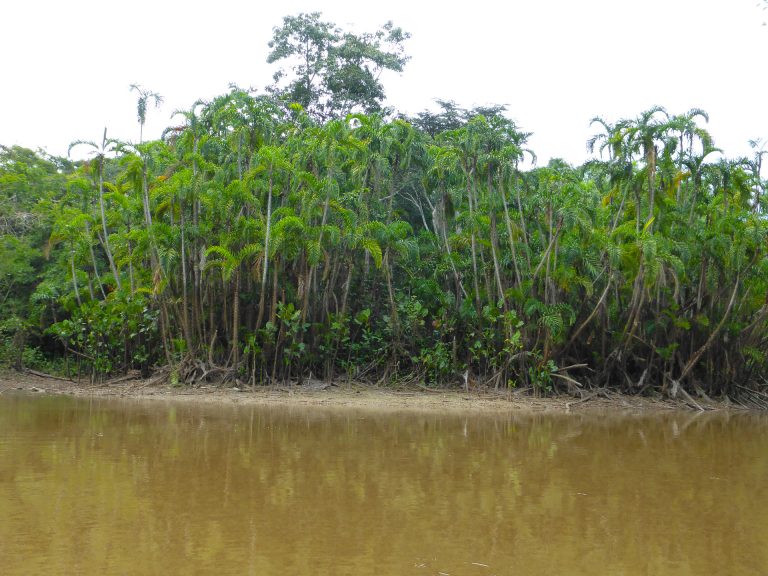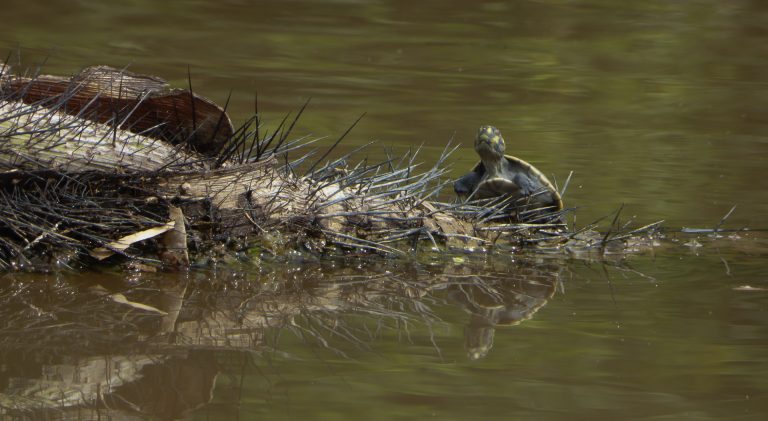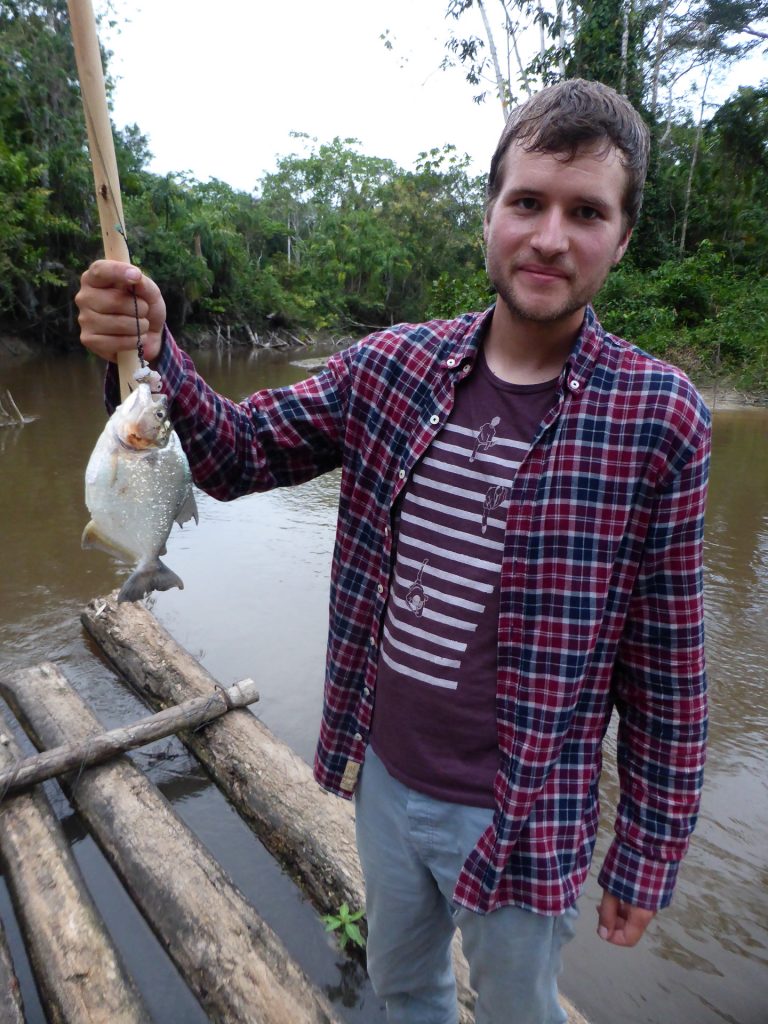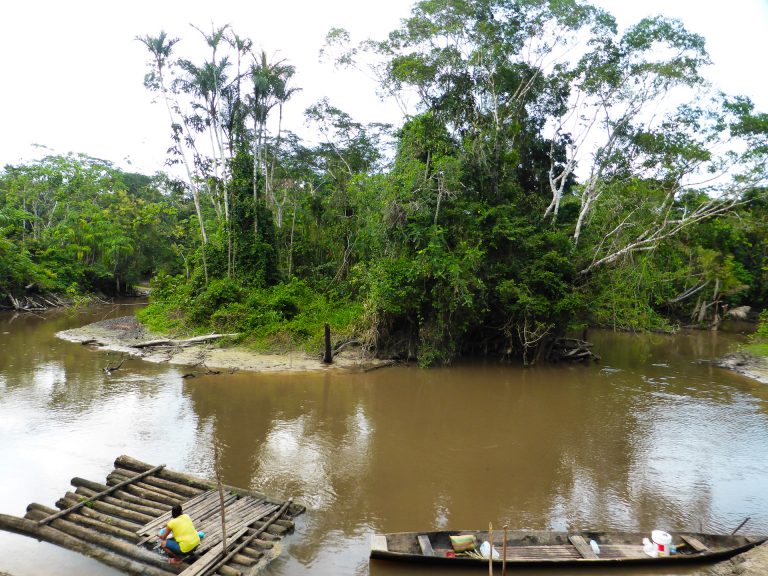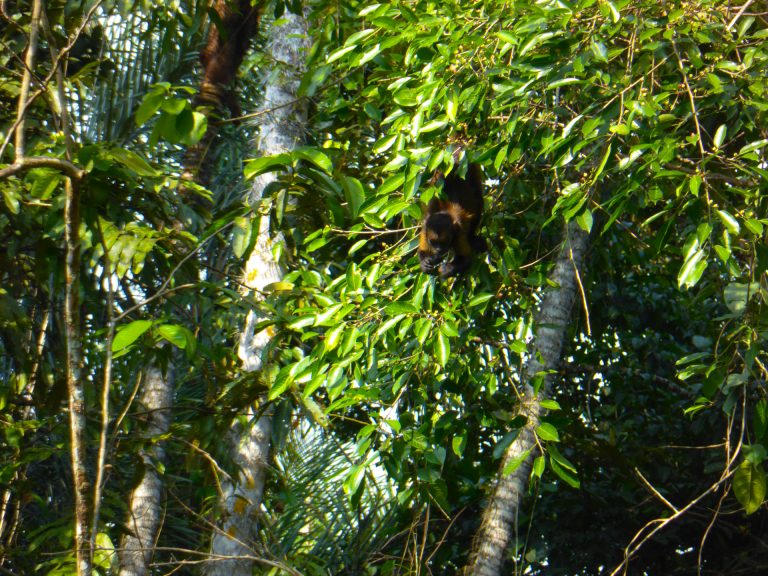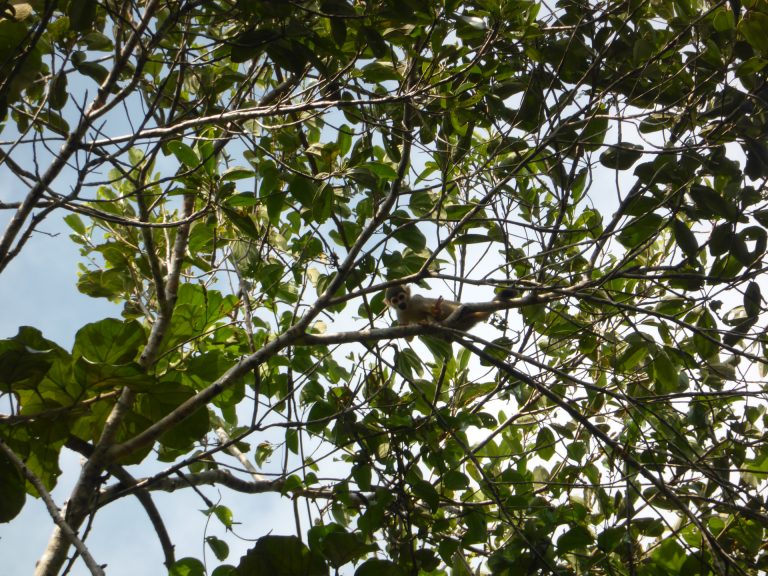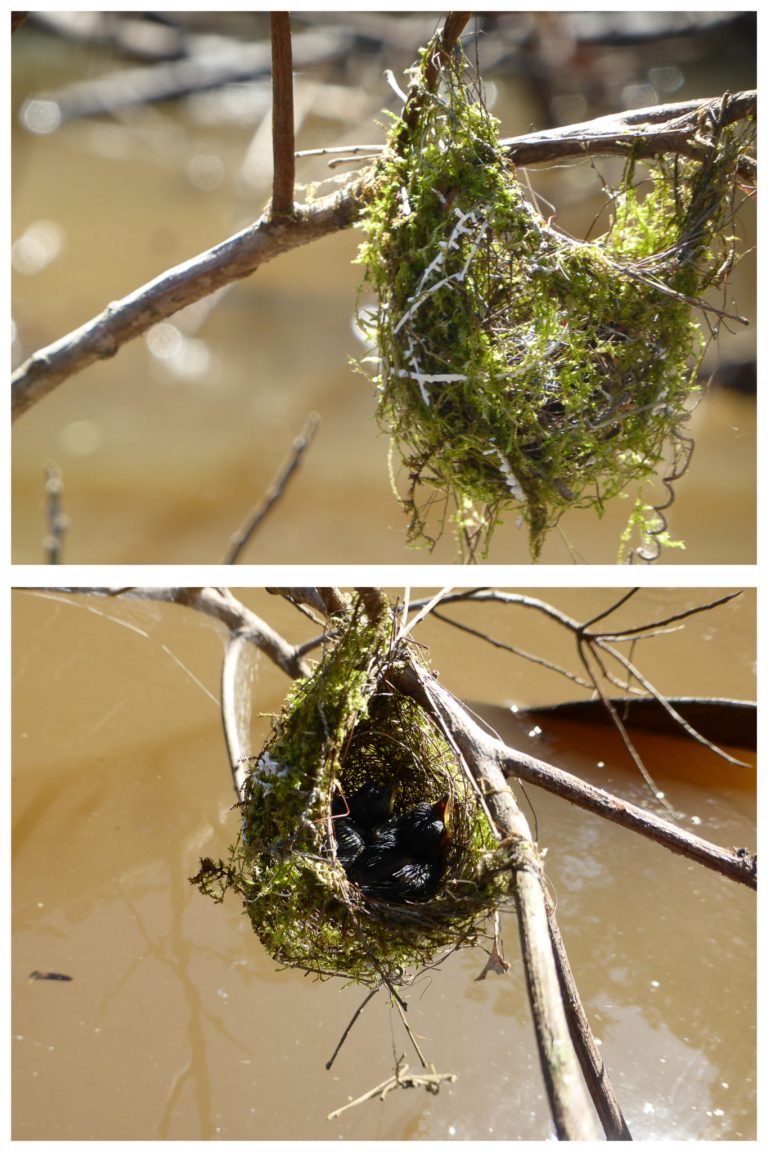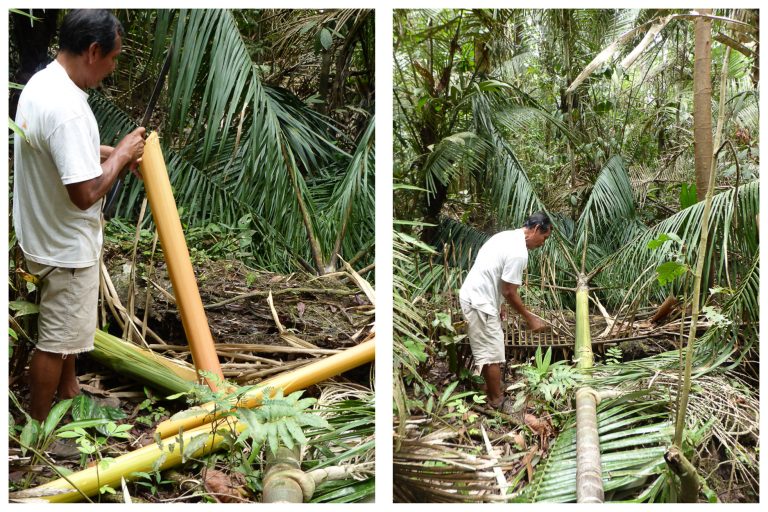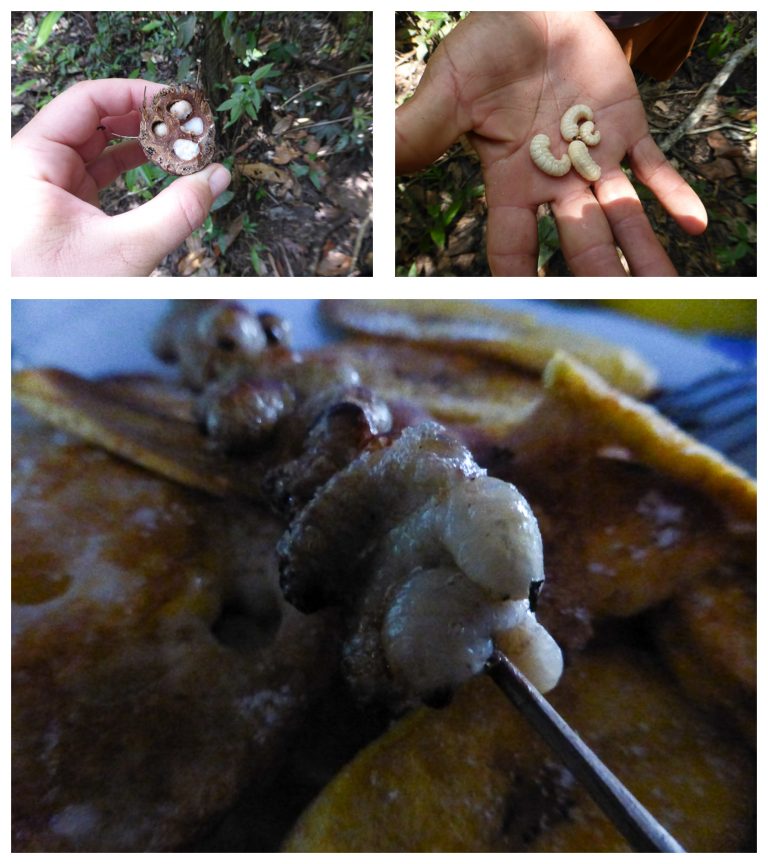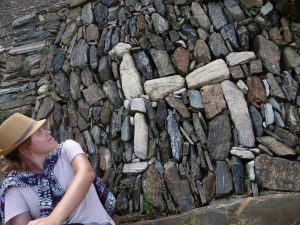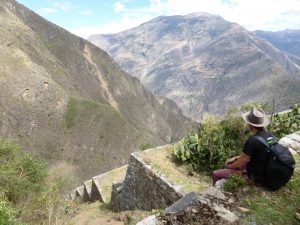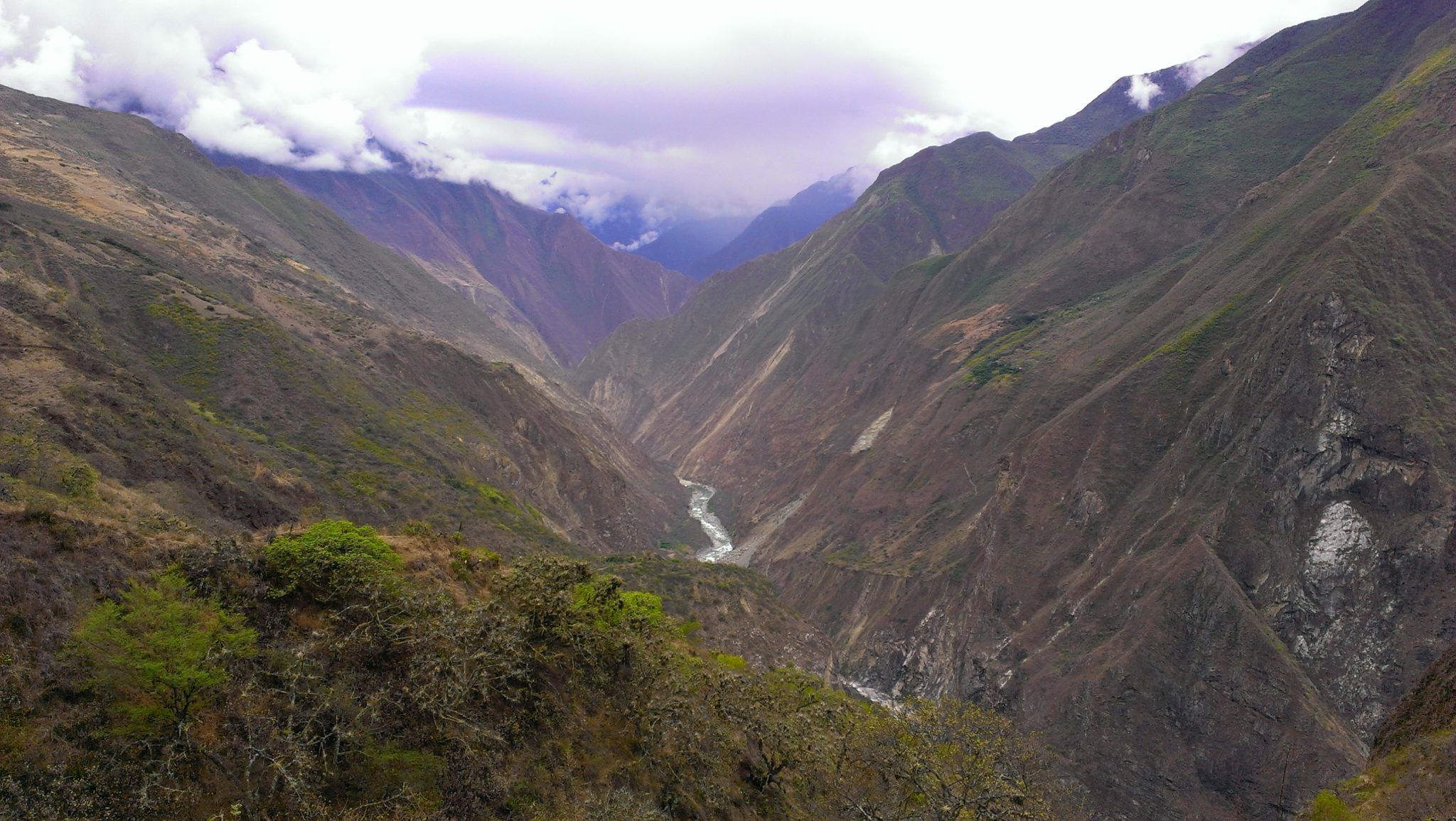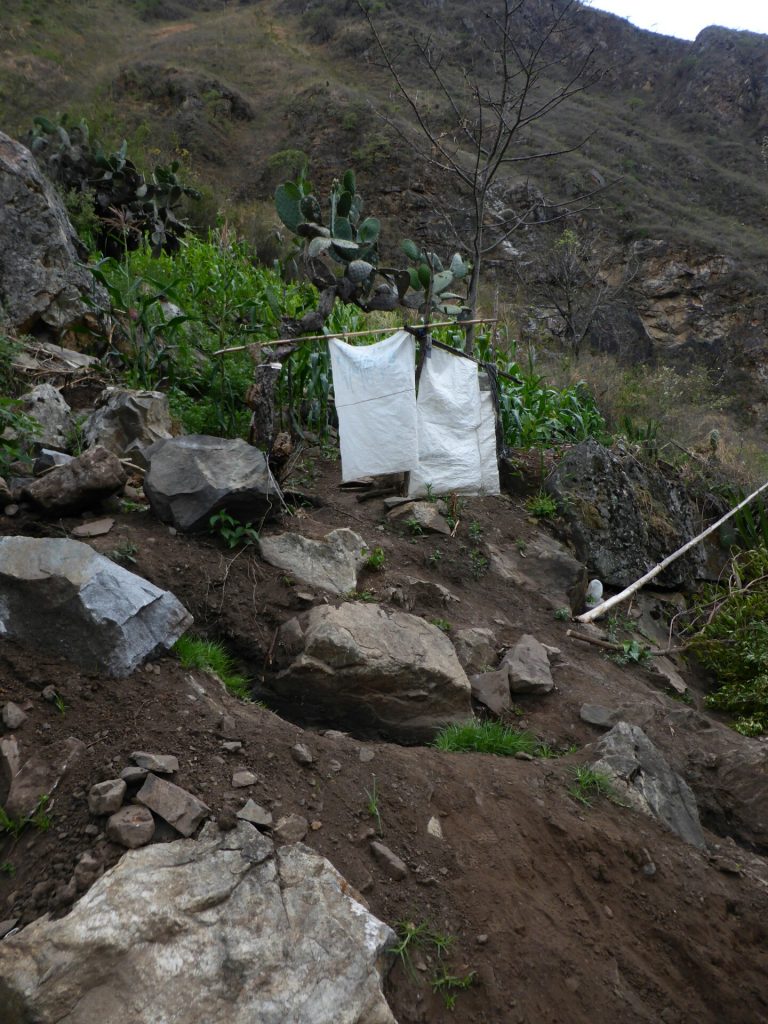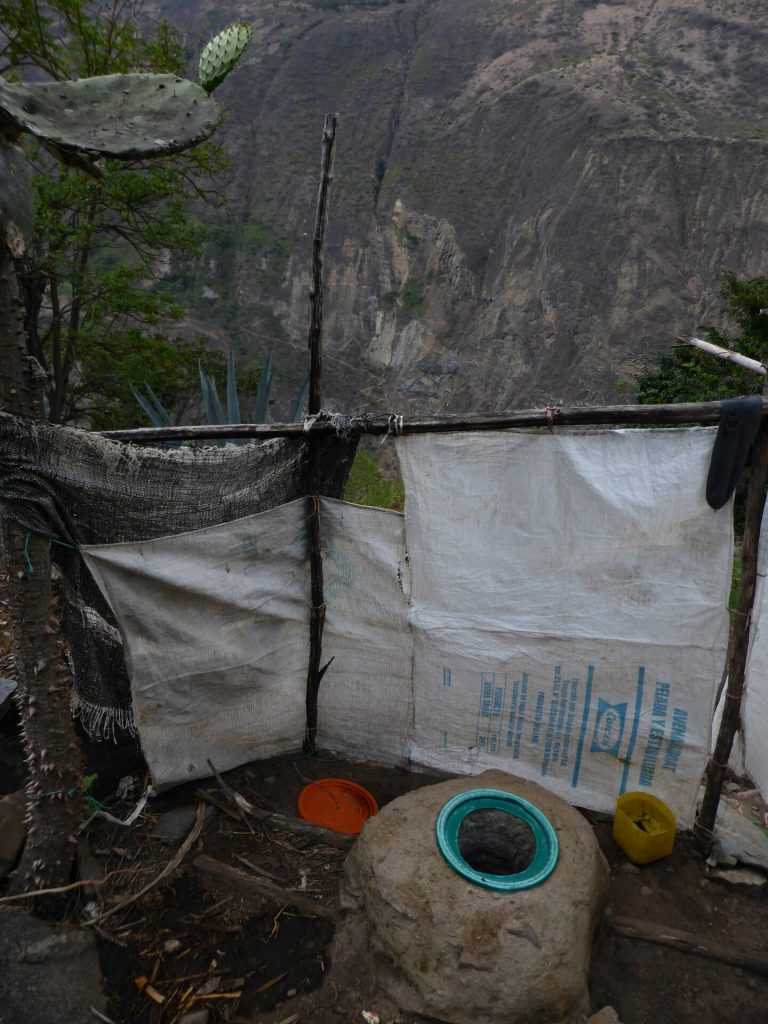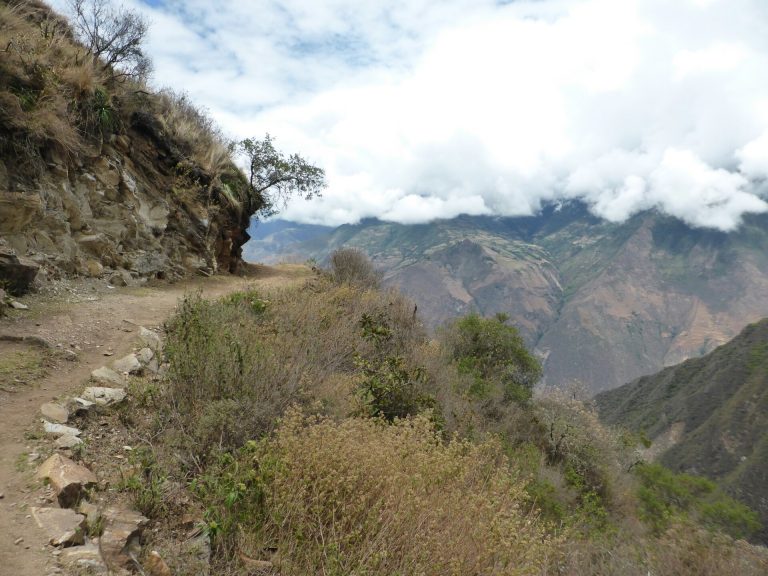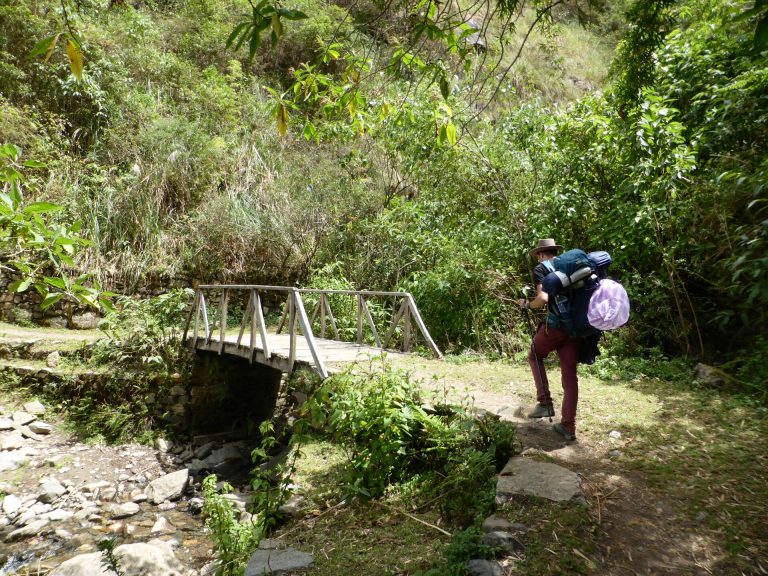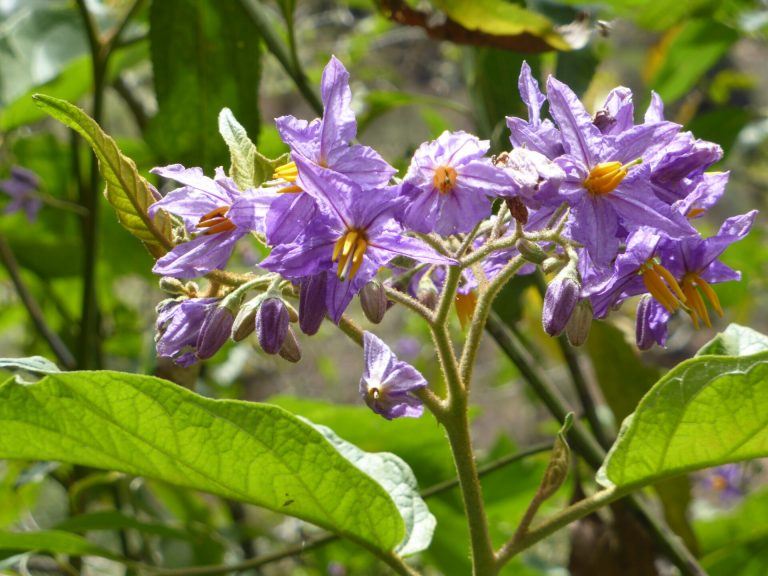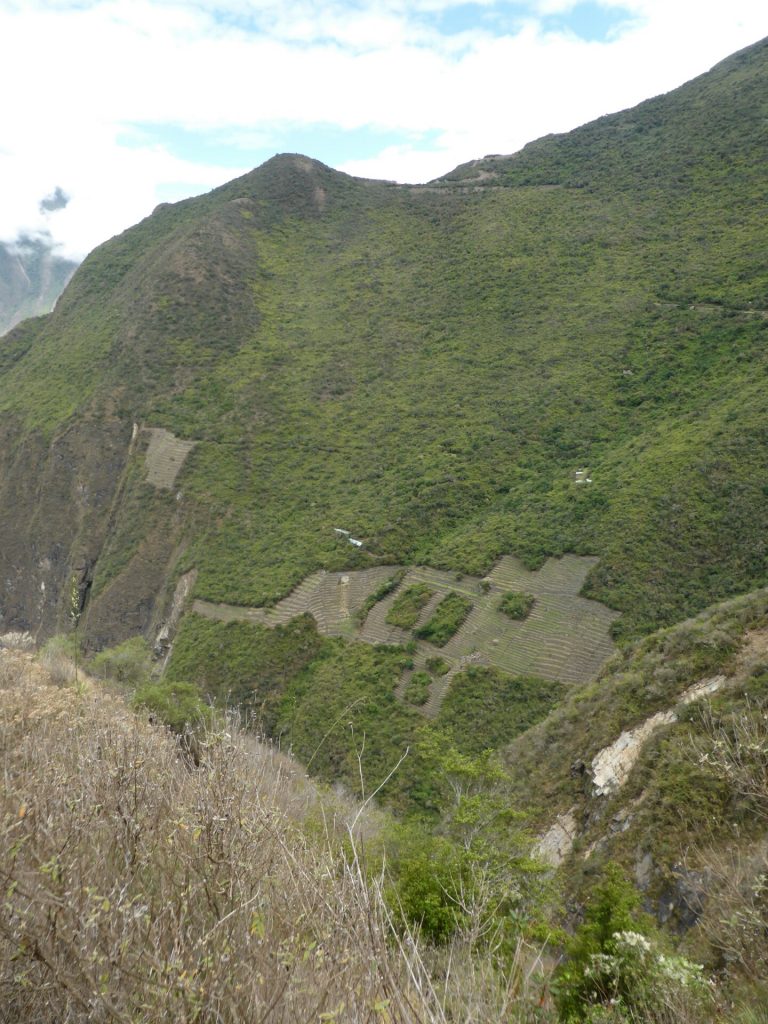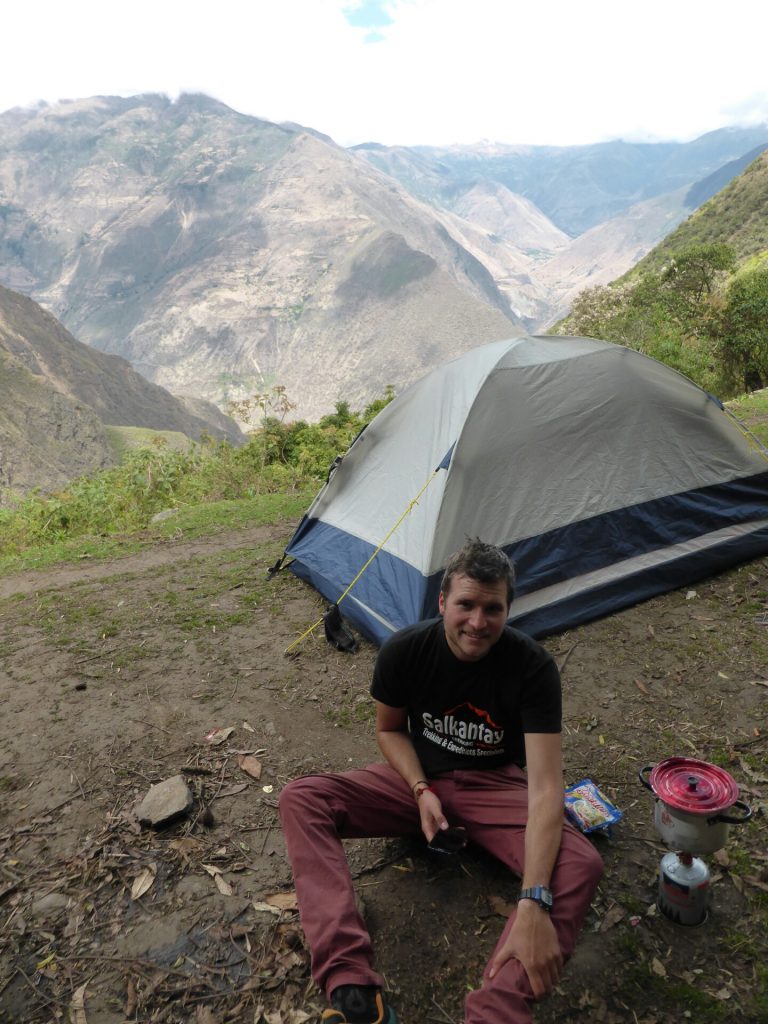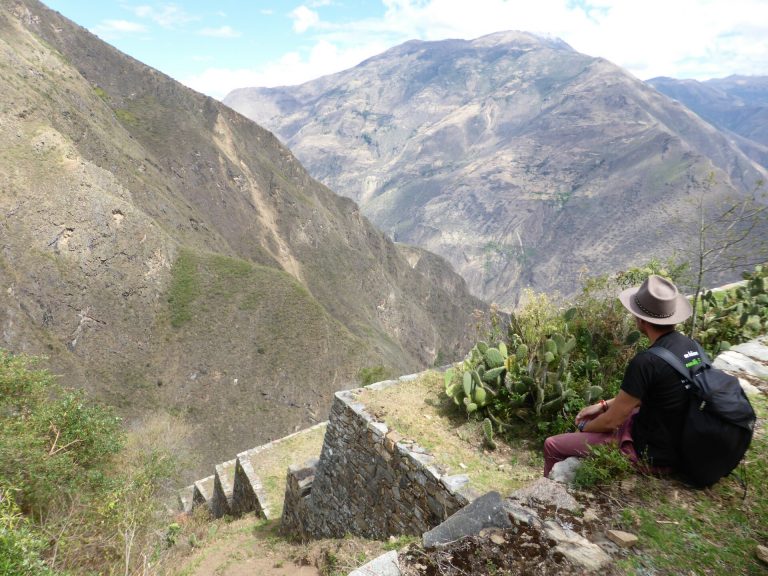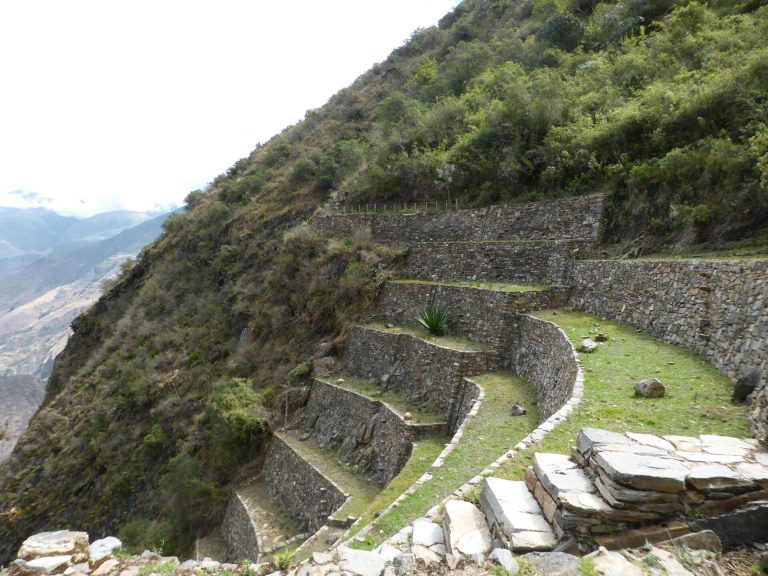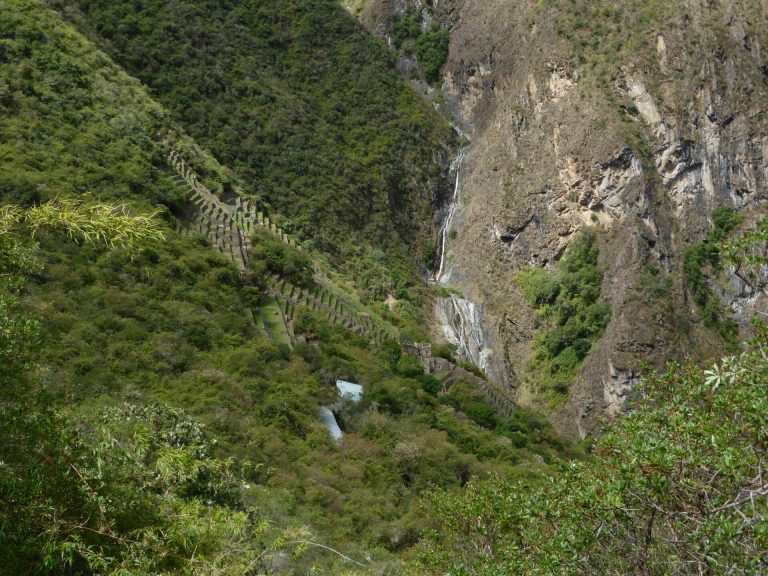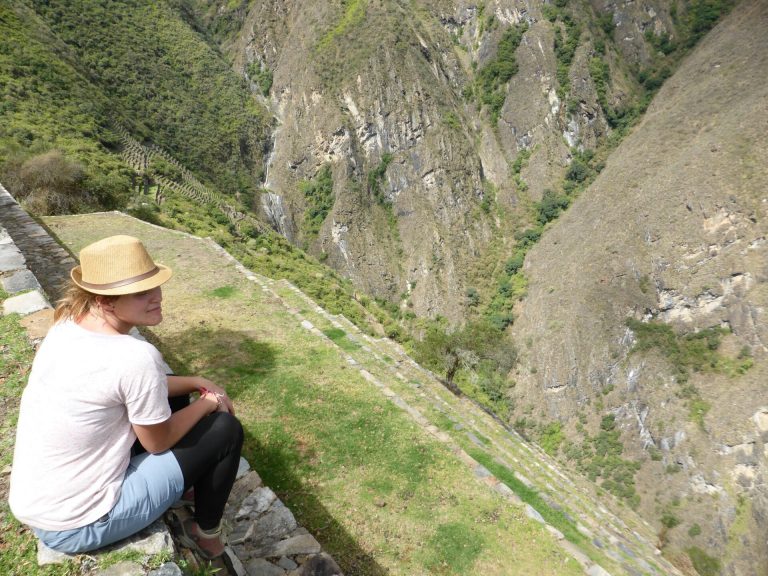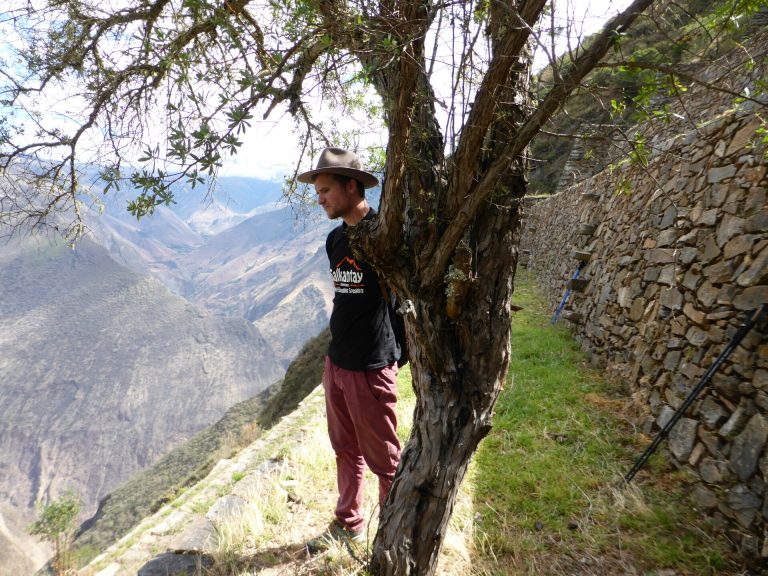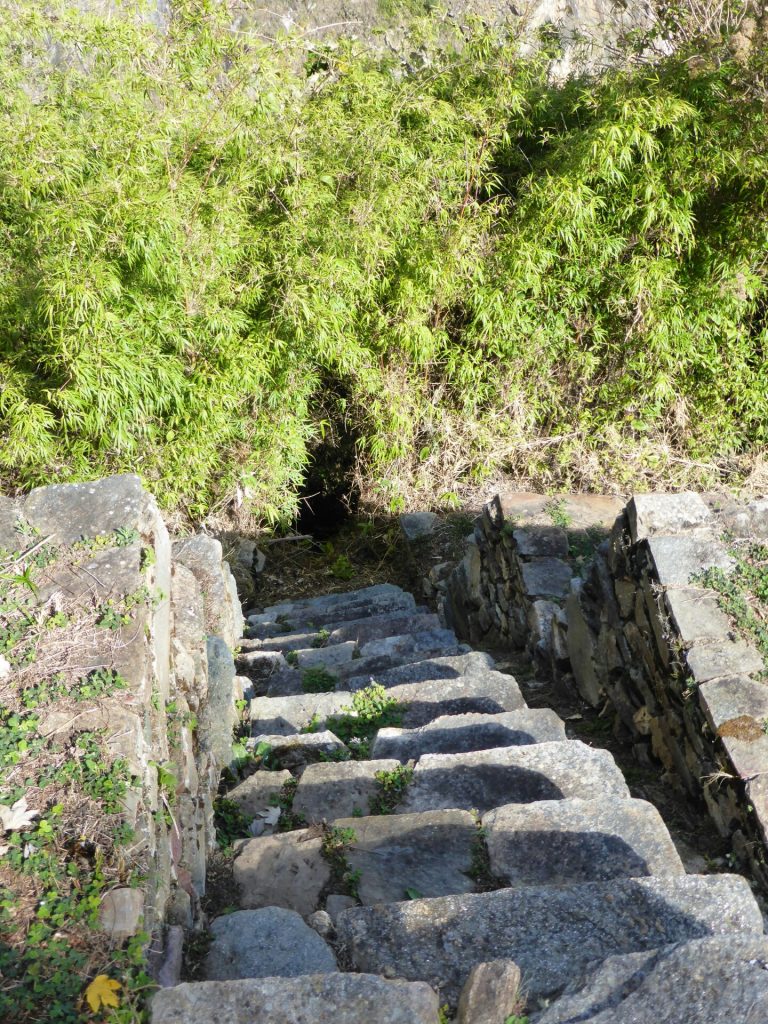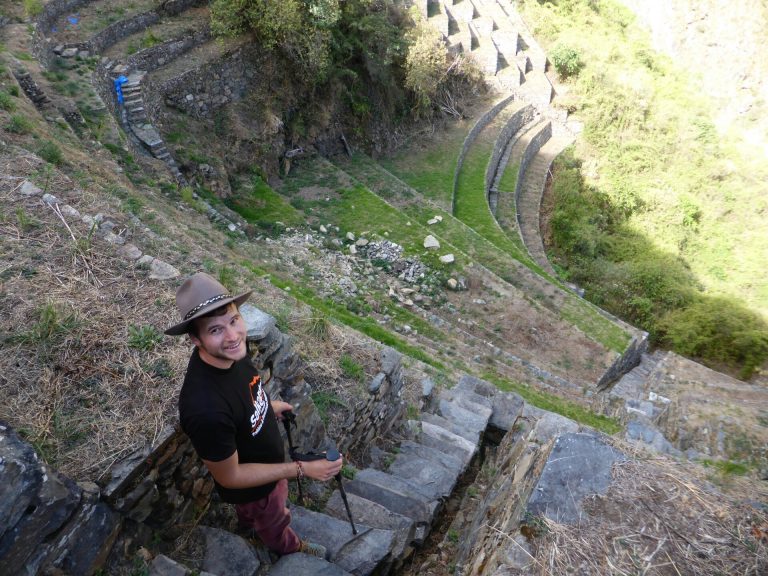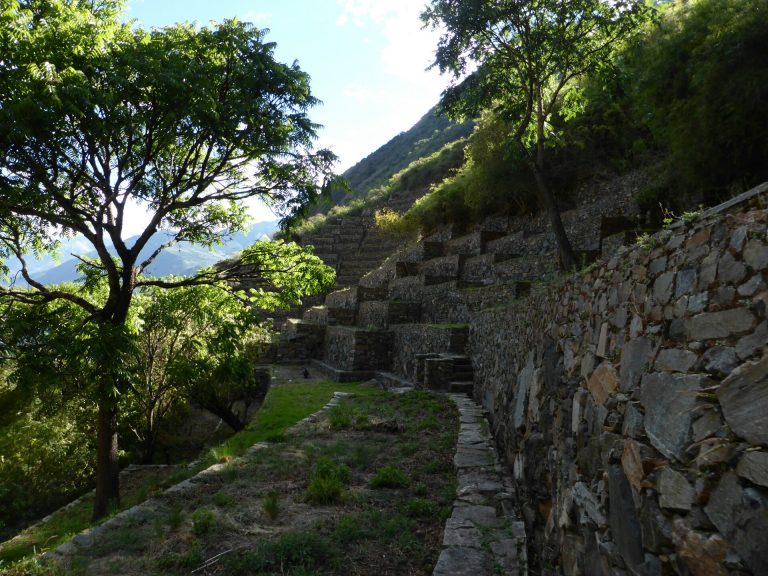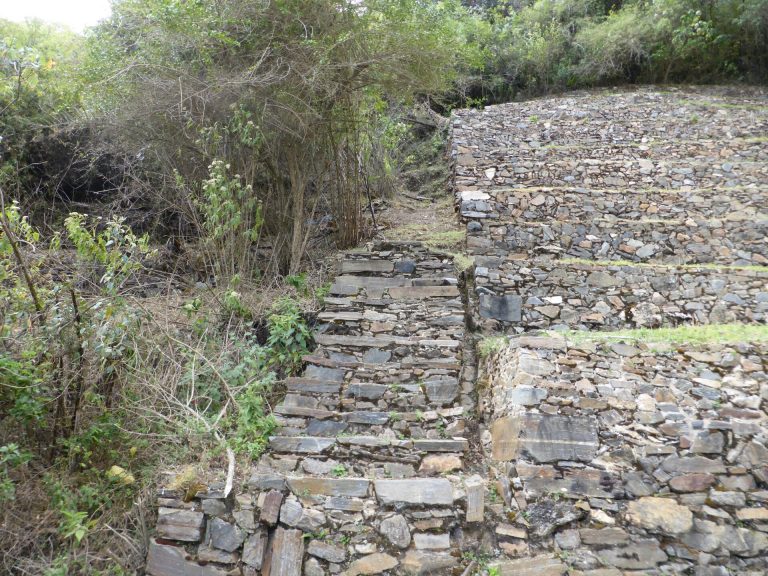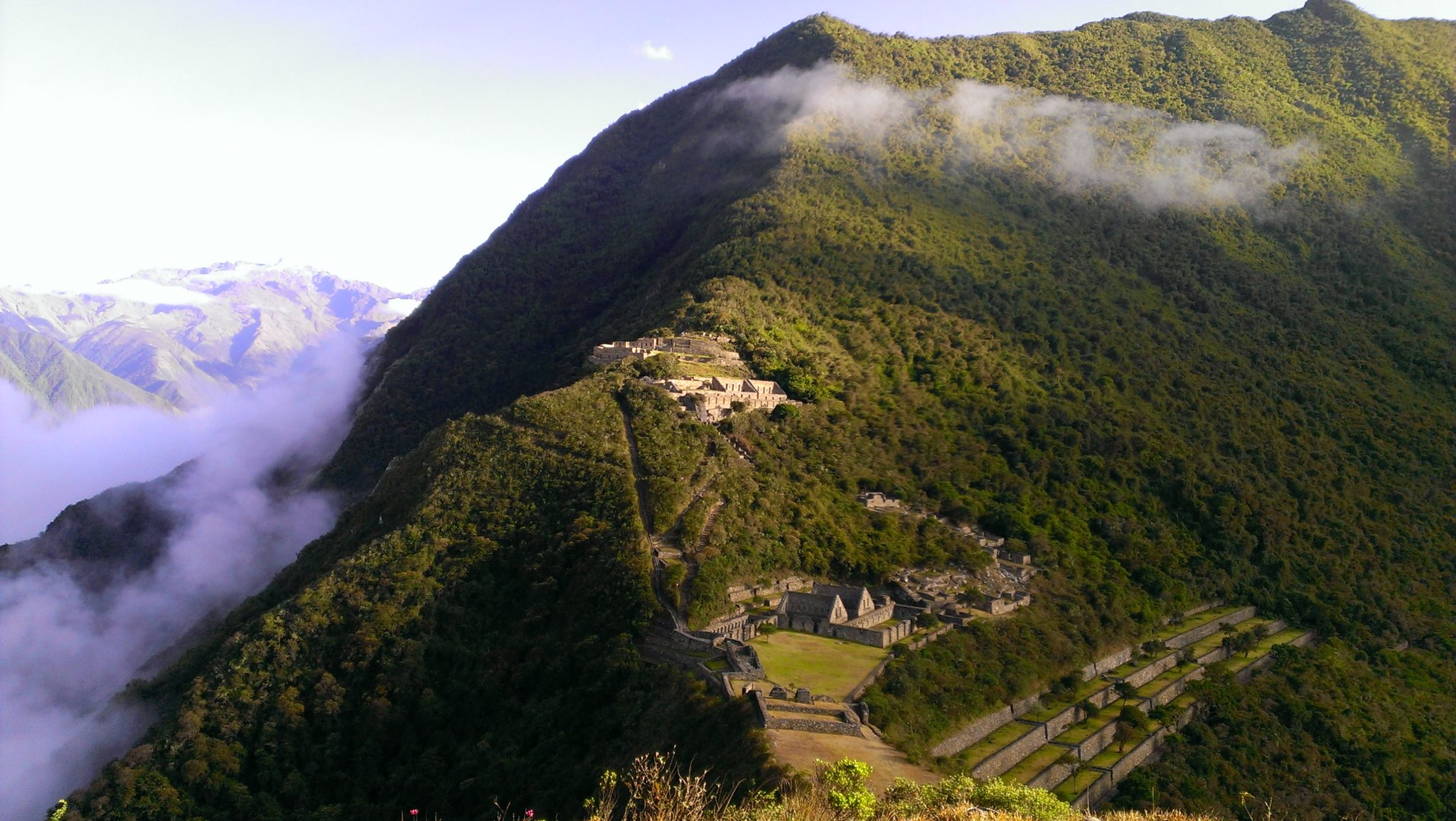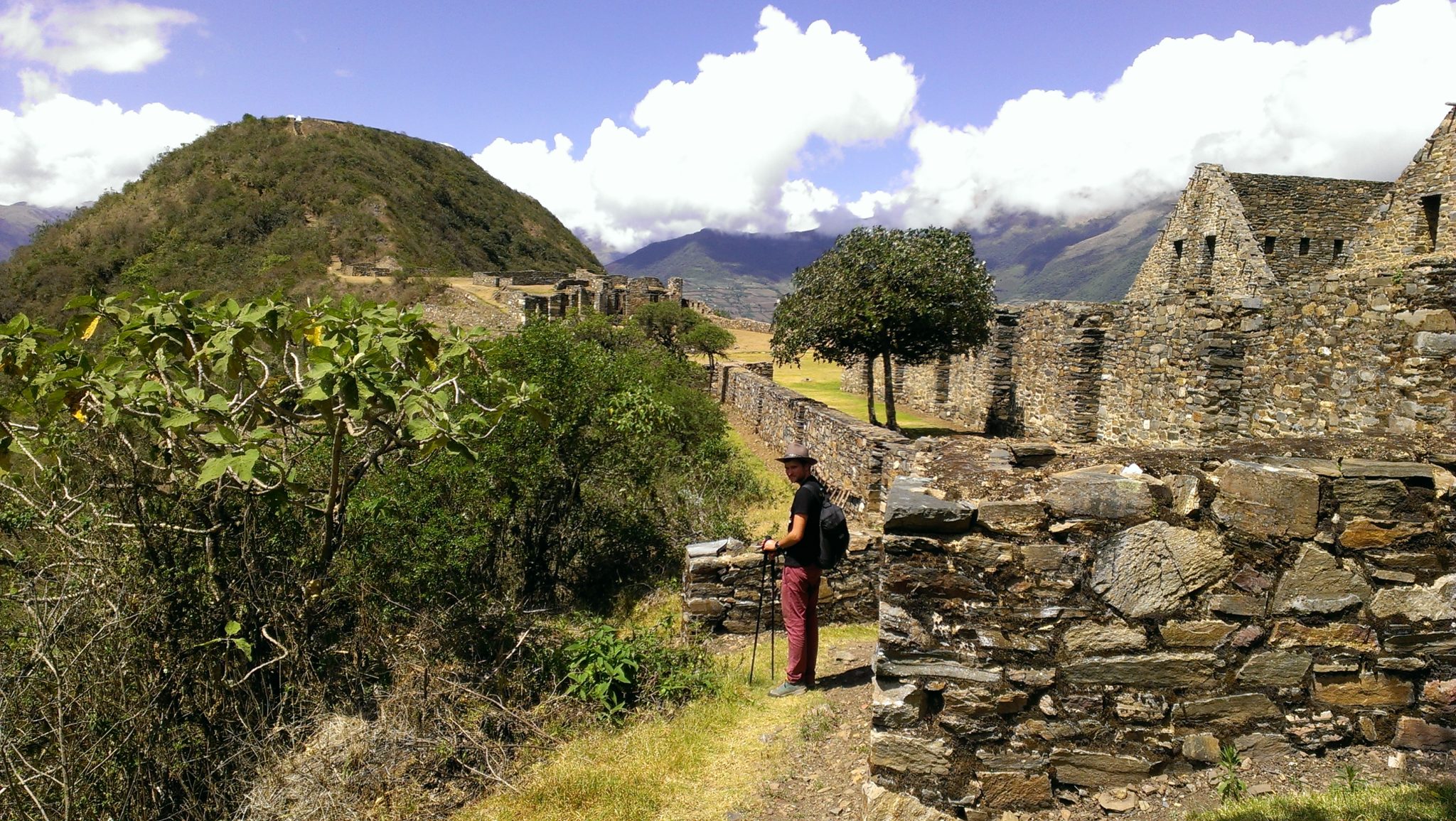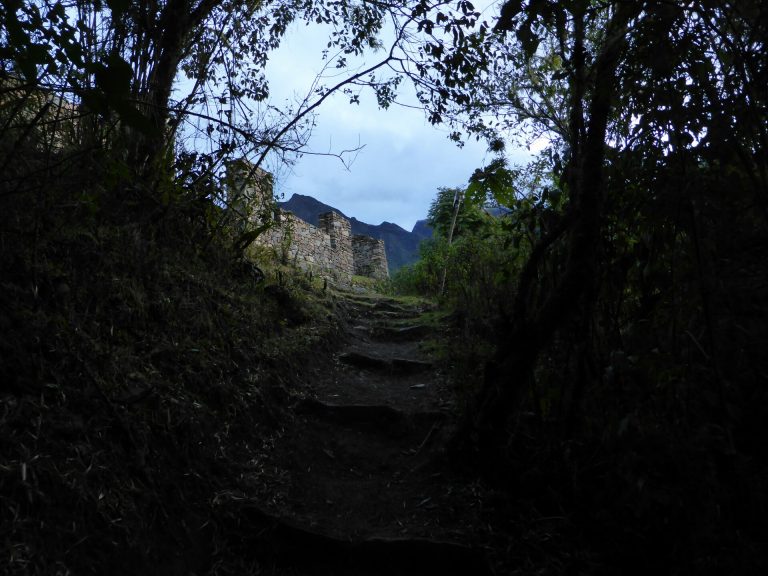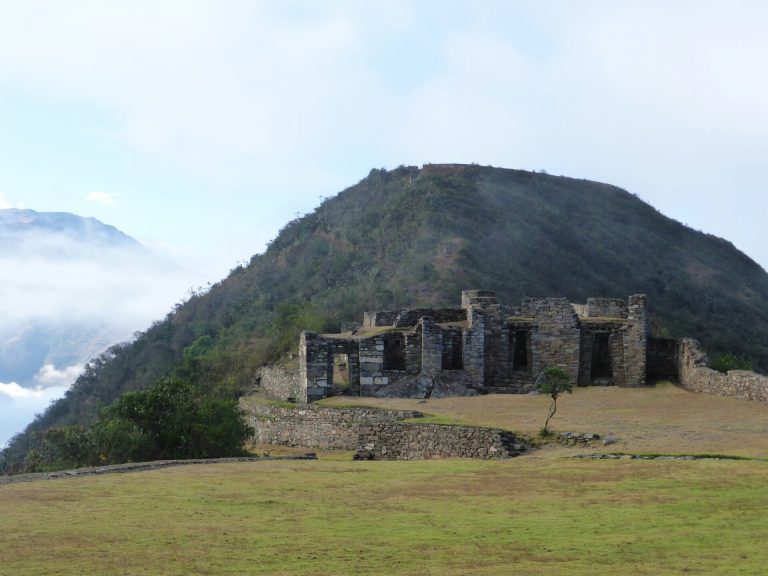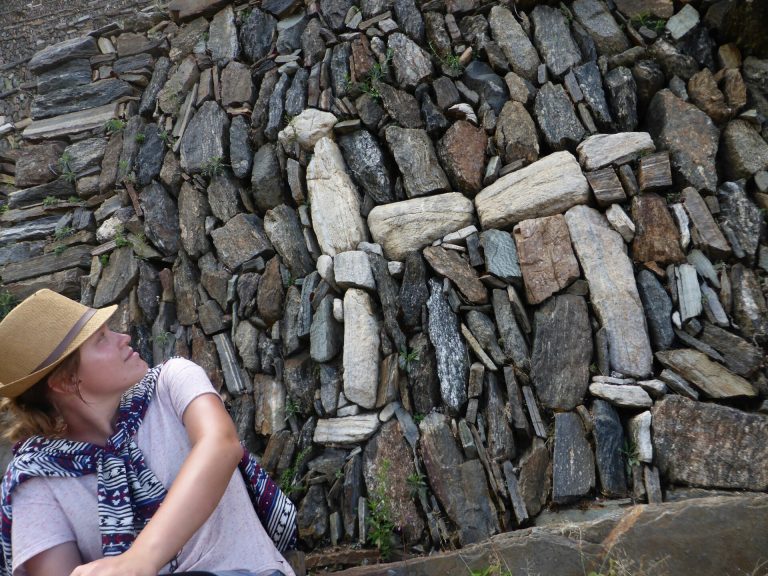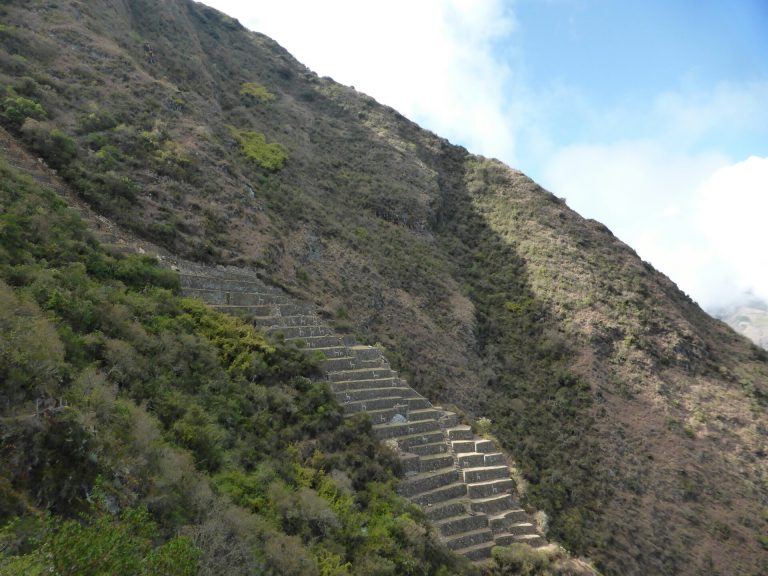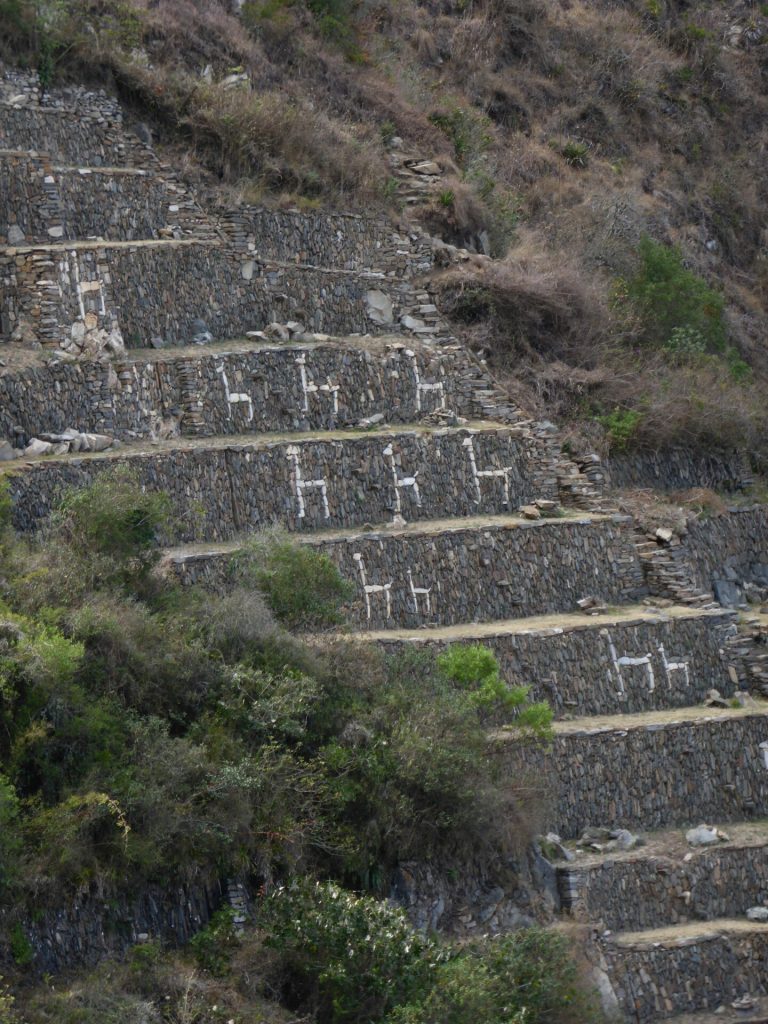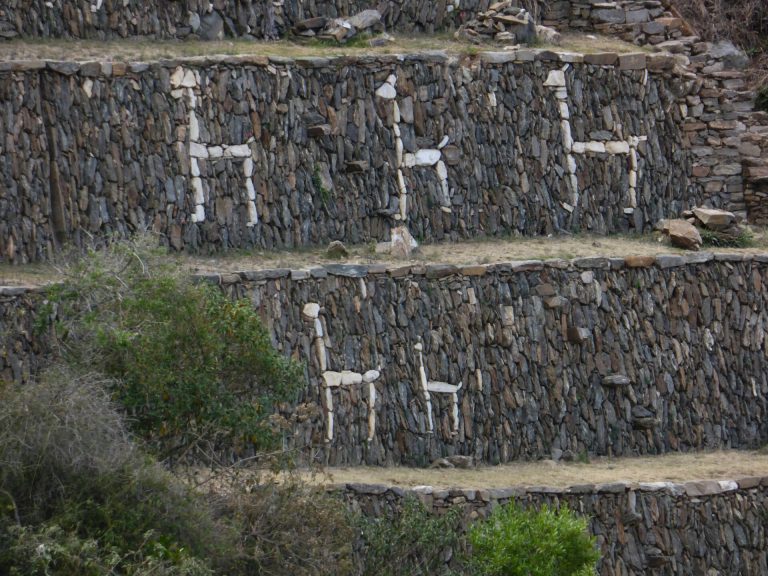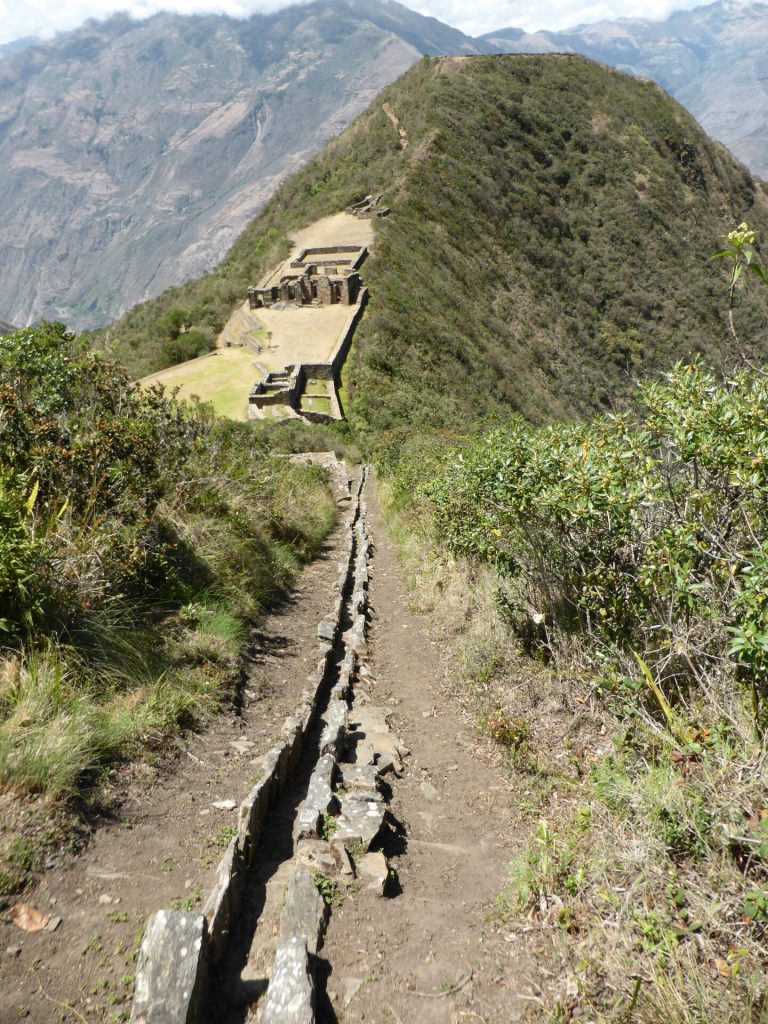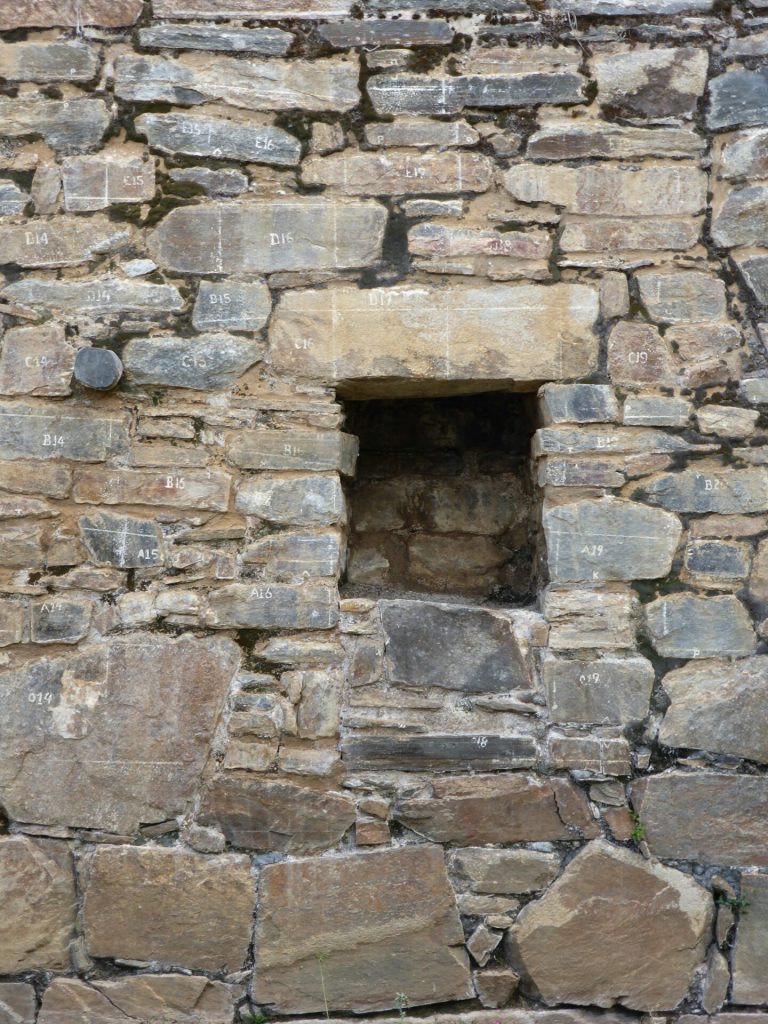In Panama we spend 1070 euro for 24 days so 22.30 euro per person per day. Although it's not visible in the budget, it's not a cheap country compared with Colombia or other South American countries. But we saved a lot of money by volunteering for 2 weeks.
Where did we go?
In Panama we visited Bocas del Toro region, Valle del Anton and Panama City.
How did we travel?
Long distance travel we did by buses but in Panama City we used mostly Uber both for transport and a nice conversation 🙂 in the area of Bocas we had to use boat taxis. All of that fun transport costed us 92 euros.
Example: Bus from Almirante (mainland next to Bocas del Toro) to Panama City costed 13.9 dollar (round 12 euro) per person and it was an overnightbus. Uber taxi from our hostel in Panama City to the Canal (which was the most expensive fare ever because we stopped in a few places and saw the Canal from a lot of viewpoints) was 16.11 dollars (around 14 euro) and a ride from our hostel to the city center or other parts of the city was about 3-5 dollar (around 2.8 - 4.4 euro). Boat taxis in Bocas were around 3-5 dollars (2.8- 4.4 euro)
Where did we stay?
On accommodation we spend 296 euro spending 4 days in a private room on Bastimentos (Bocas del Toro) and
the rest in cosy dorms in El Valle and Panama City.
Examples: private room on Bastimentos was 45 dollar (around 39 euro) per night per room and a bed in dorms were around 15 dollar per night (around 13 euro) although we volunteered for two weeks so we didn't pay for our cosy bed during that period.
What did we eat?
As usual we mostly cooked ourselves but really good food, we are not instant noodles type of people:) that's how we spend 343 euros. Unfortunately fresh vegetables and fruit is not cheap in Panama, it also didn't help that the closest supermarket in Panama City was kosher.... (yep it was a shock for us too).
On Bastimentos we didn't have a kitchen so we had to eat out and we also treated ourselves with a nice meal in Panama City so all of that resulted in 266 euros. Few of those euros came with ice cream so necessary in such a warm country:)
How expensive are museums, tours etc?
On tourism we spent 66 euro taking a tour on Bocas del Toro to an idyllic beach of Isla Zapatilla. Except for that we did mostly hikes and the nature we saw was for free:)
What else did we spend our dollars on?
6 euros went on peeing in public toilets and putting stitches on JD's head.
Our tips to save money in Panama:
- Cooking on your own is the best way to save money. It's healthier, often more delicious and almost always cheaper
- If you don't want to use public transport in Panama City, use Uber! It's easy, fast and very safe. And it's not very expensive especially if you travel with the 2 of you or more.
- Volunteer! We did that and it not only saved us some money but it gave us the opportunity to meet incredible people and stay longer in places. We used workaway to volunteer in El Valle in Panama.
P.S. Exchange rate used for the overal budget 1 USD= 1.11EURO
If you have any questions or you would like to take a look at our spreadsheet, let us know:)
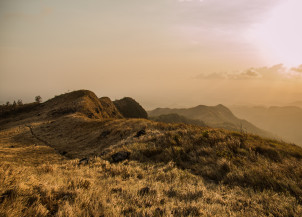
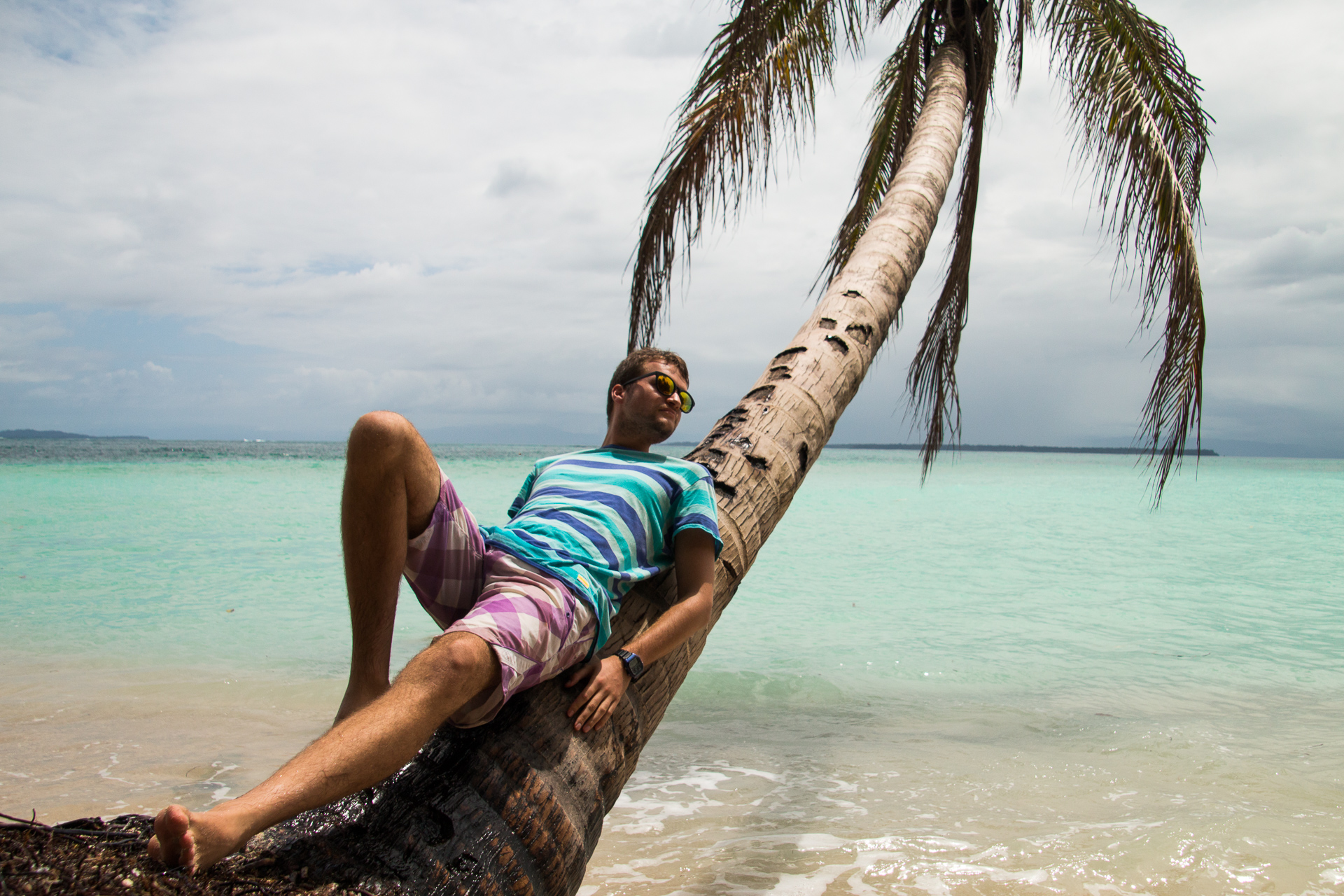

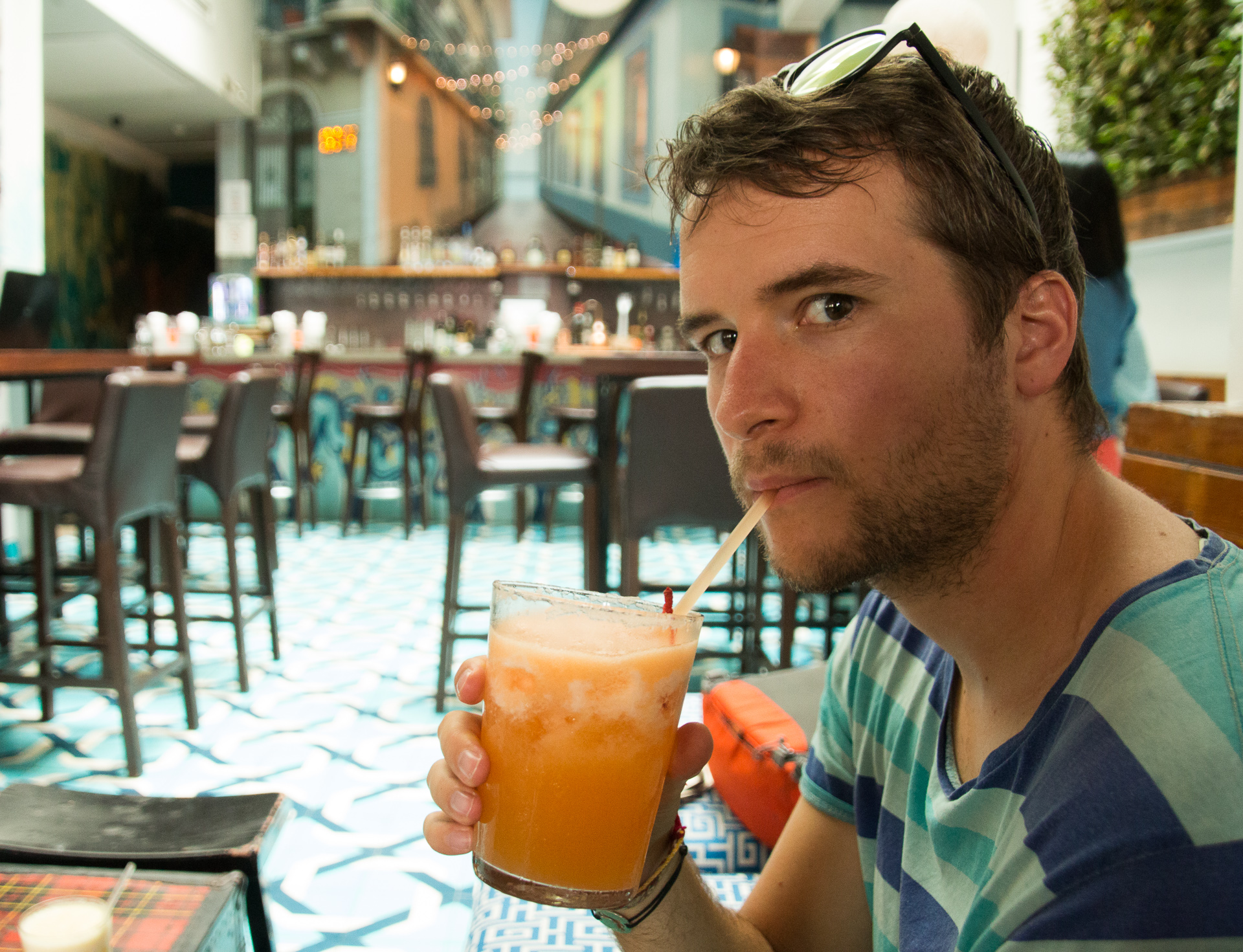
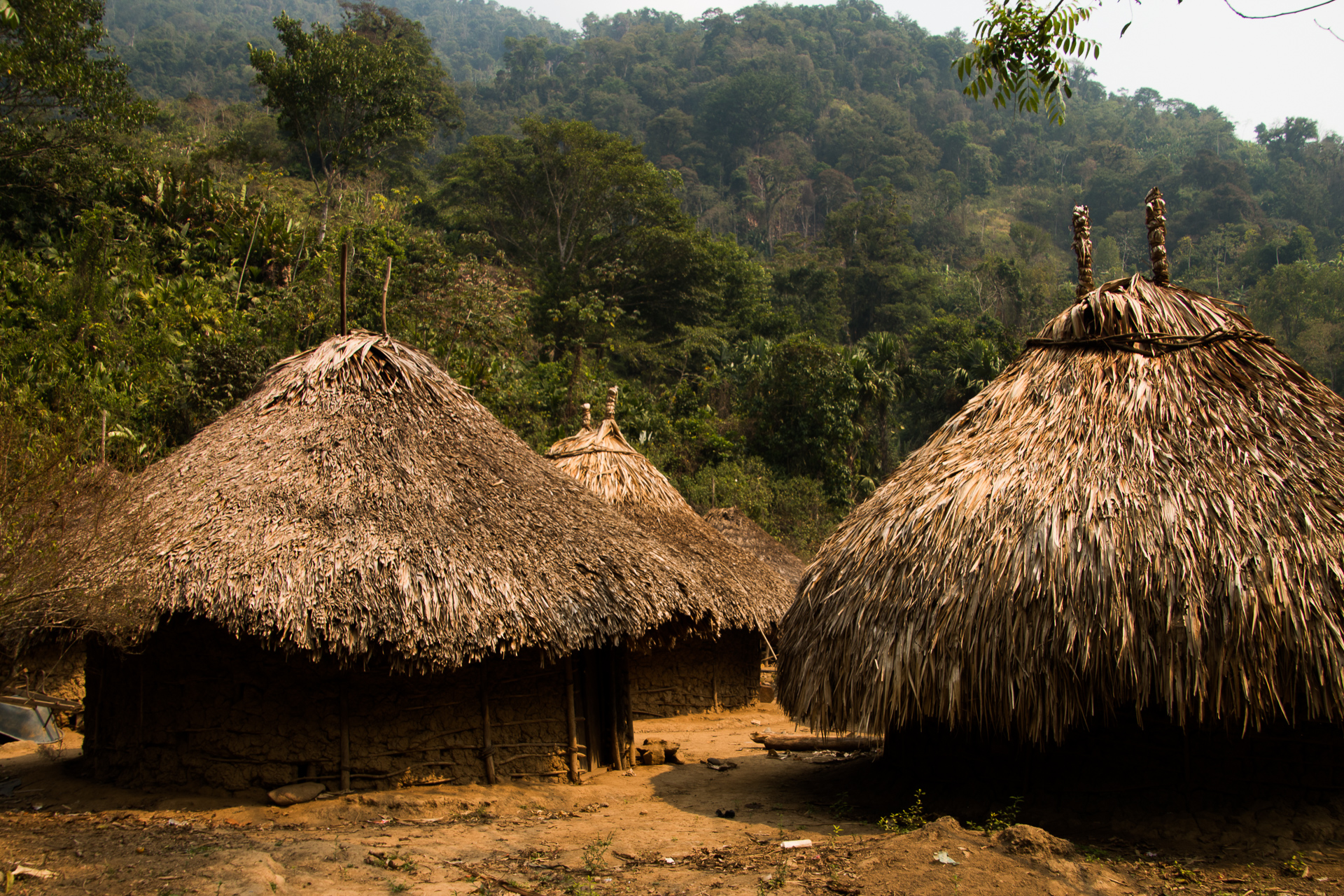
 So it's hard to say how much of their tradition is still really alive. Along the way we heard about other Kogis communities living higher in the mountains, that are isolated from the foreign money and culture but since we haven't seen them, we can't judge.
So it's hard to say how much of their tradition is still really alive. Along the way we heard about other Kogis communities living higher in the mountains, that are isolated from the foreign money and culture but since we haven't seen them, we can't judge. The ruins were just breathtaking!! Huge, stone constructions, arising from the jungle. I can imagine it was hidden and forgotten for so many years. And the mystical atmosphere surrounding it. We could hear the birds and the nature was truly singing. We were not alone but the few people that were there got spread through the ruins and disappeared between the terraces. Just us, the ruins, nature and... a few young soldiers with huge guns. Good that it's all safe now because if someone would like to kidnap us (and it happened already in 2003 with a group of tourists and their guide) I don't know if those tiny boys with big guns would know what to do actually.
The ruins were just breathtaking!! Huge, stone constructions, arising from the jungle. I can imagine it was hidden and forgotten for so many years. And the mystical atmosphere surrounding it. We could hear the birds and the nature was truly singing. We were not alone but the few people that were there got spread through the ruins and disappeared between the terraces. Just us, the ruins, nature and... a few young soldiers with huge guns. Good that it's all safe now because if someone would like to kidnap us (and it happened already in 2003 with a group of tourists and their guide) I don't know if those tiny boys with big guns would know what to do actually.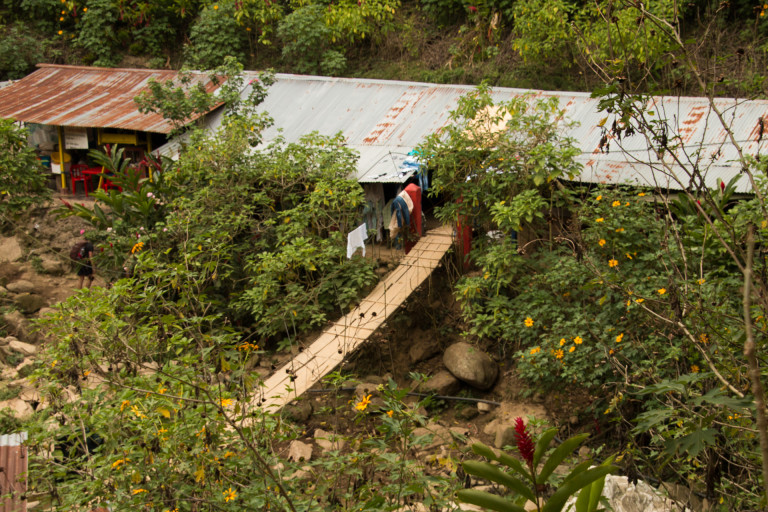
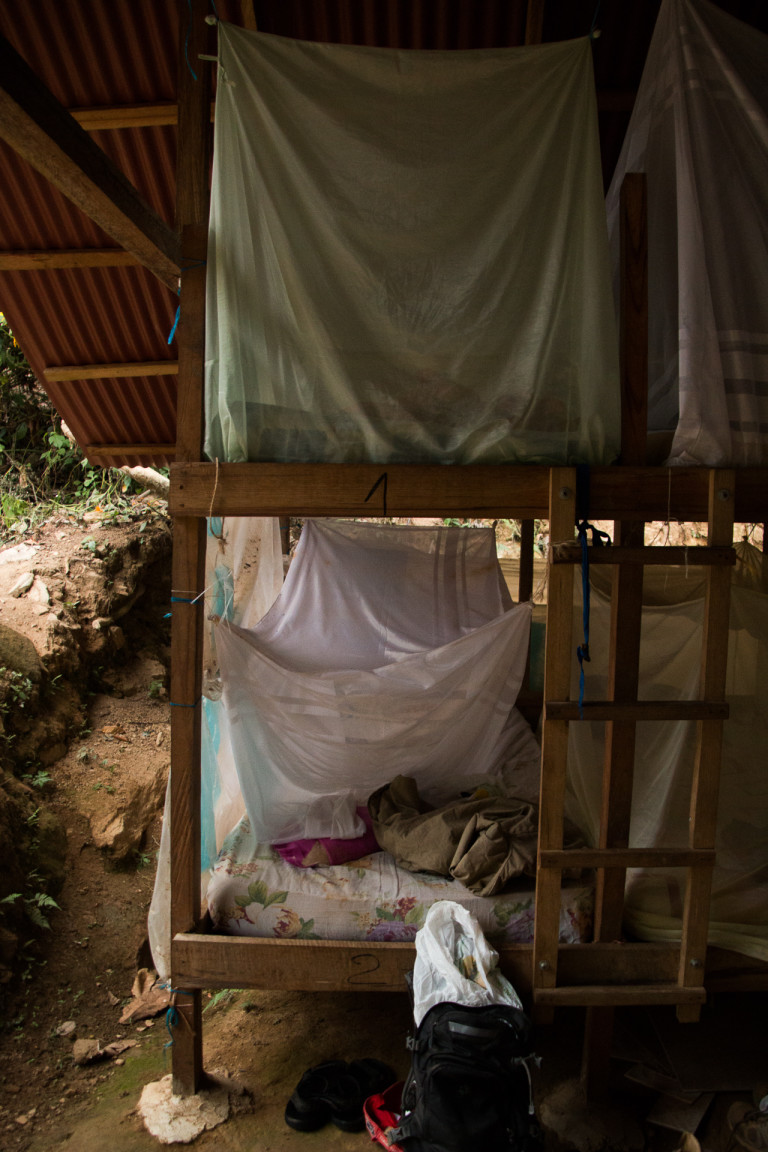
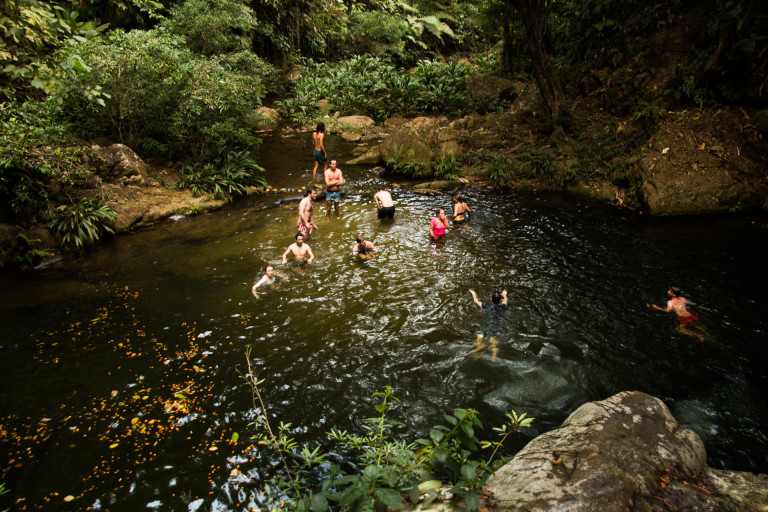
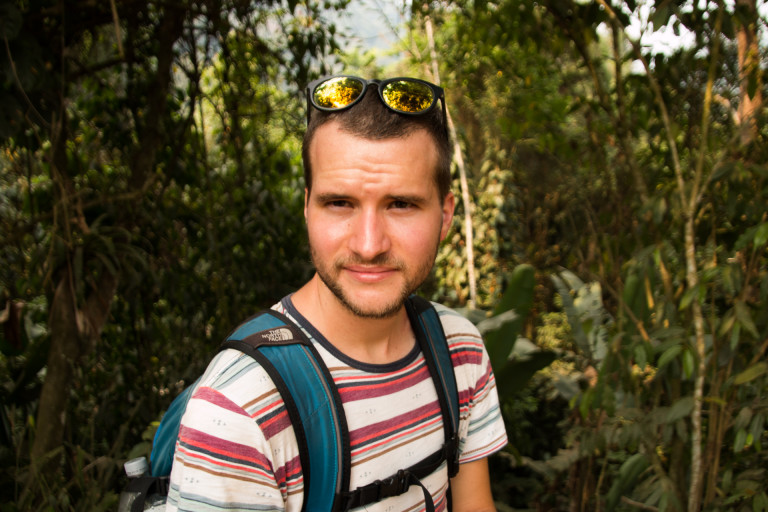
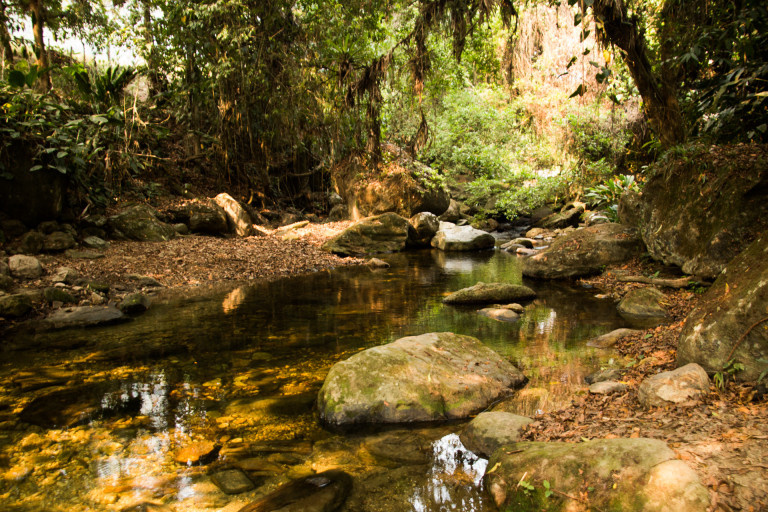
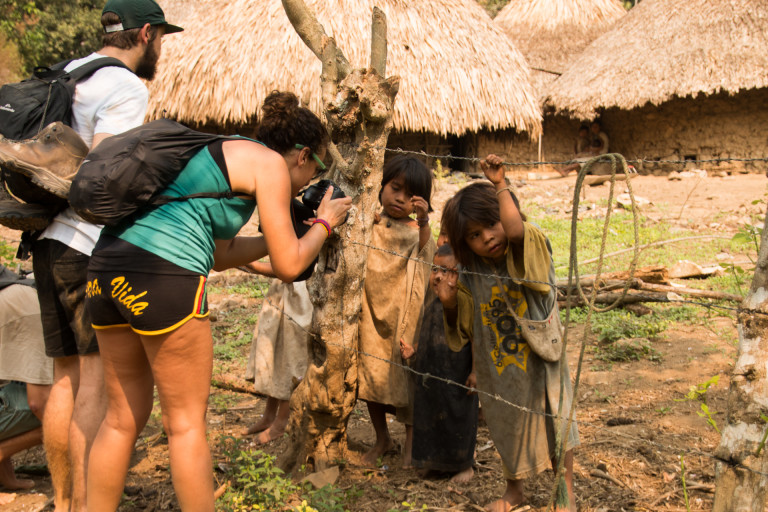
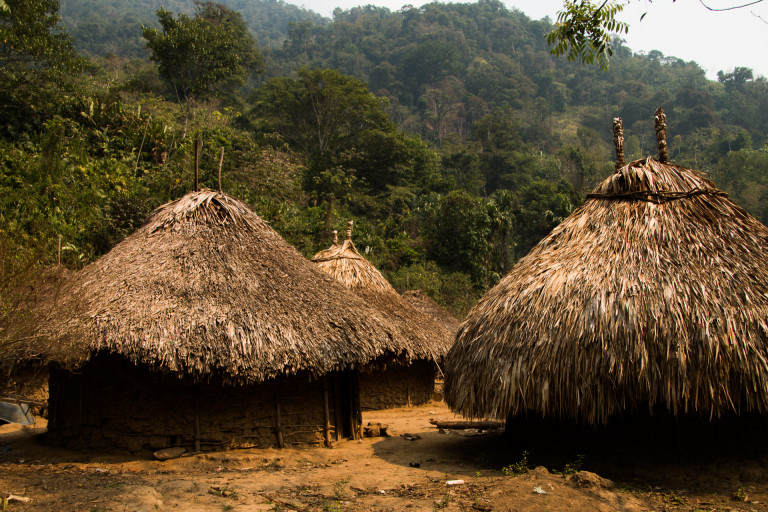
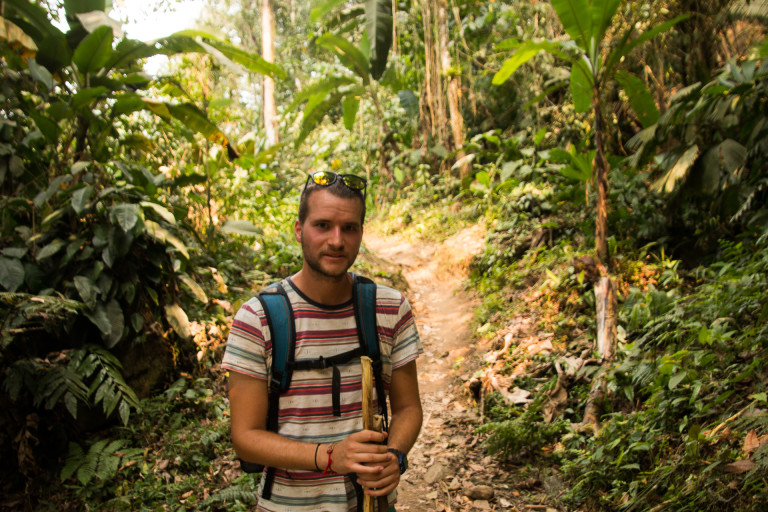
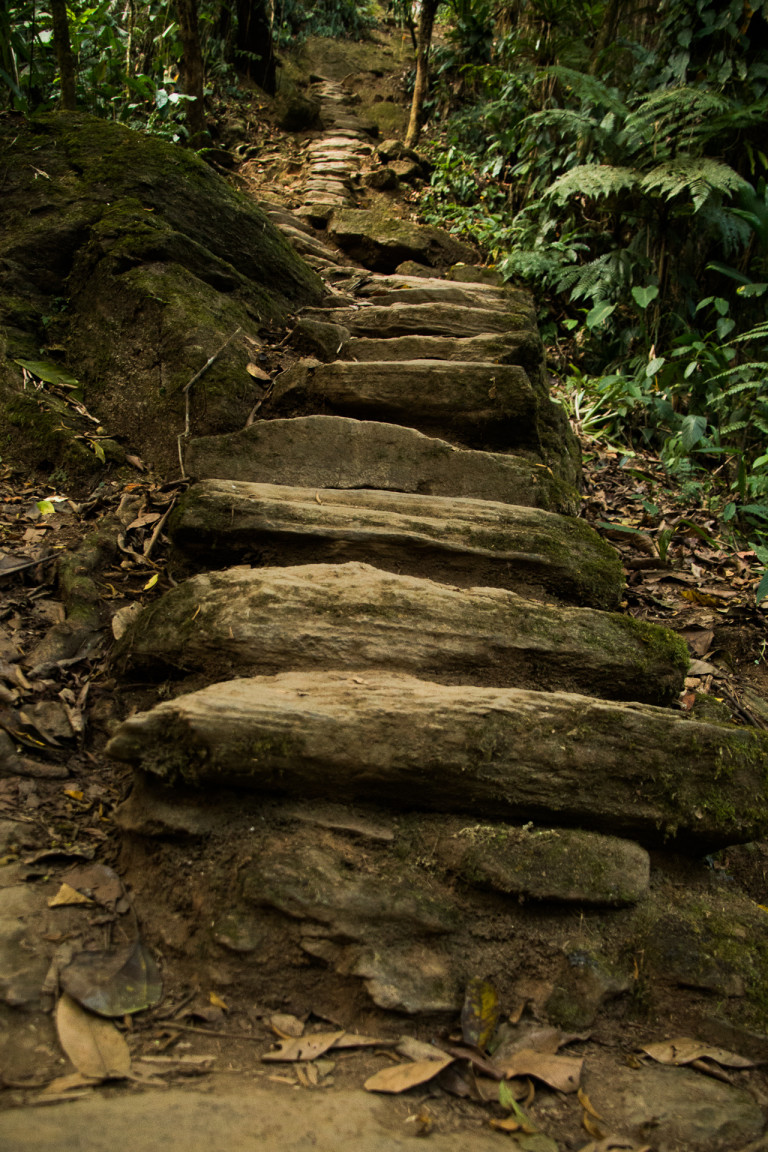
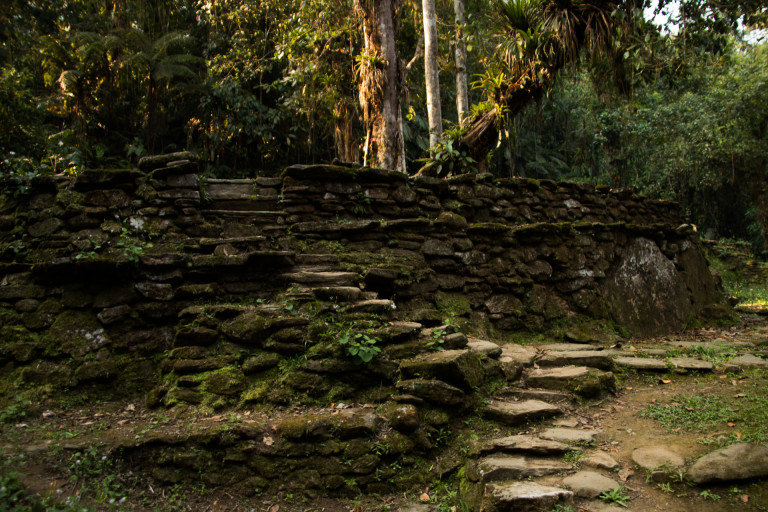
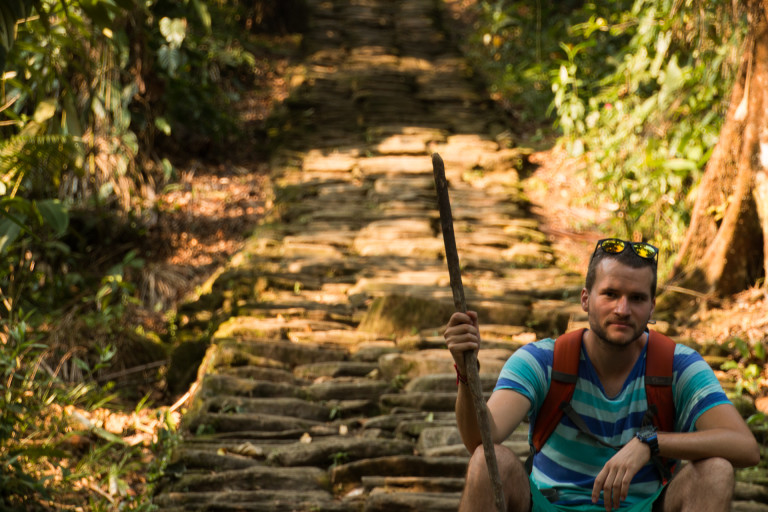
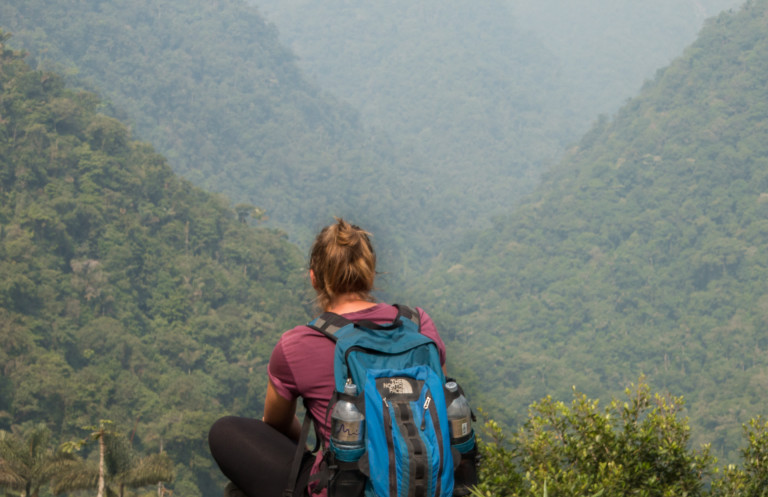
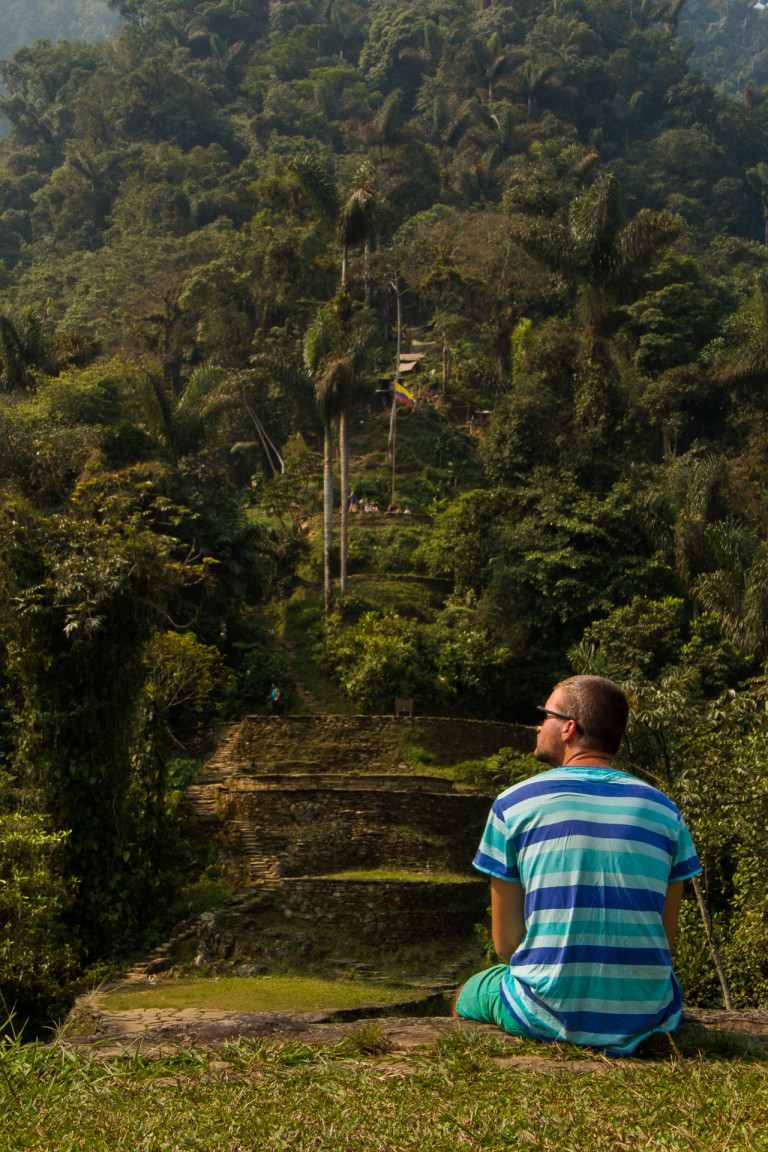
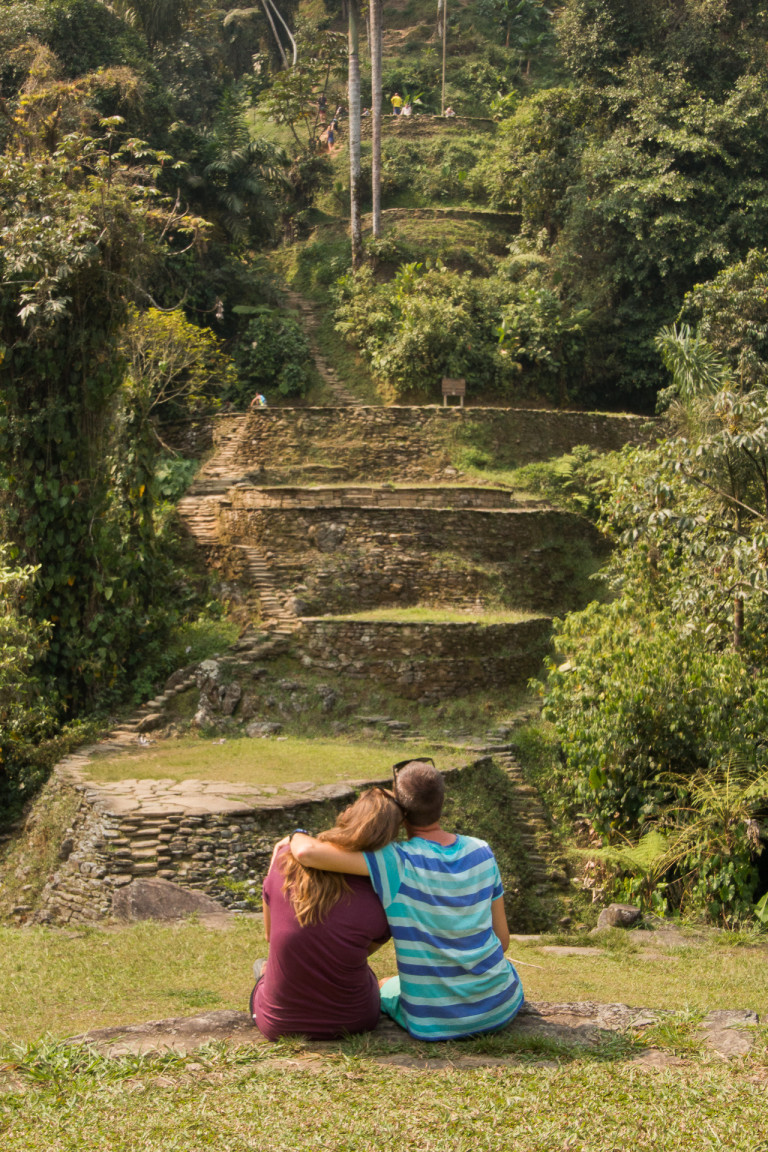
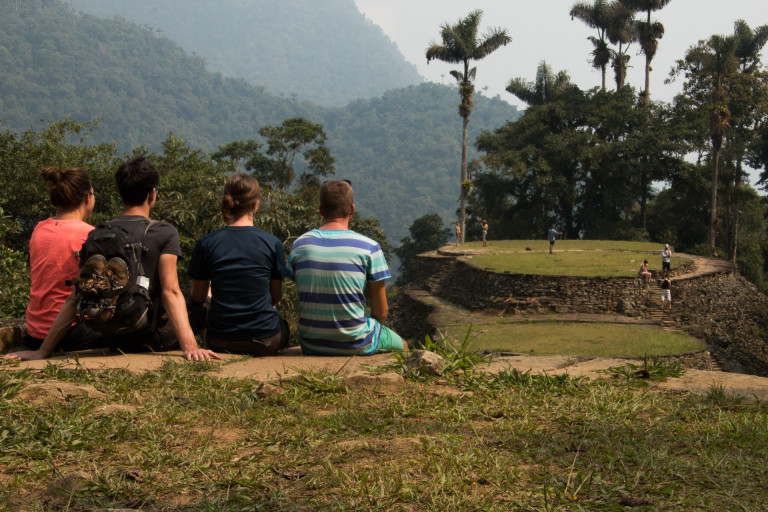
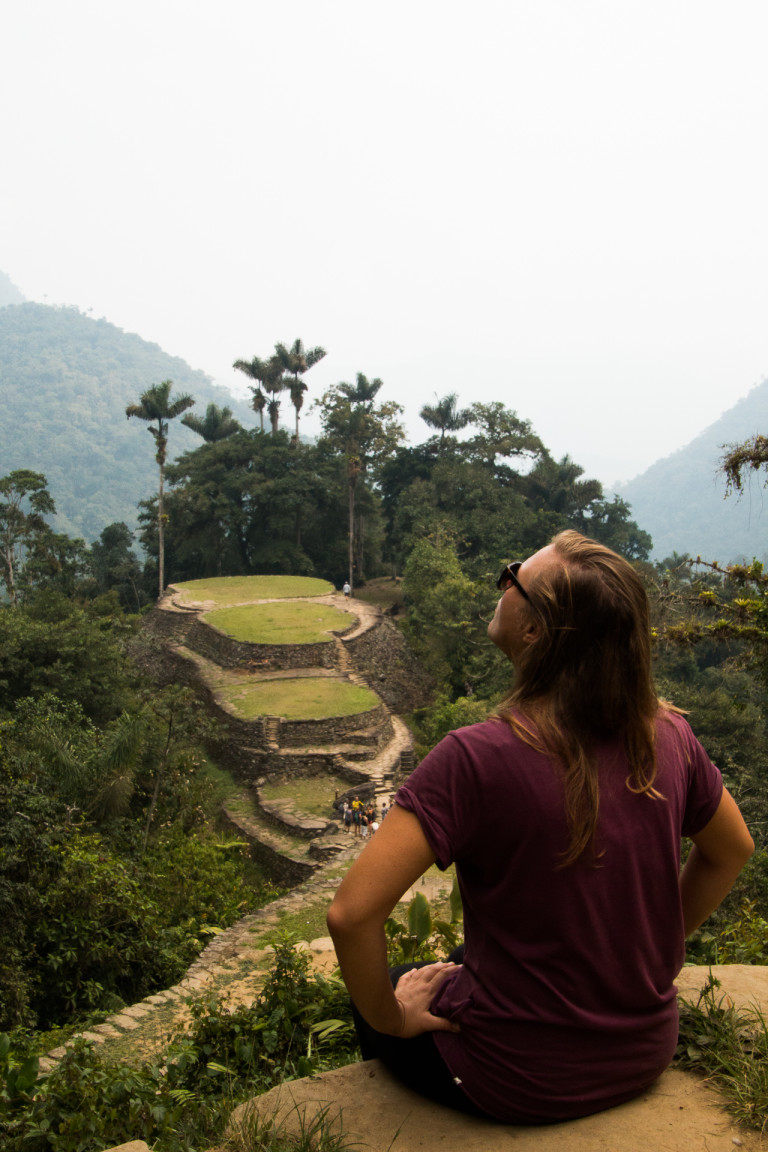
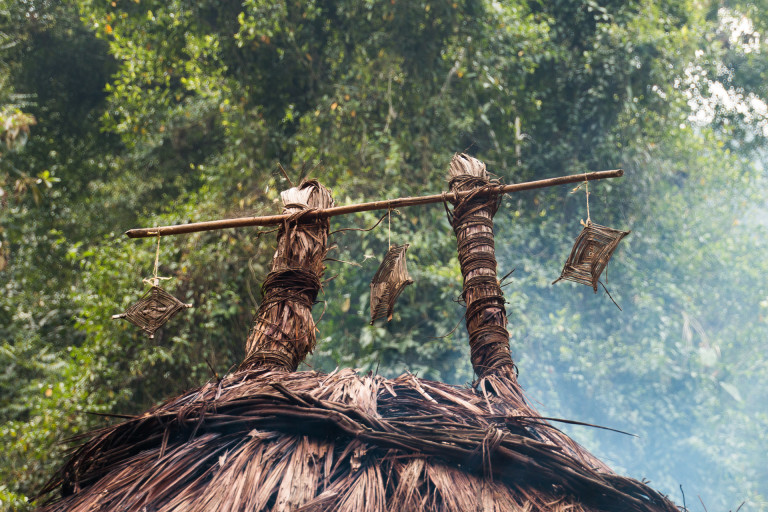
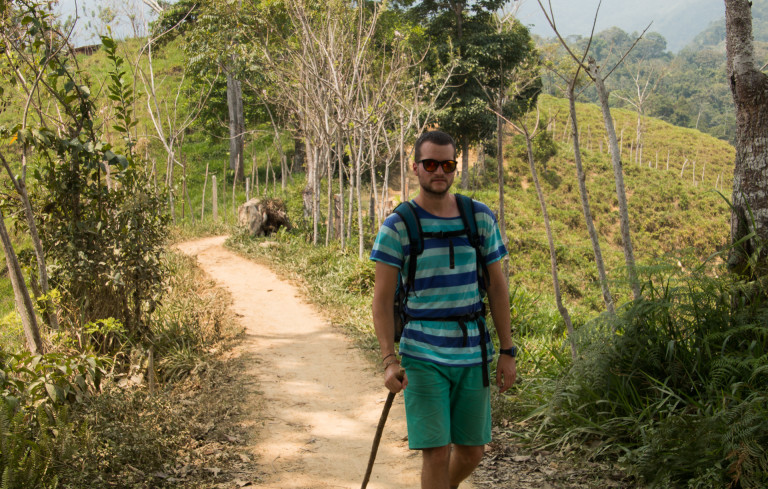

 There were bags with content flying everywhere. Even a special vomit master appeared to take care of the content and make sure new bags were ready so that no other passenger was endangered by the flying liquids. And like that for 4h. All worth it. The island was what I had in mind thinking about paradise. Unbelievable sea, shades of blue, food, architecture and polish vodka on the shelves of the shops (!). Thank god there is even one hostel on the island otherwise we would need to sleep on the beach which could be painful as there are sooooo many crabs walking at night. Actually the island closes their roads twice a year for a crab migration. Basically first they have to close the roads because of black crabs coming from the mountains to lay their eggs and later when the little crabs come out they have to close them again to make sure they can go safely to the mountains.
There were bags with content flying everywhere. Even a special vomit master appeared to take care of the content and make sure new bags were ready so that no other passenger was endangered by the flying liquids. And like that for 4h. All worth it. The island was what I had in mind thinking about paradise. Unbelievable sea, shades of blue, food, architecture and polish vodka on the shelves of the shops (!). Thank god there is even one hostel on the island otherwise we would need to sleep on the beach which could be painful as there are sooooo many crabs walking at night. Actually the island closes their roads twice a year for a crab migration. Basically first they have to close the roads because of black crabs coming from the mountains to lay their eggs and later when the little crabs come out they have to close them again to make sure they can go safely to the mountains.